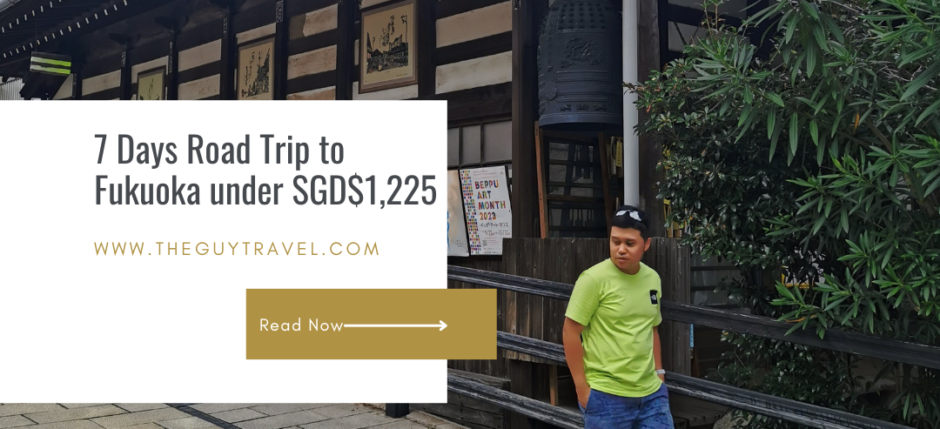
7 Days Road Trip to Fukuoka under SGD$1,225
For most travellers visiting the country known as “The Rising Sun”, the focus is often on exciting cities like Tokyo and Osaka. While there is no denying that these are iconic destinations, the idyllic towns and villages in Japan are also worth exploring. Welcome to Kyushu!
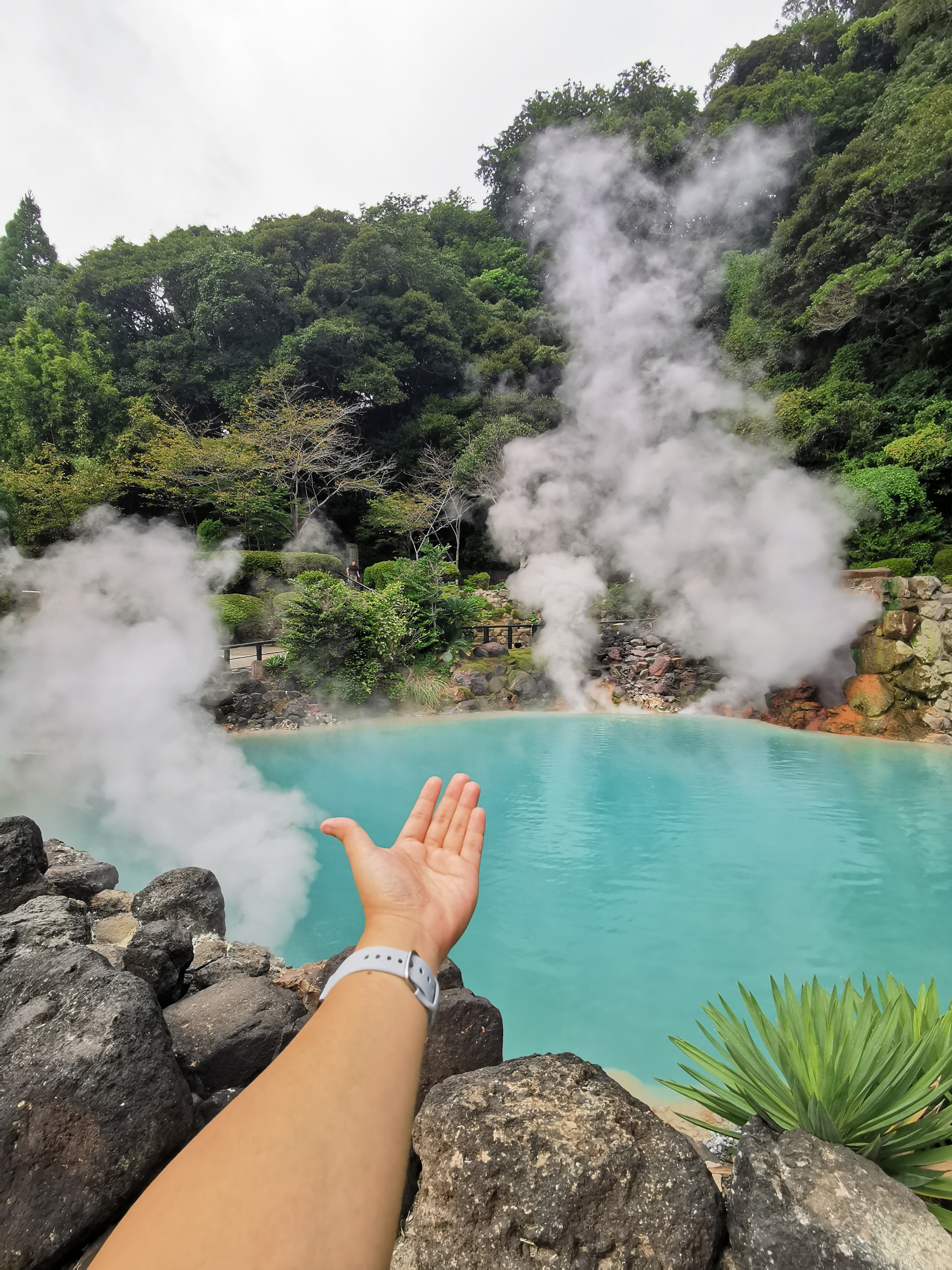
Geographical Location
Kyushu is the southernmost and third largest of the four main islands of Japan. The terrain is generally mountainous with very fertile valleys, coupled with volcanic mountains in the region. The main town on the Island of Kyushu is Fukuoka while visitors also go about visiting the next big town known as Kumamoto. Here is a quick summary of the towns one can visit if you only have 7 days.
Fukuoka – The main city that has international airport, usually the gateway entry to the island of Kyushu. It is also the largest city with loads of museums and shopping malls.
Kumamoto – Located in the central of Kyushu island, it is known for its castle.
Beppu – The hot spring town. Known to Japanese as the birth place of hot springs, it is not surprising that one can find more hot springs here than anywhere else in Japan.
Kitakyushu – Kyushu’s main port town with buildings that portray a classic European feel due to its history and importance of trading hub.
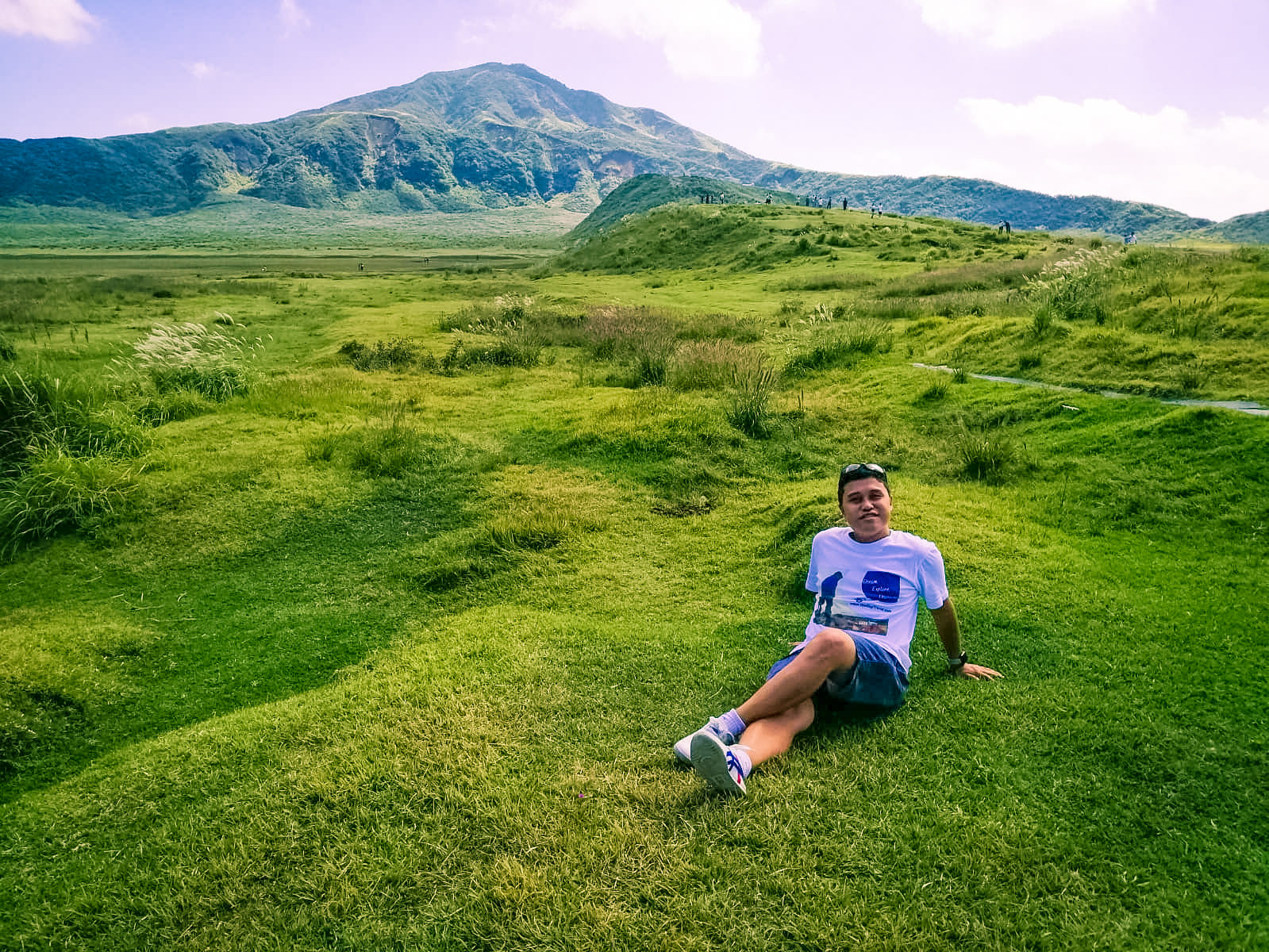
Blessed with subtropical climate, rolling mountains and seaside cliffs, the natural beauty of Kyushu is breath-taking. The reason why I intend to visit Kyushu was that I was invited by Japan Tourism Board to visit the country when it first open up after the Covid era back in Year 2022. The tour guide who lead the group back then was sharing that in fact the best way to experience the authentic side of Japan and embrace the culture, away from the touristy spots is to visit Kyushu. After a year back, having experienced it myself in person, I would definitely say this is absolutely spot on! If you love nature, peace and treasure tranquillity, then look no further than Kyushu island.
Budget
I had spent a total of $1,225 on this 7 days trip , including return flight tickets between Singapore and Fukuoka. This is a breakdown of the spending:
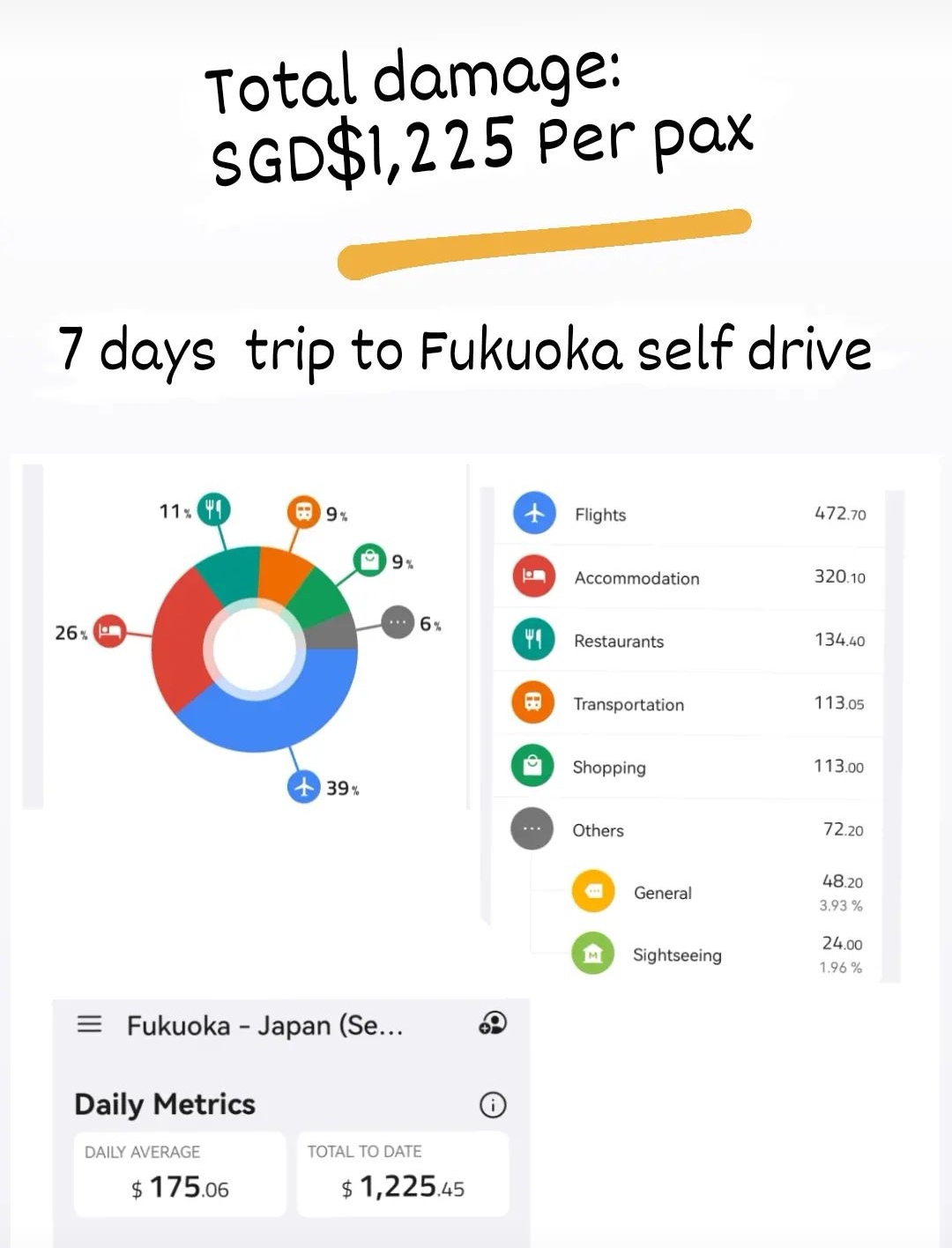
Getting Around
As we all know, it can be pretty easy to get around Japan with the usual train rides. However, very often the best way to view and enjoy the scenery that this island provides, it is through a road trip. Simply rent a car from the many car rental companies in Japan. Before doing that, if your driving license is in English, it mean one need to convert into an International Driving Permit. In my case, being a Singaporean, Automobile Association of Singapore (AA) is the authorised organisation to issue International Driving Permit. Simply fork out Singapore Dollars of $20 and one will be able to obtain such document, valid for 1 year.
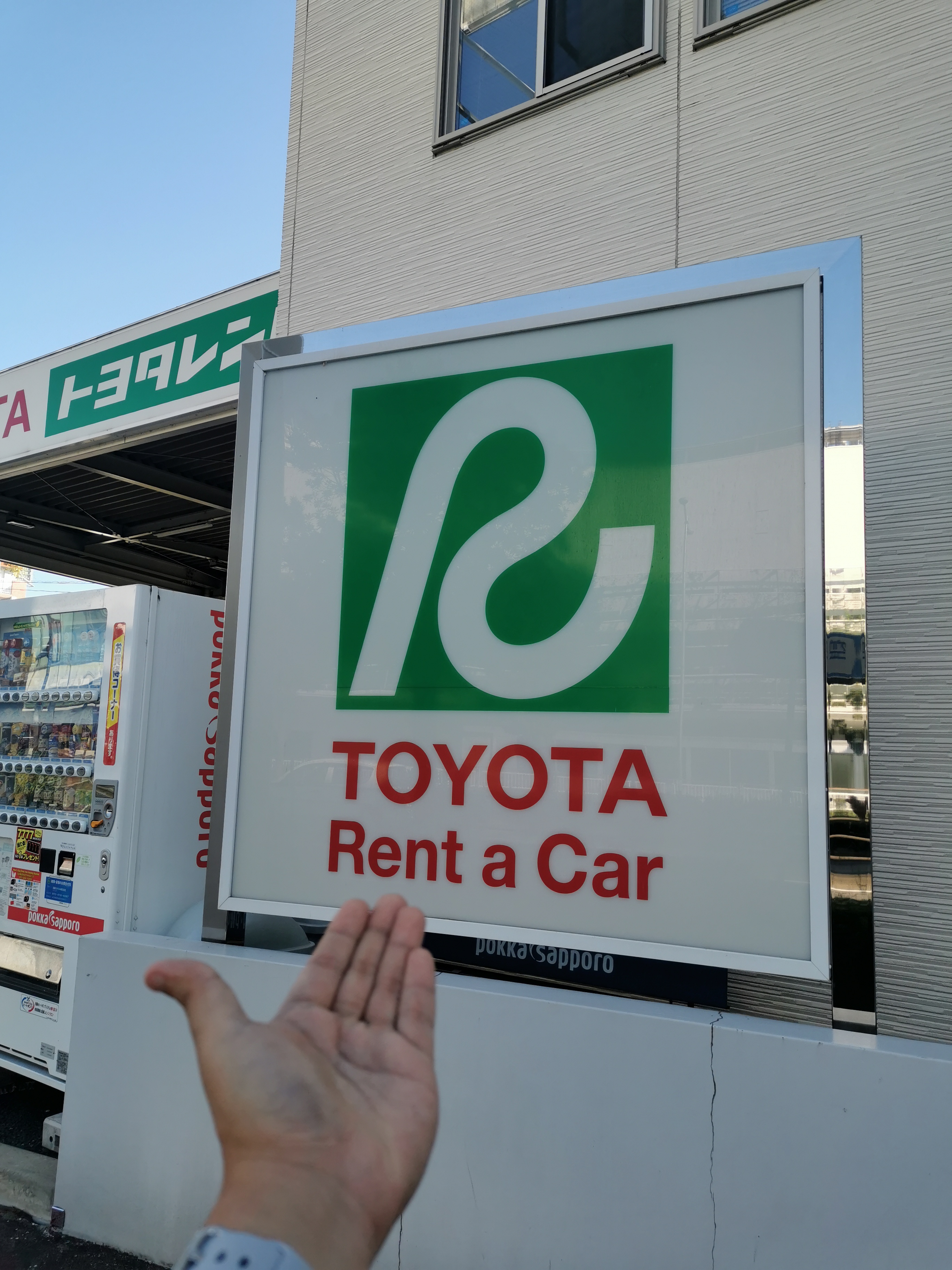
Japan’s leading car rental companies are Toyota Rentacar, Nippon Rentacar, Orix Rentacar, Times Car Rental (formerly known as Mazda Rentacar), Nissan Rentacar and Ekiren. In general, it costs 10,000 yen for mid sized cars & around 15,000 yen for premium cars.
If you are collecting car from Fukuoka Airport, do keep in mind to head to Domestic Terminal. Most car rental companies are located there for you to collect your car. Moving from the International Terminal to the Domestic Terminal requires one to take the free Shuttle Bus to the Domestic Terminal. Bus departs from the 1F bus stop International Terminal Building. Journey time from the Domestic Terminal Building to the Domestic Terminal Building / North Bus Sop is approximately 15 minutes.
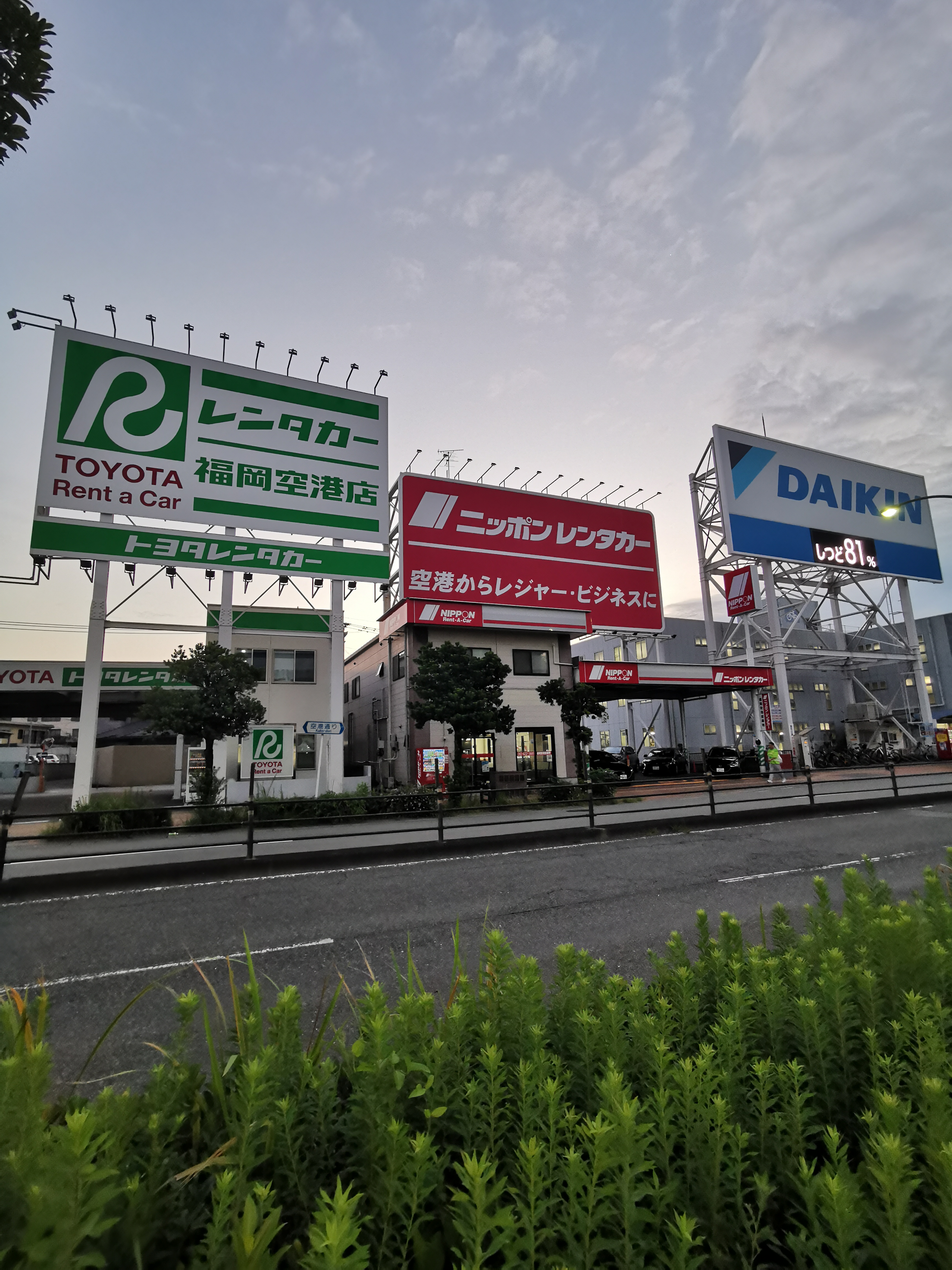
During the course of my car collection, they would required to see this permit. One thing good about renting cars in Japan upon to my realization, many car rental companies do not charge extra for additional driver. In addition, they do not charge extra if you return it in different locations where you pick it up. This translate into more cost savings and convenience! You can easily rent the car from airport upon landing and return it in the city.
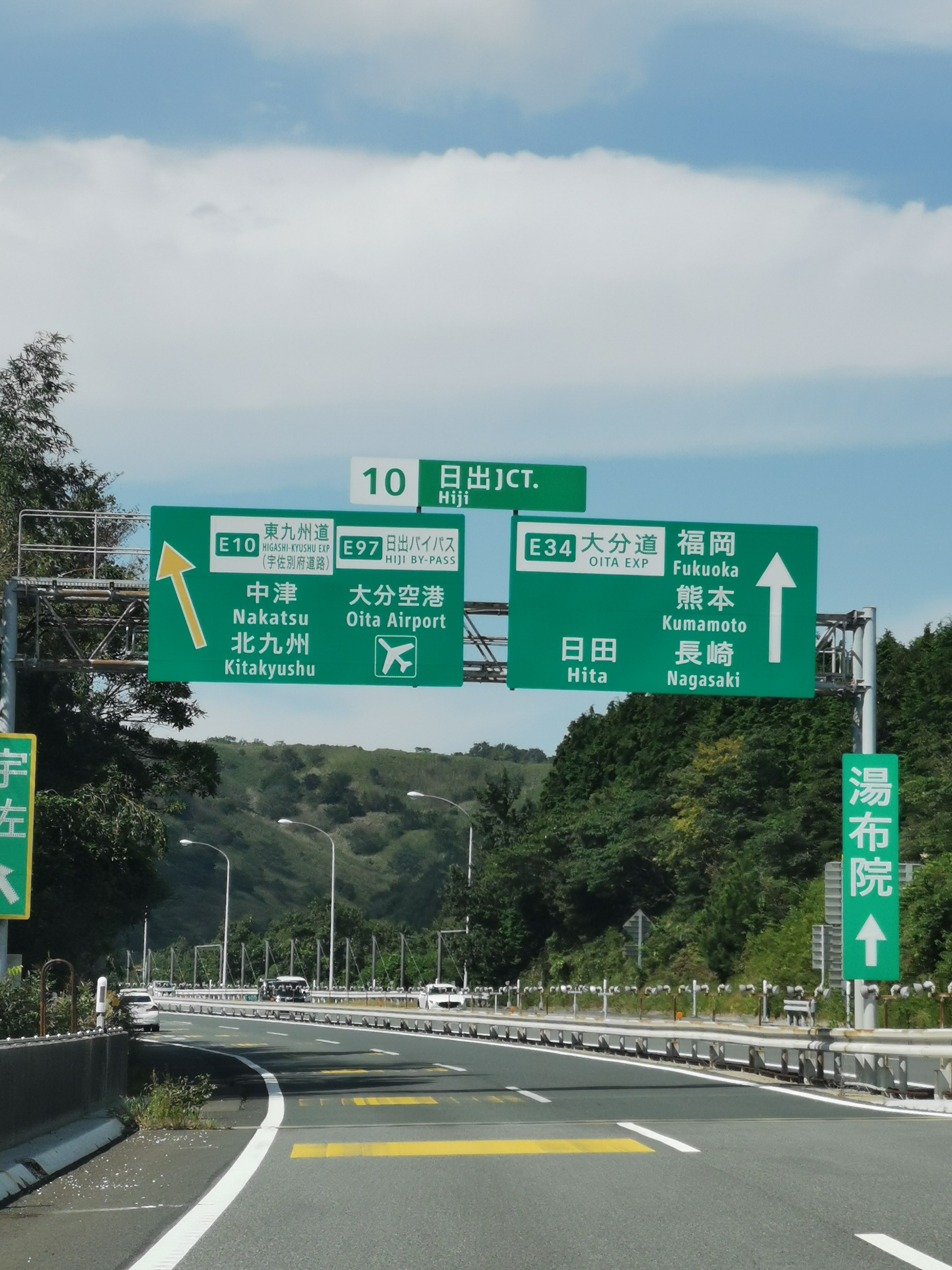
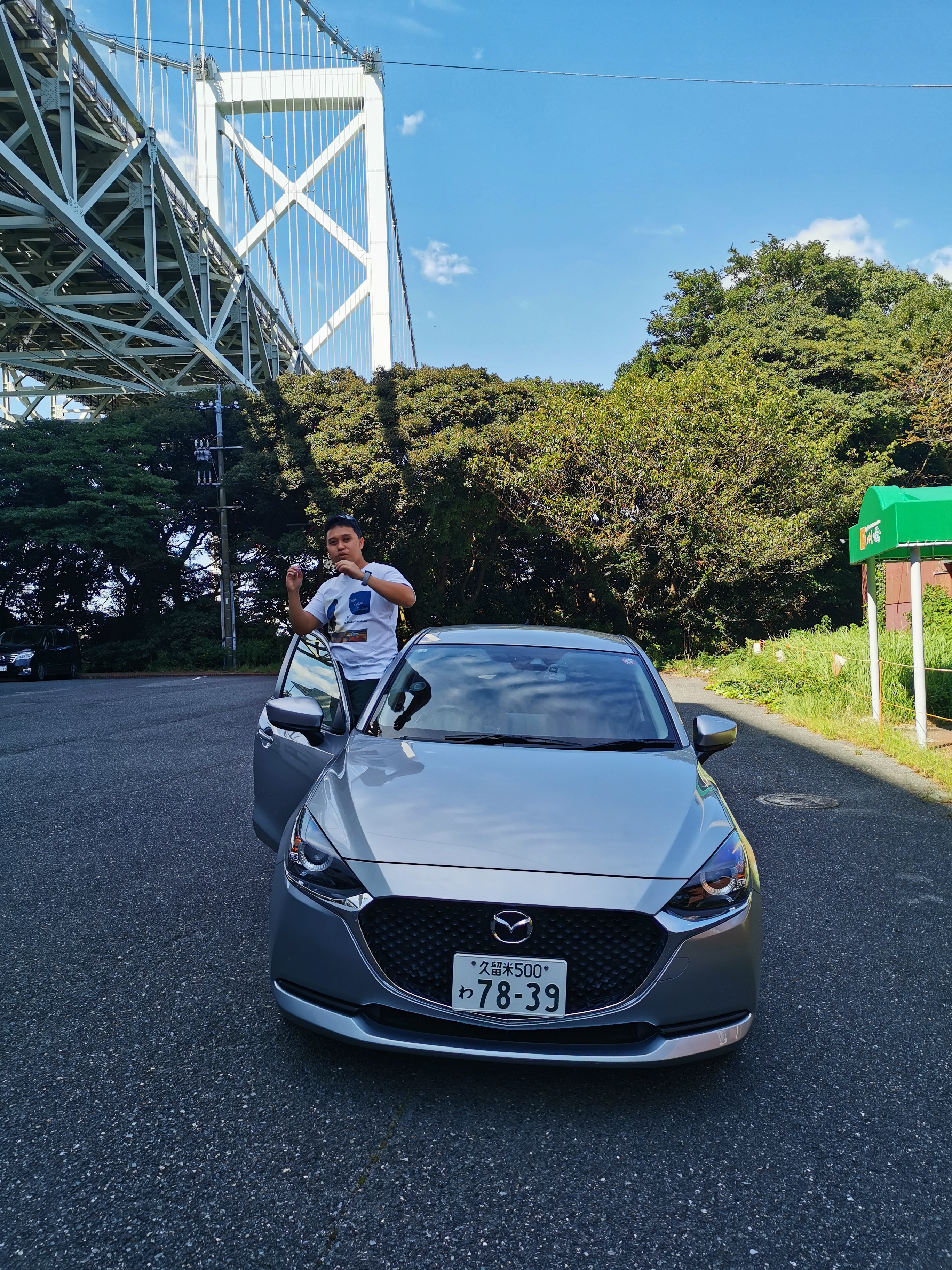
Must-go Attractions
#1: Fukuoka : Also known as the birthplace of Ichiran ramen chain, it is a must to savour the ramen in this city.
Canal City Hakata : A huge shopping, dining and entertainment complex. Try out <Ramen stadium> at Canal City. Ramen Stadium on the fifth level showcases eight ramen restaurants, each has its own specialty.
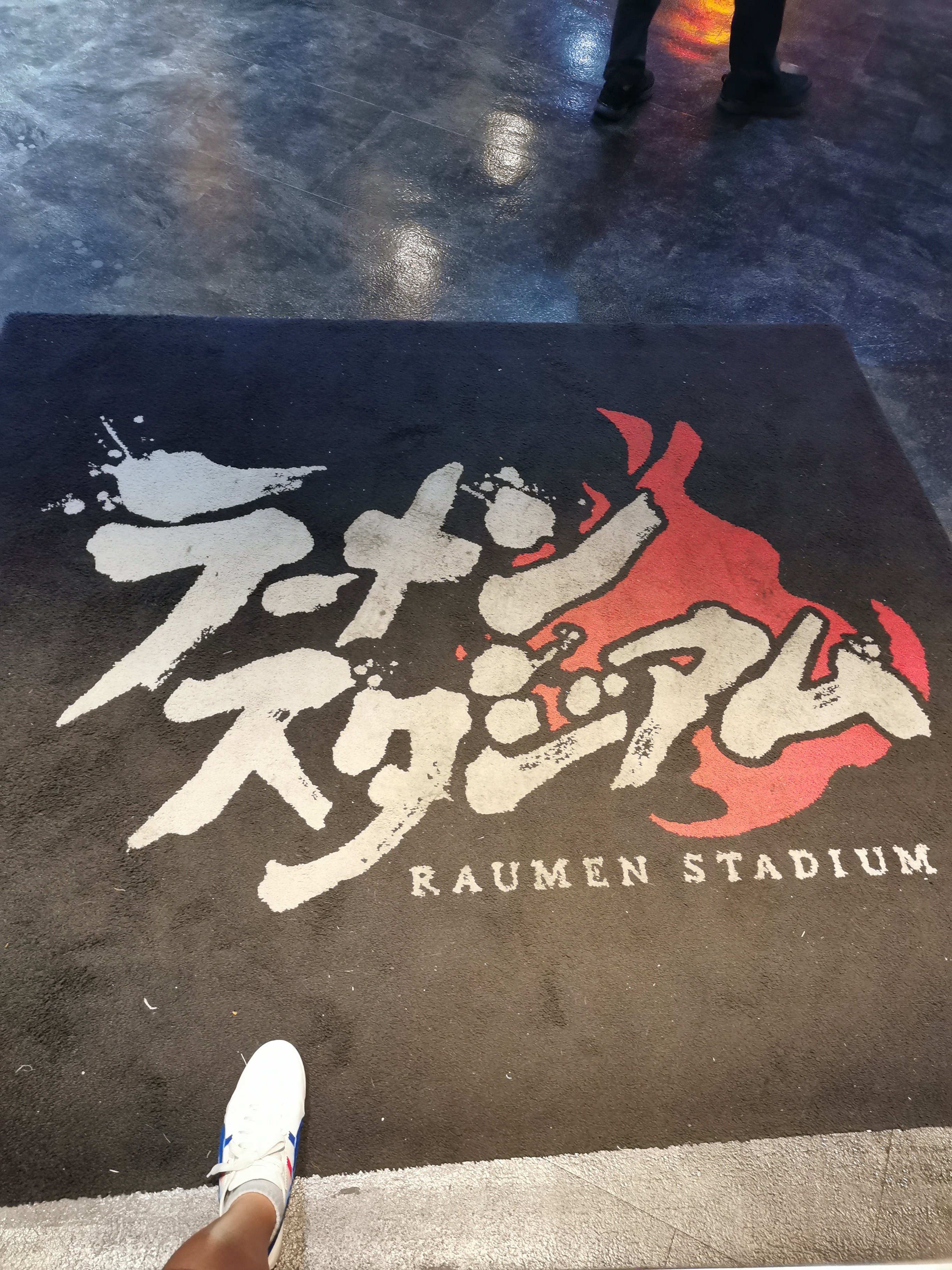
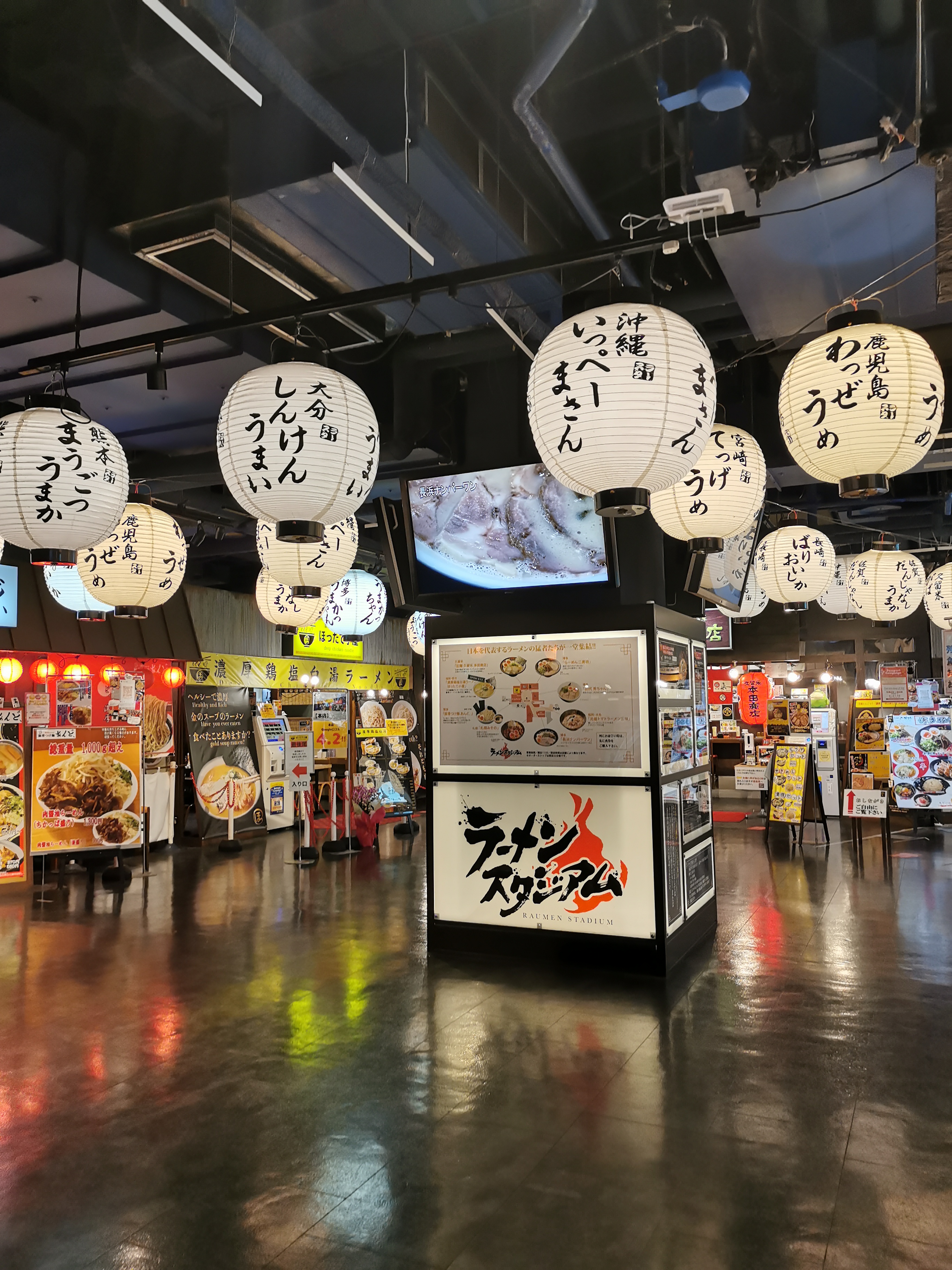
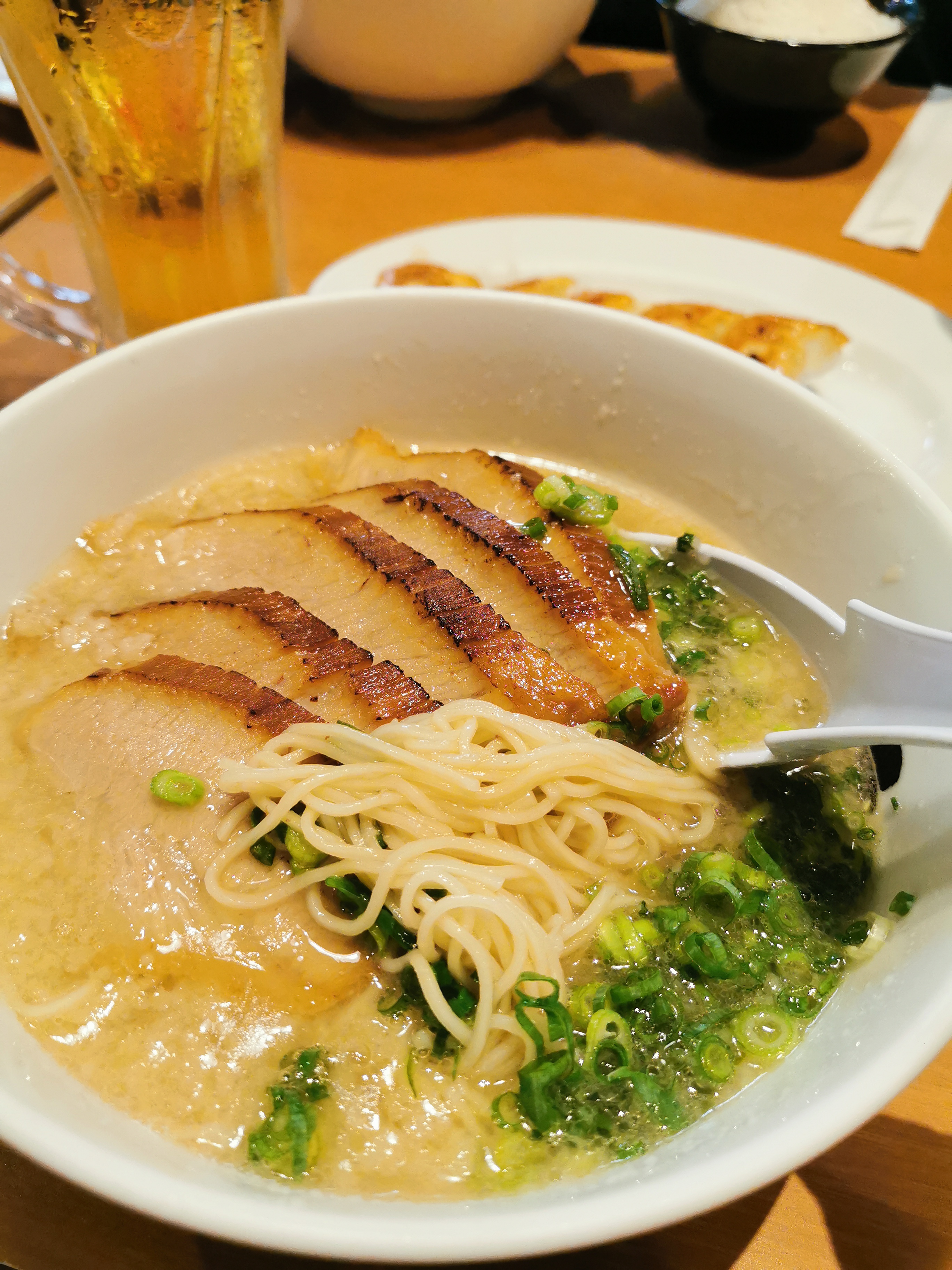
At the Canal City shopping centre, there are also free musical fountain show that dances along with the music. It happens throughout the day with specific time slot, almost every hour depending the time of the day.
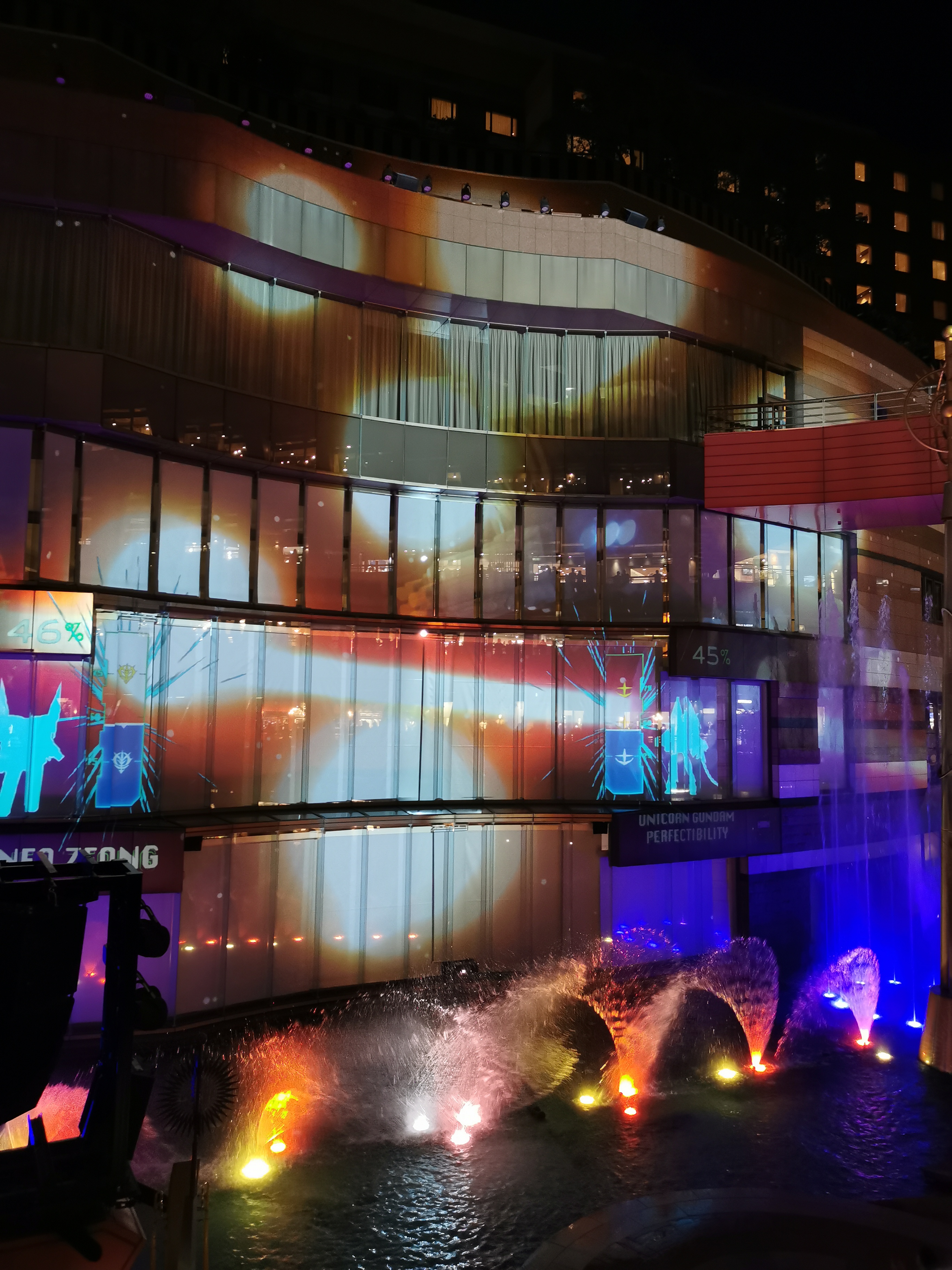
Not far from Canal City Shopping centre, there is the stretch along the river in central Fukuoka. The place is lined up with street food or what it more popularly known Yatai Food Stalls. Recommended to wander in the area to enjoy the vibe.
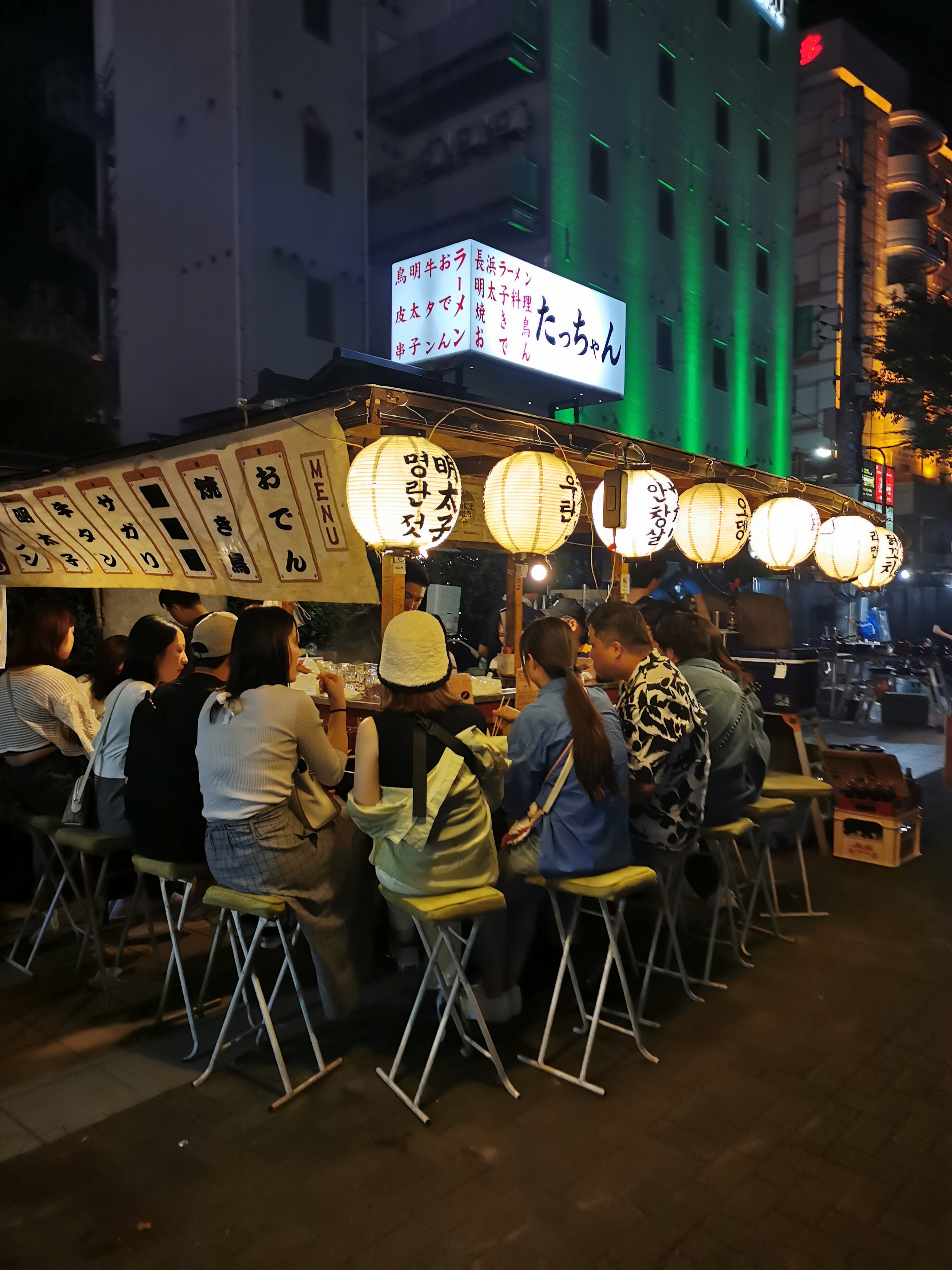 Tenjin: Downtown area where it is filled with shopping malls. Just like any typical big cities in Japan, Tenjin underground shopping mall actually connects Tenjin Subway Station with Tenjin Minami Subway Station forming rows of shopping outlets offering wide selection of food choices.
Tenjin: Downtown area where it is filled with shopping malls. Just like any typical big cities in Japan, Tenjin underground shopping mall actually connects Tenjin Subway Station with Tenjin Minami Subway Station forming rows of shopping outlets offering wide selection of food choices.
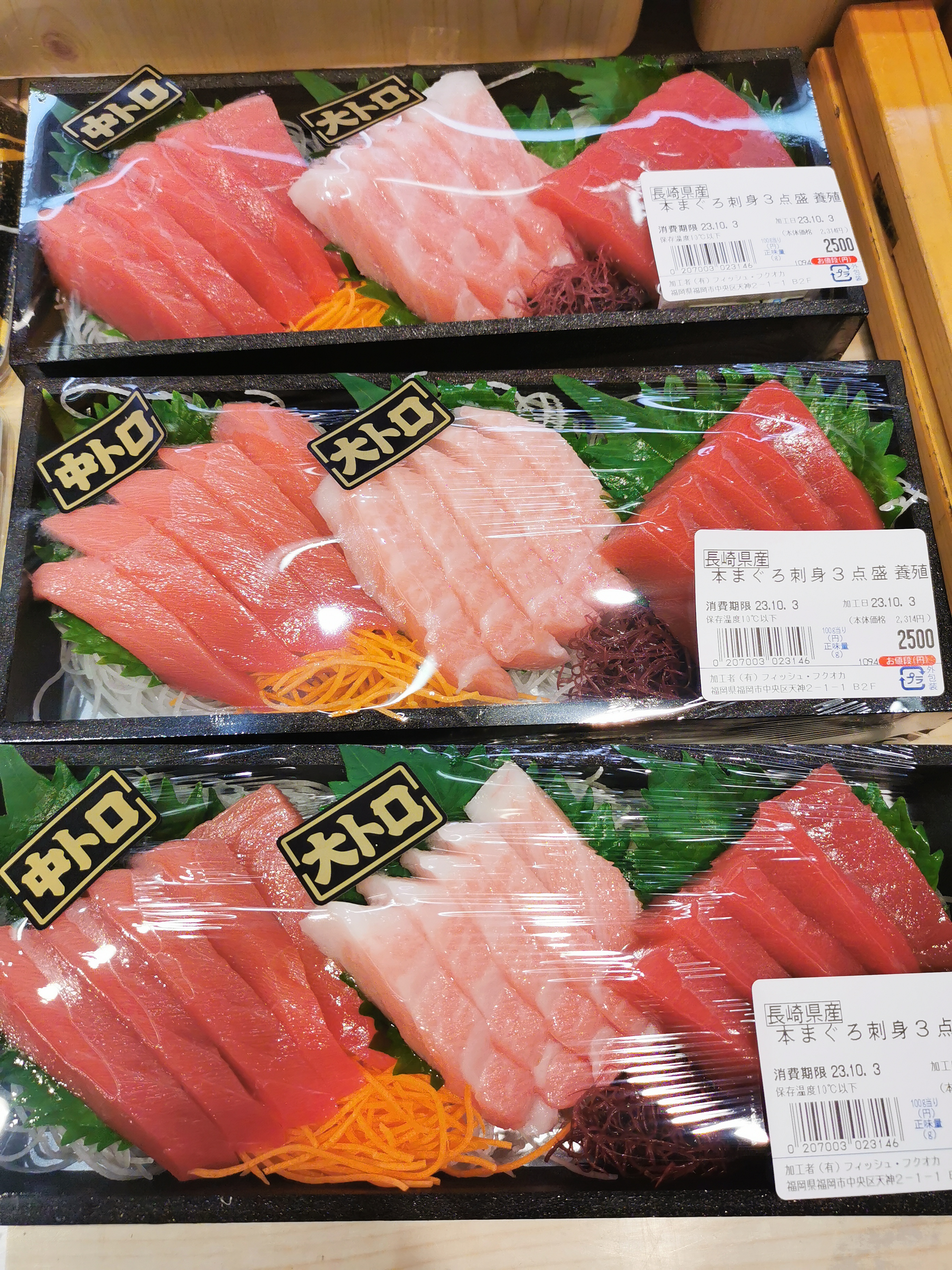
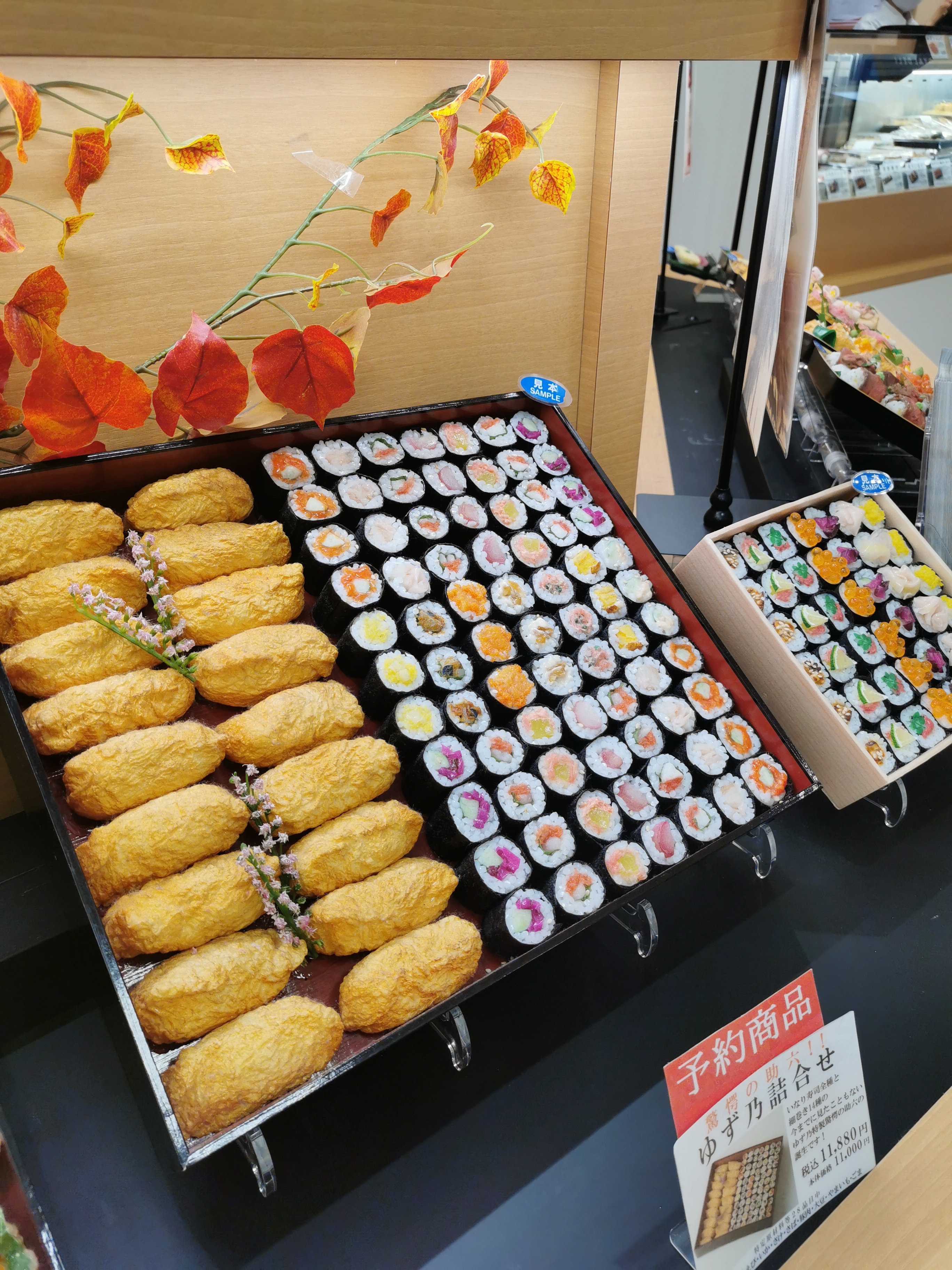
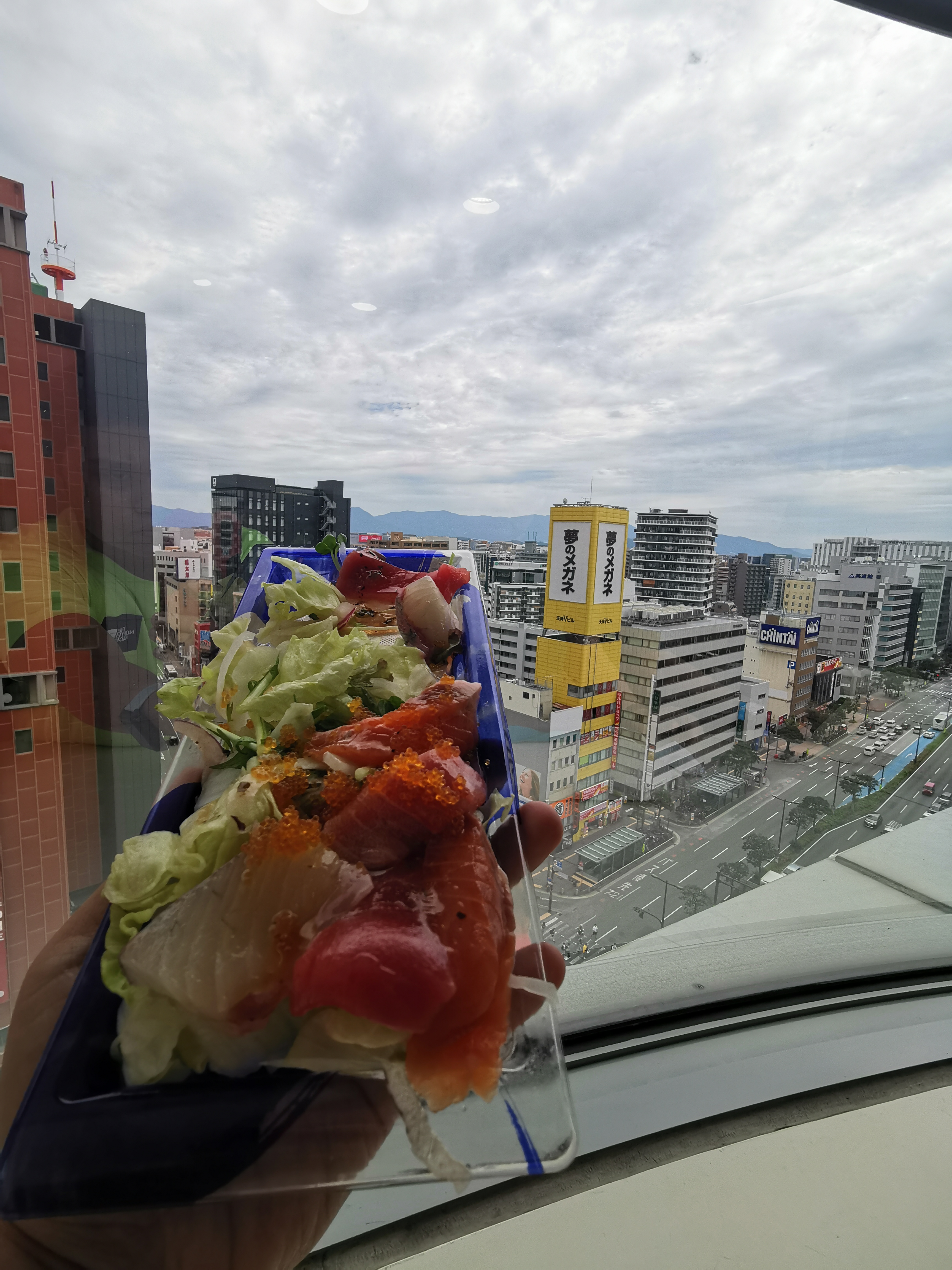
Tochoji Temple: Located near to downtown, the temple houses the largest seated wooden image of Buddha in Japan, standing at 10.8 meters tall.
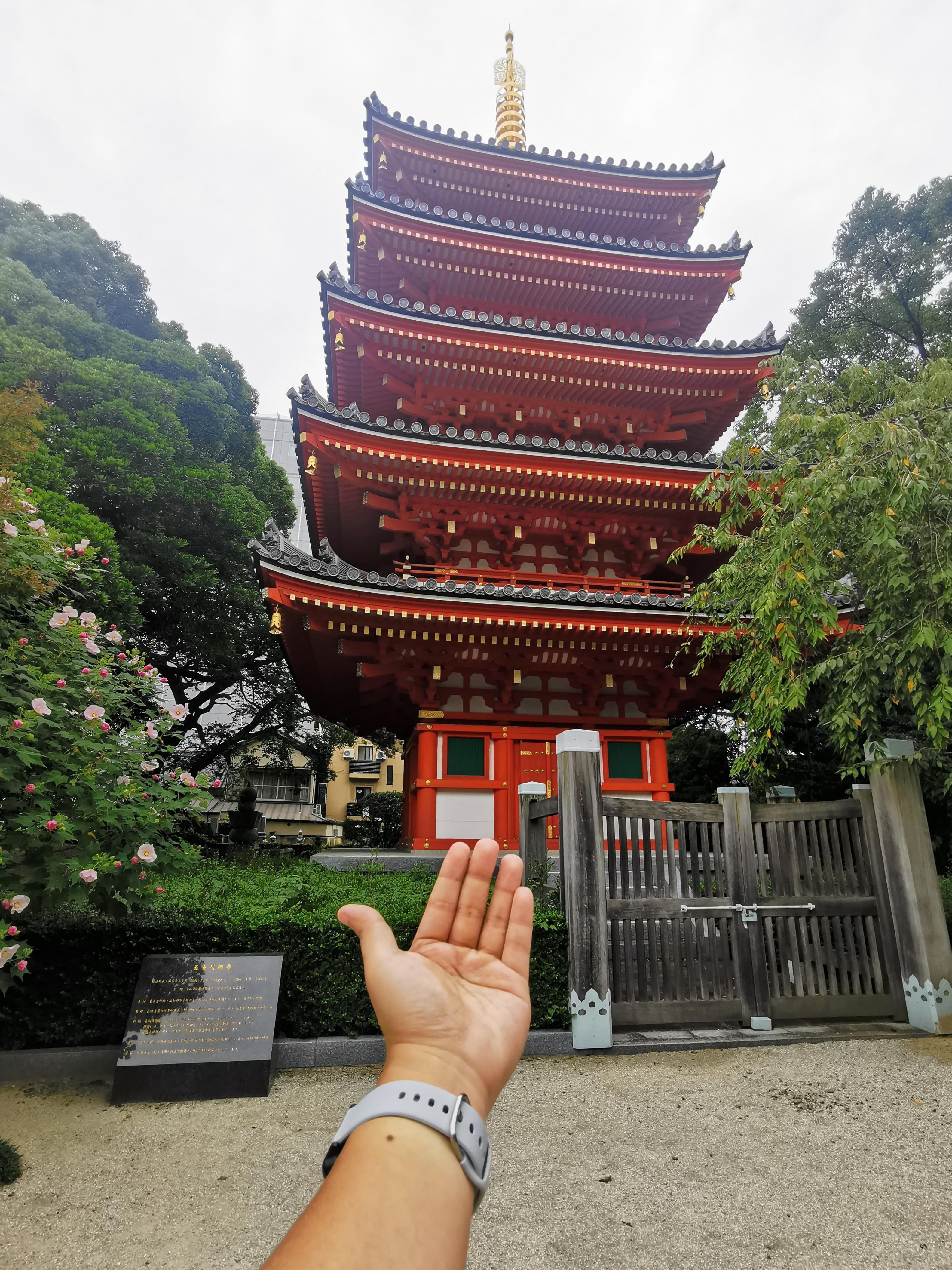
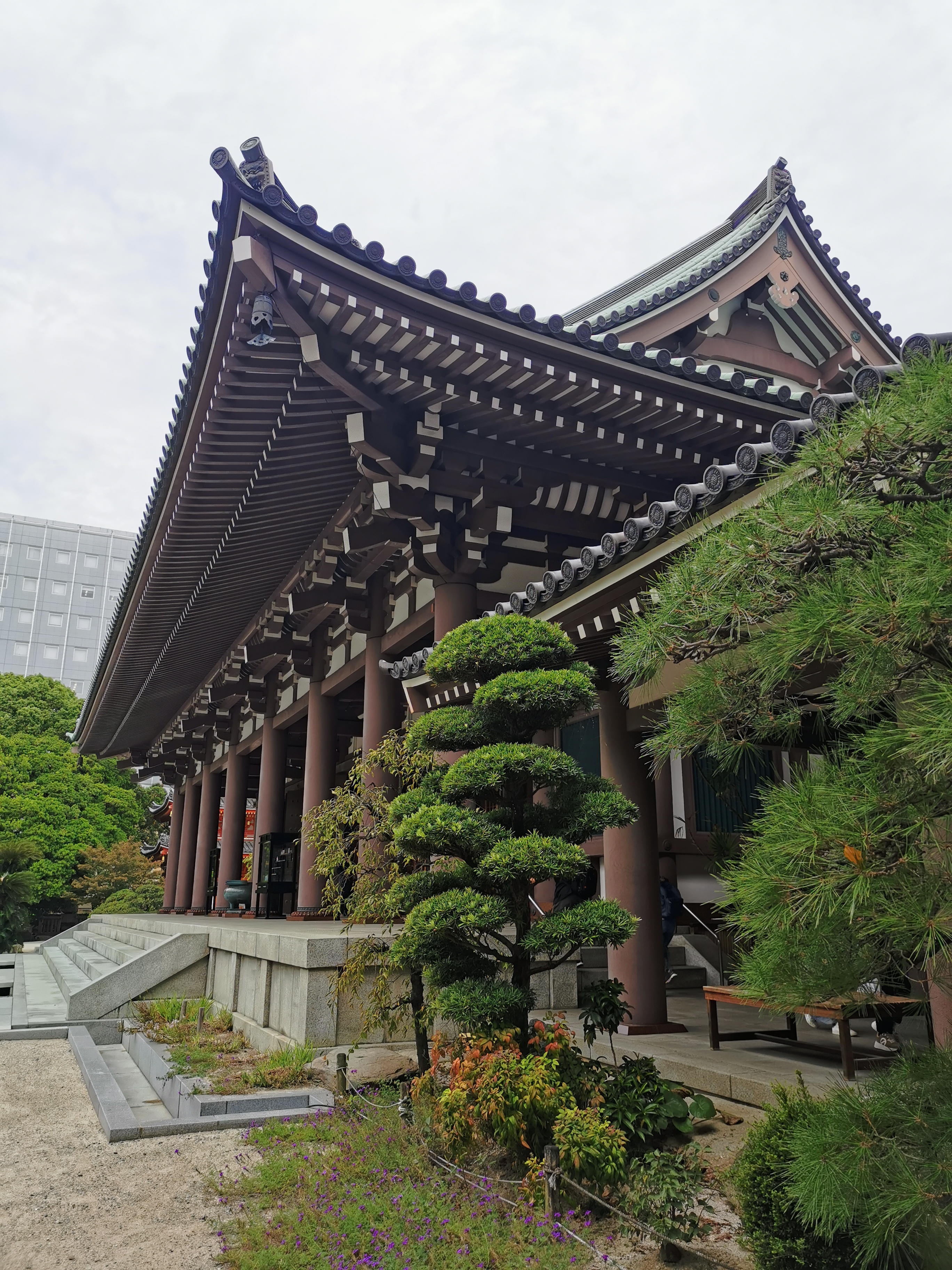
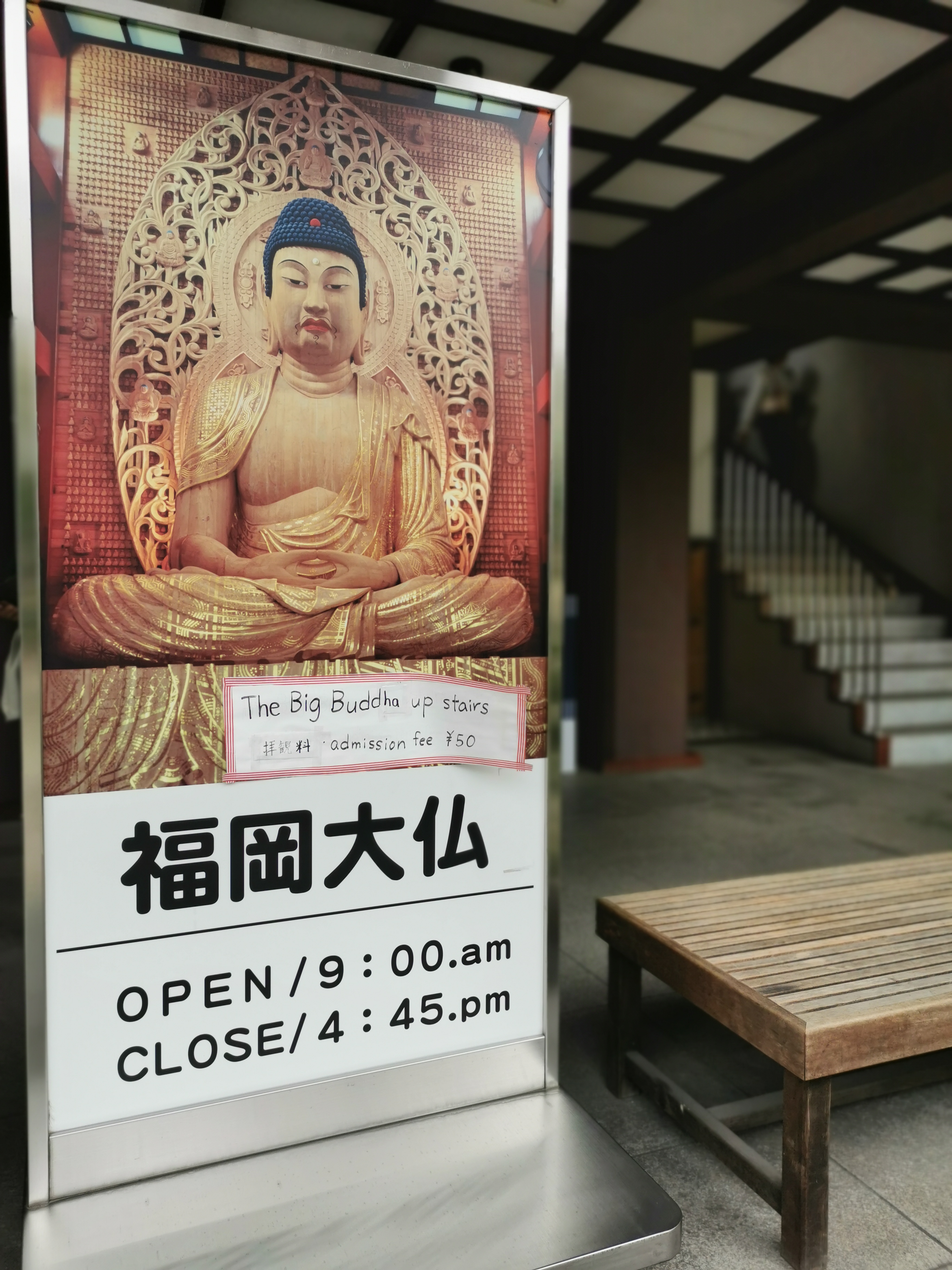
Ichiran Main Store: Tonkotsu (pork bone) Ramen is a style now loved around the world. Every ramen lover will definitely want to do a pilgrimage visit to Ichiran main store in Fukuoka. Experience the joy of eating ramen alone in a cubicle. Be warned, the queue at this main store outlet can takes up to 1 hour and beyond. Travel tip: Go during non lunch/dinner hour like around 3pm in the afternoon. Even then, I had to wait in the queue for 40 minutes, but it is all worth it!
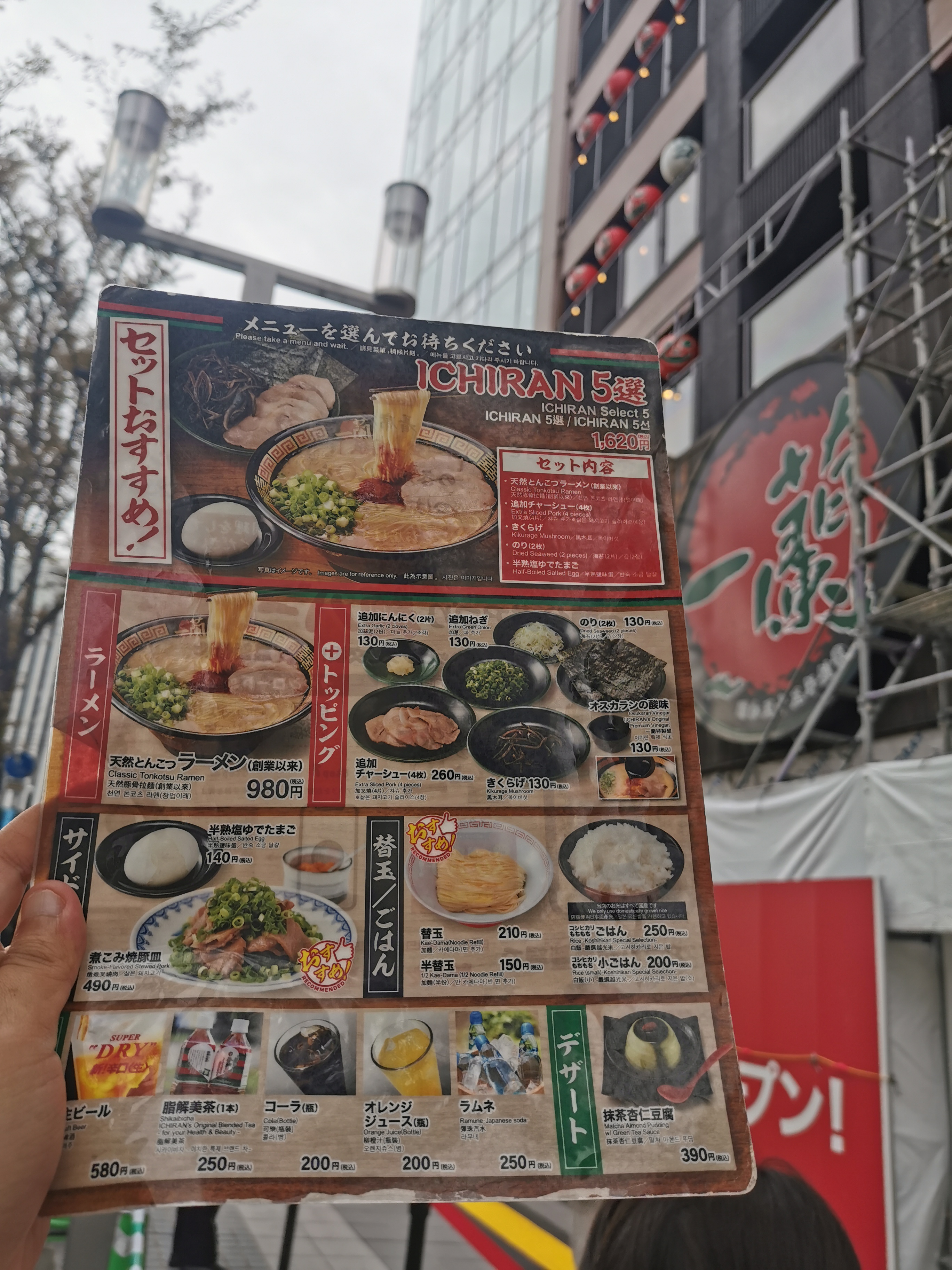
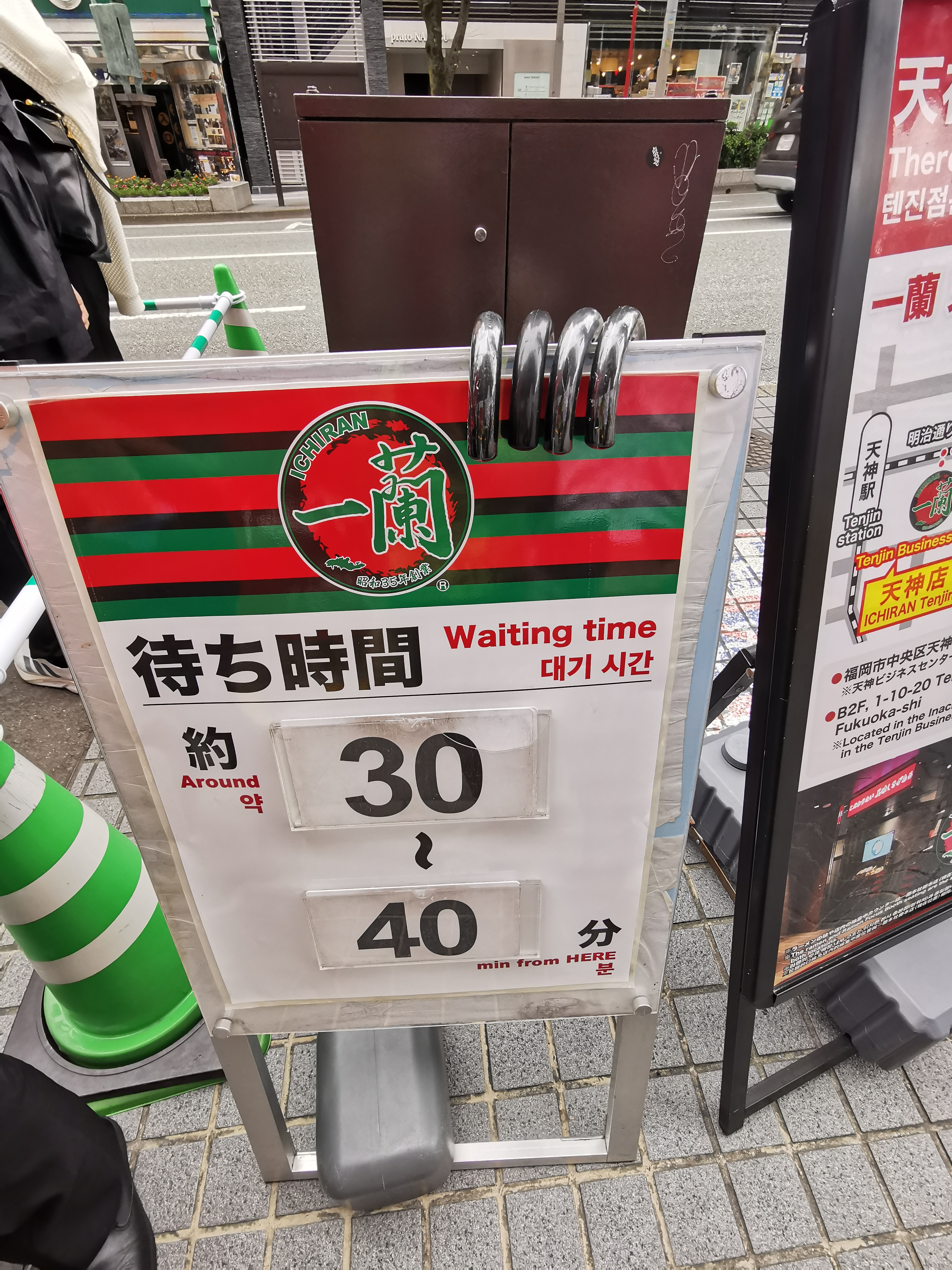
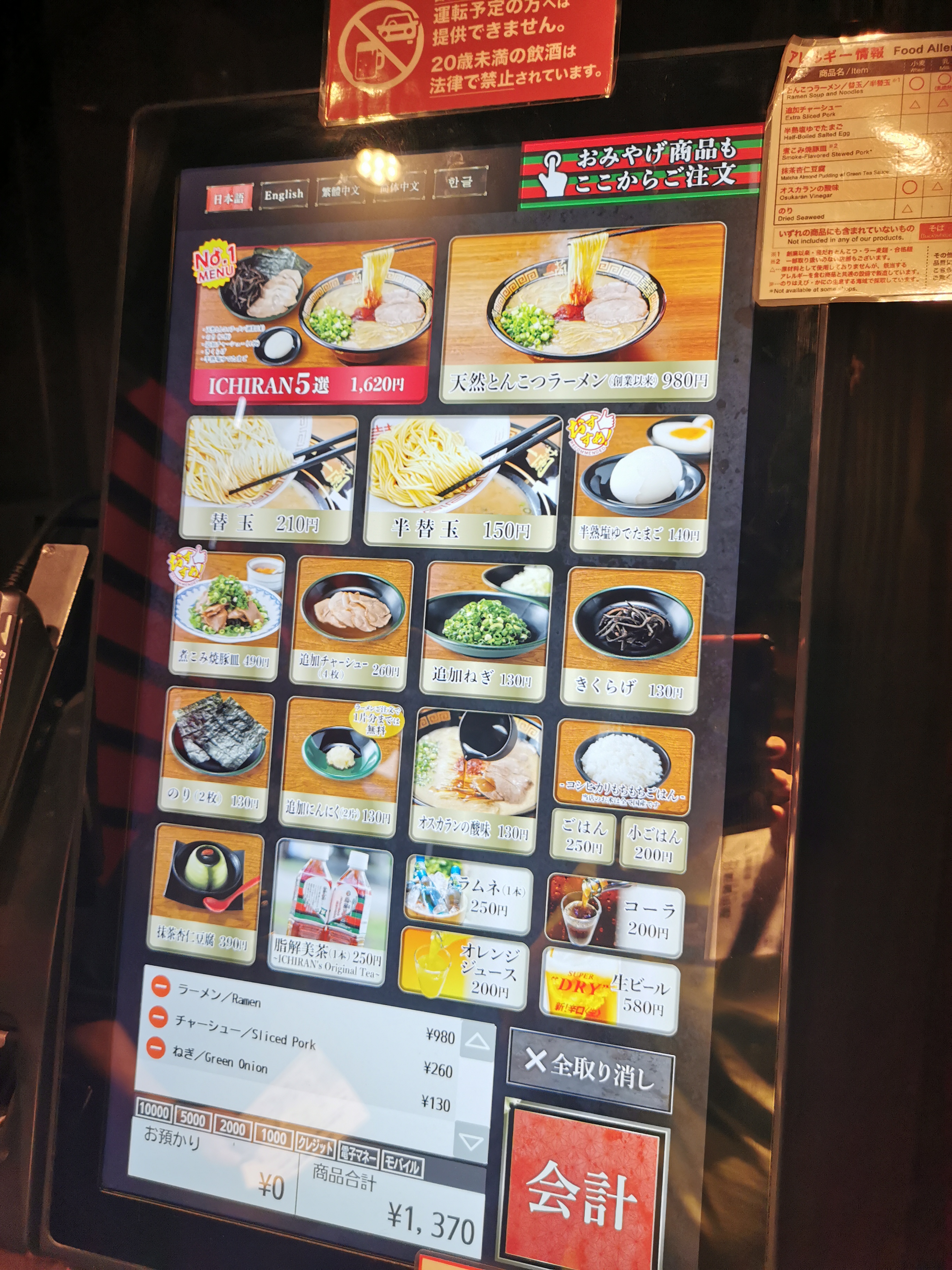
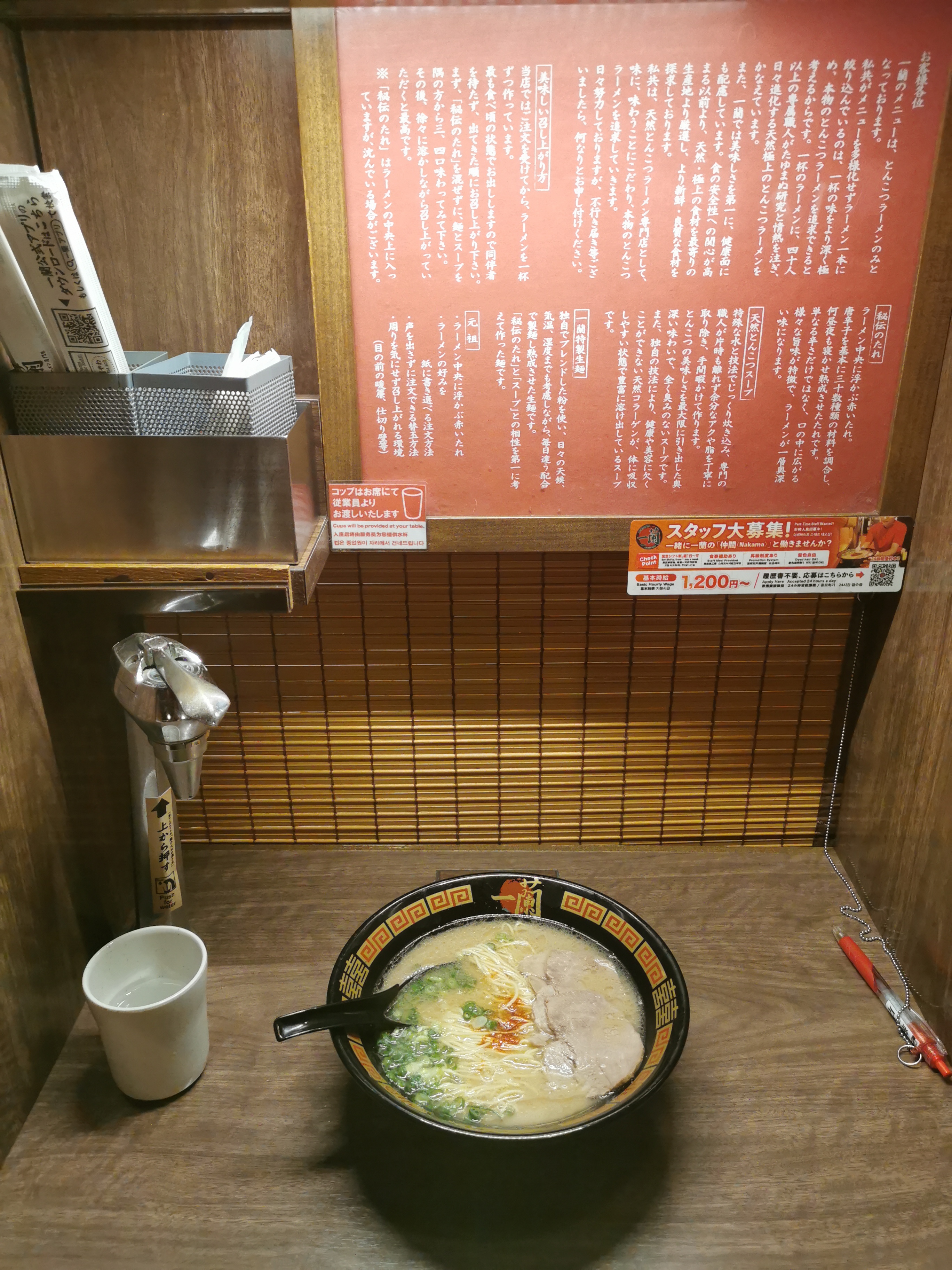
Nanzoin Temple: Reclining Buddha, which holds the title as the biggest bronze statue in the world. Located just 20kilometers on the outskirt of Fukuoka, the temple oozes a sense of calm, providing a sanctuary to disconnect from the city life.
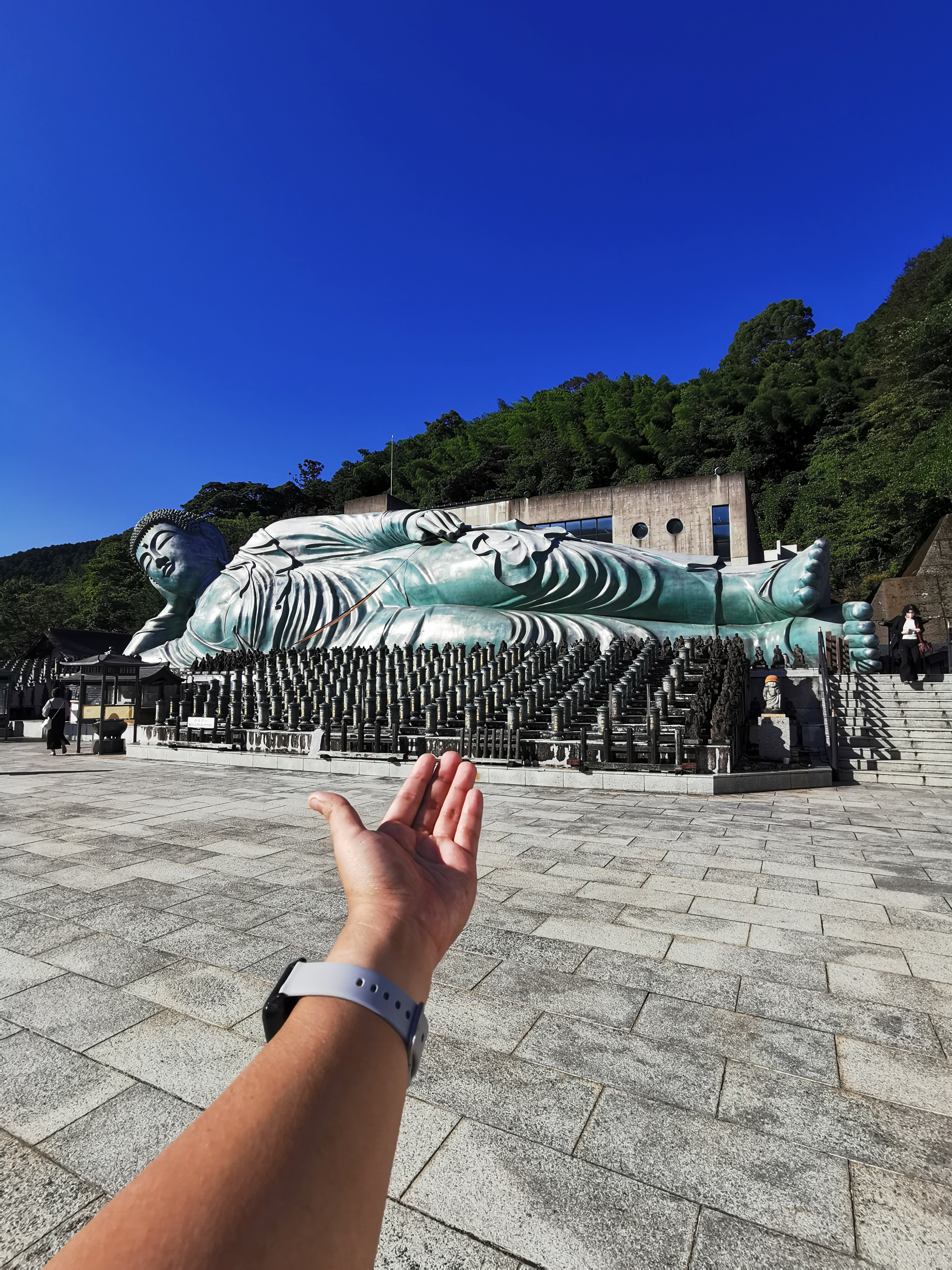
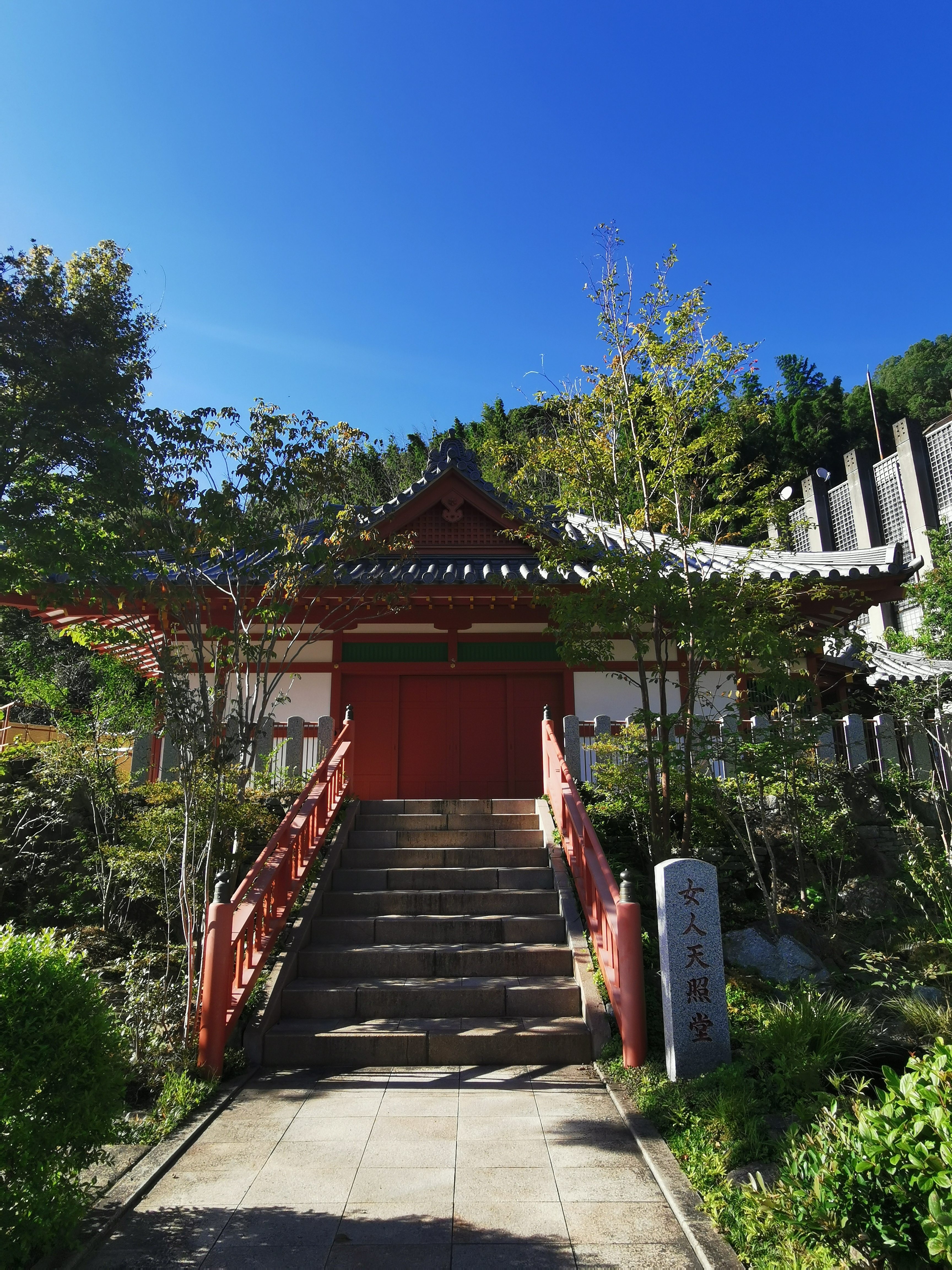
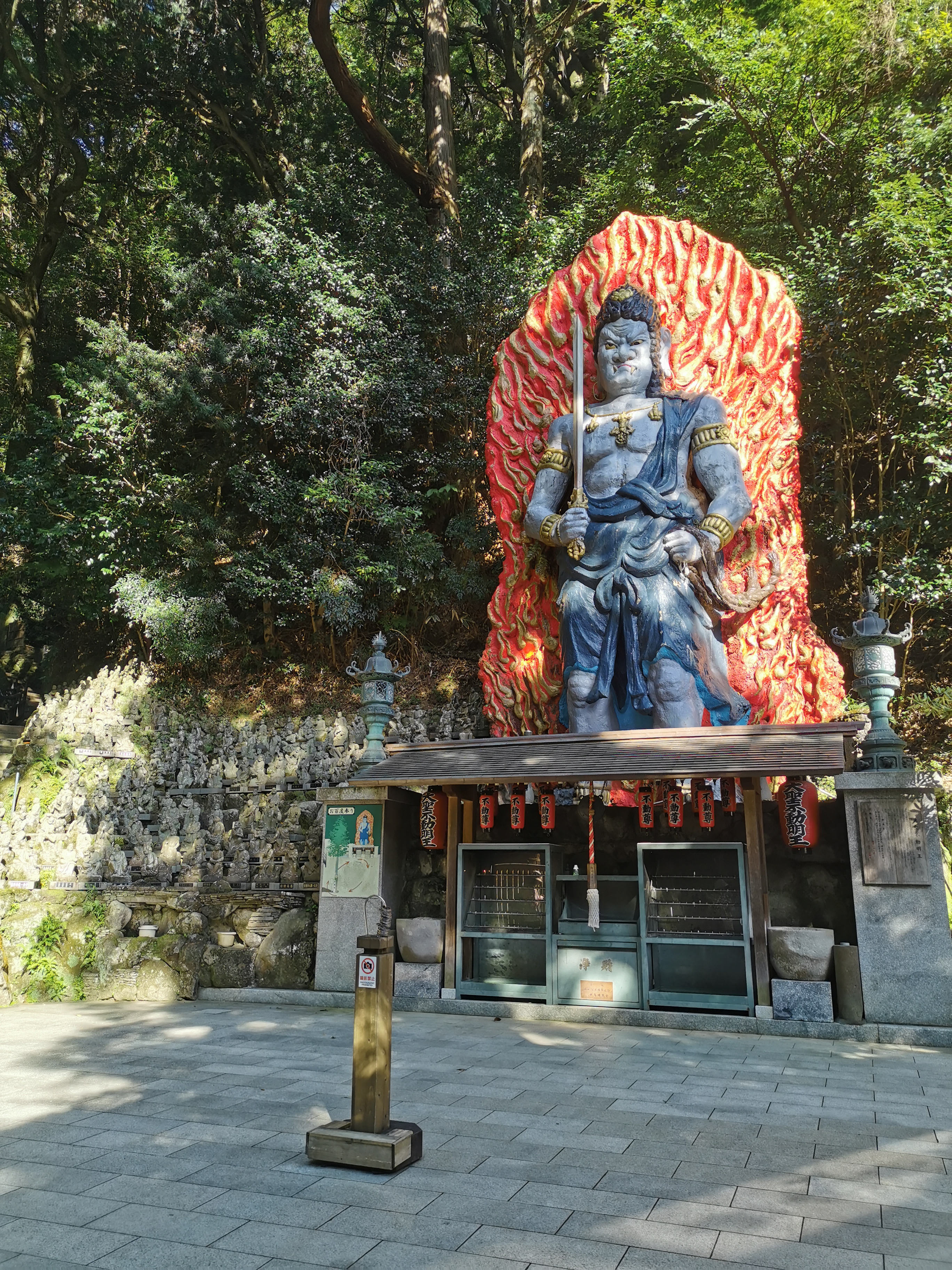
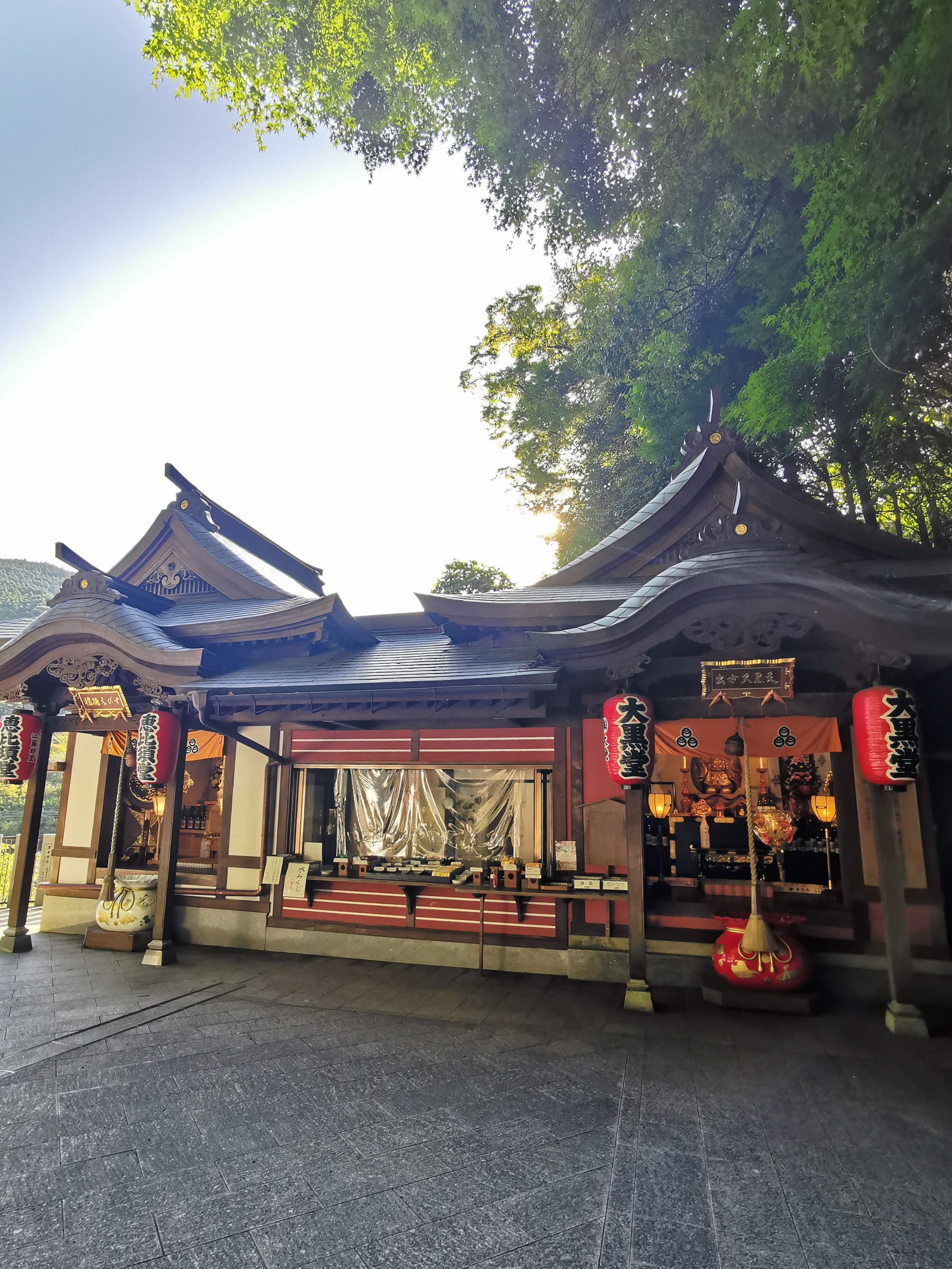
#2: Kumamoto: The region is deeply hit by 2016 Kumamoto earthquake. Surrounded by mountains, the landscape is shaped by volcanic activity.
Kumamoto Castle: The biggest attraction in the city is Kumamoto Castle. If you are like me who admire the beauty of these castle, then a visit to this is a must. I personally love the various food stalls that can be found around at the base of the castle entrance.
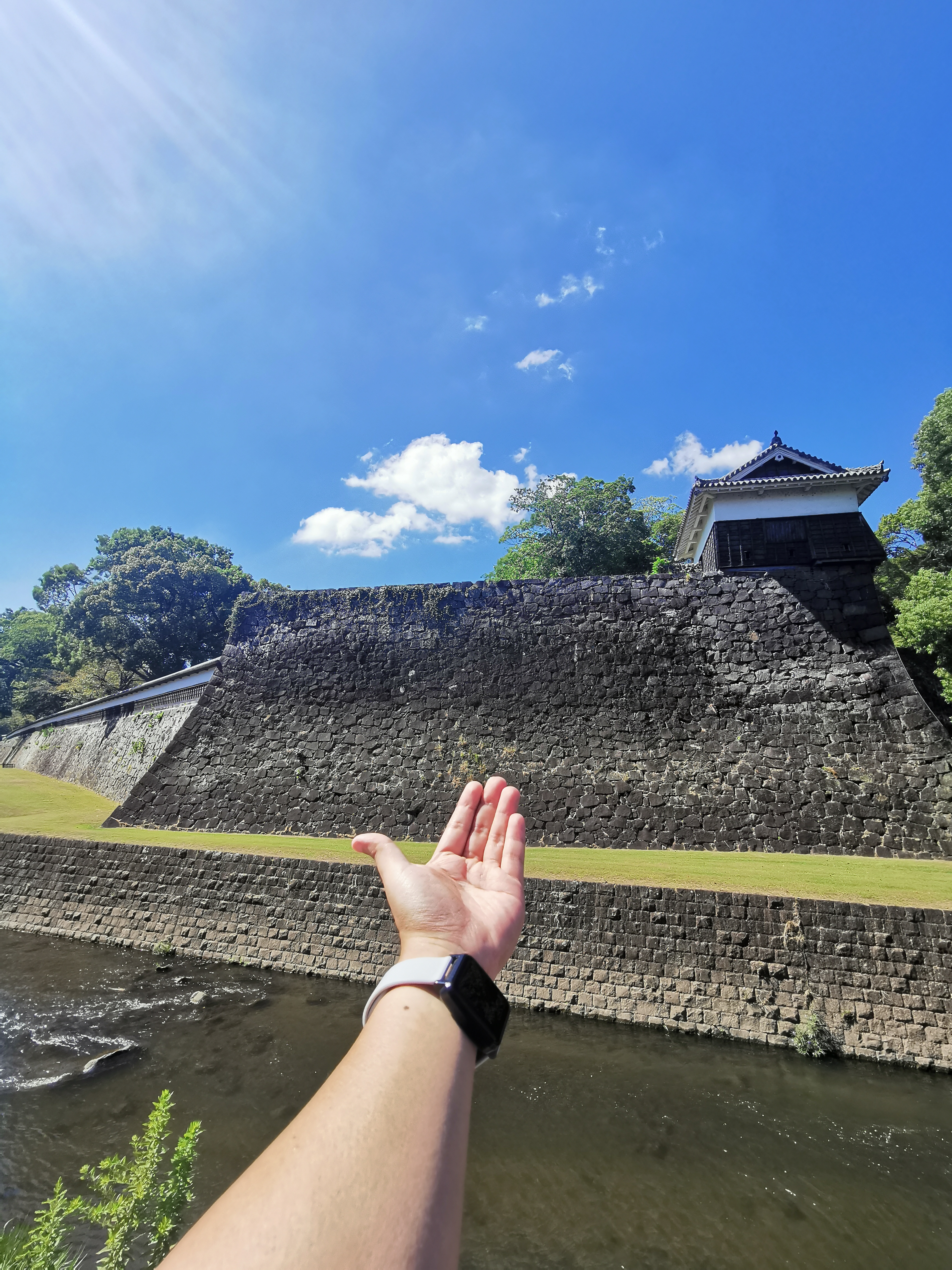
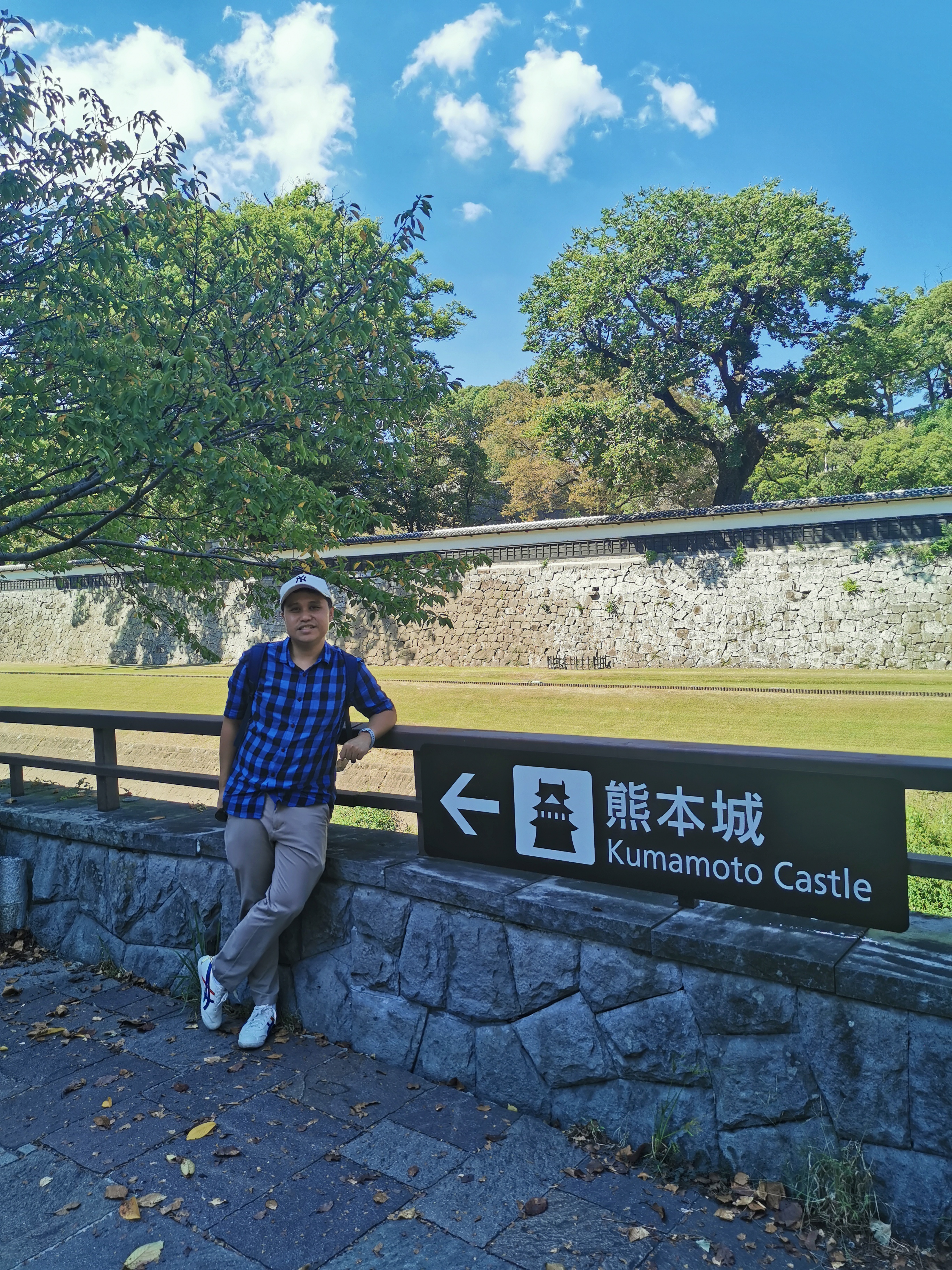
Takachiho Gorge: In my opinion, this is the highlight in the region. Do give yourself at least 2 hours to explore the national park area. In fact, I feel that to fully admire the scenery, one need at least 4 hours. Take in the boat ride and hike among the parks to appreciate the nature better. Travel tip: Arrive before 4pm if you want to take the boat ride!
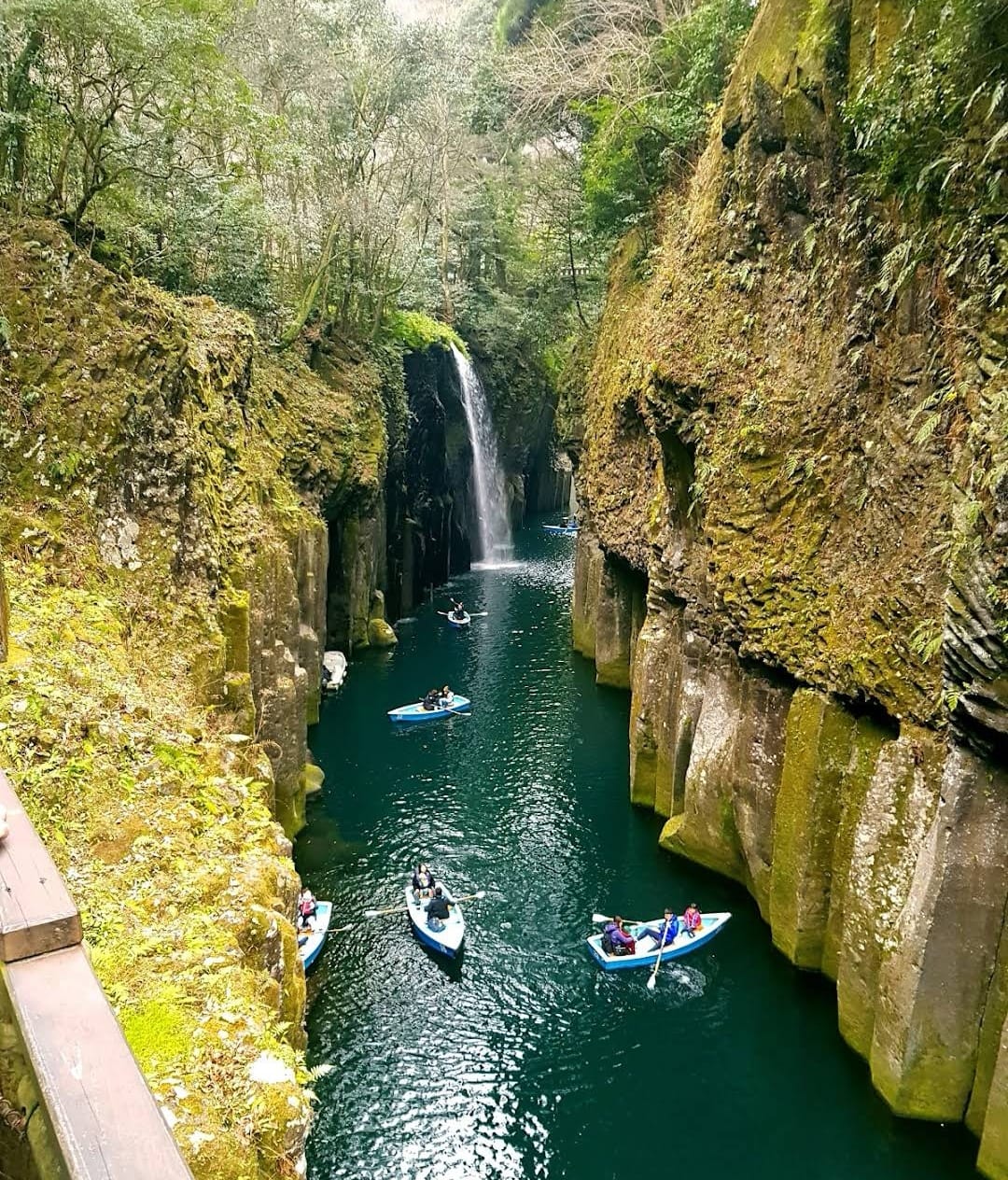
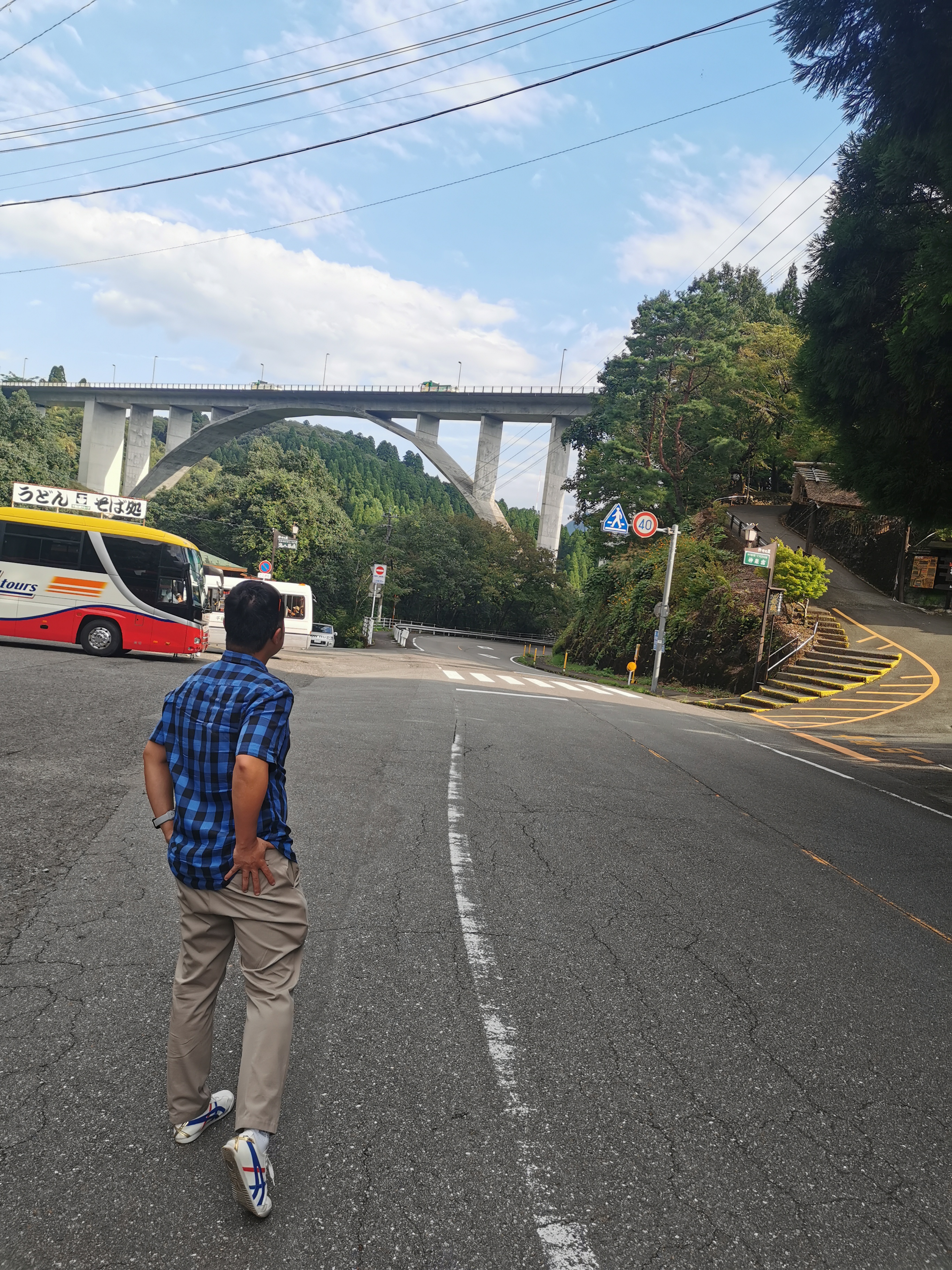
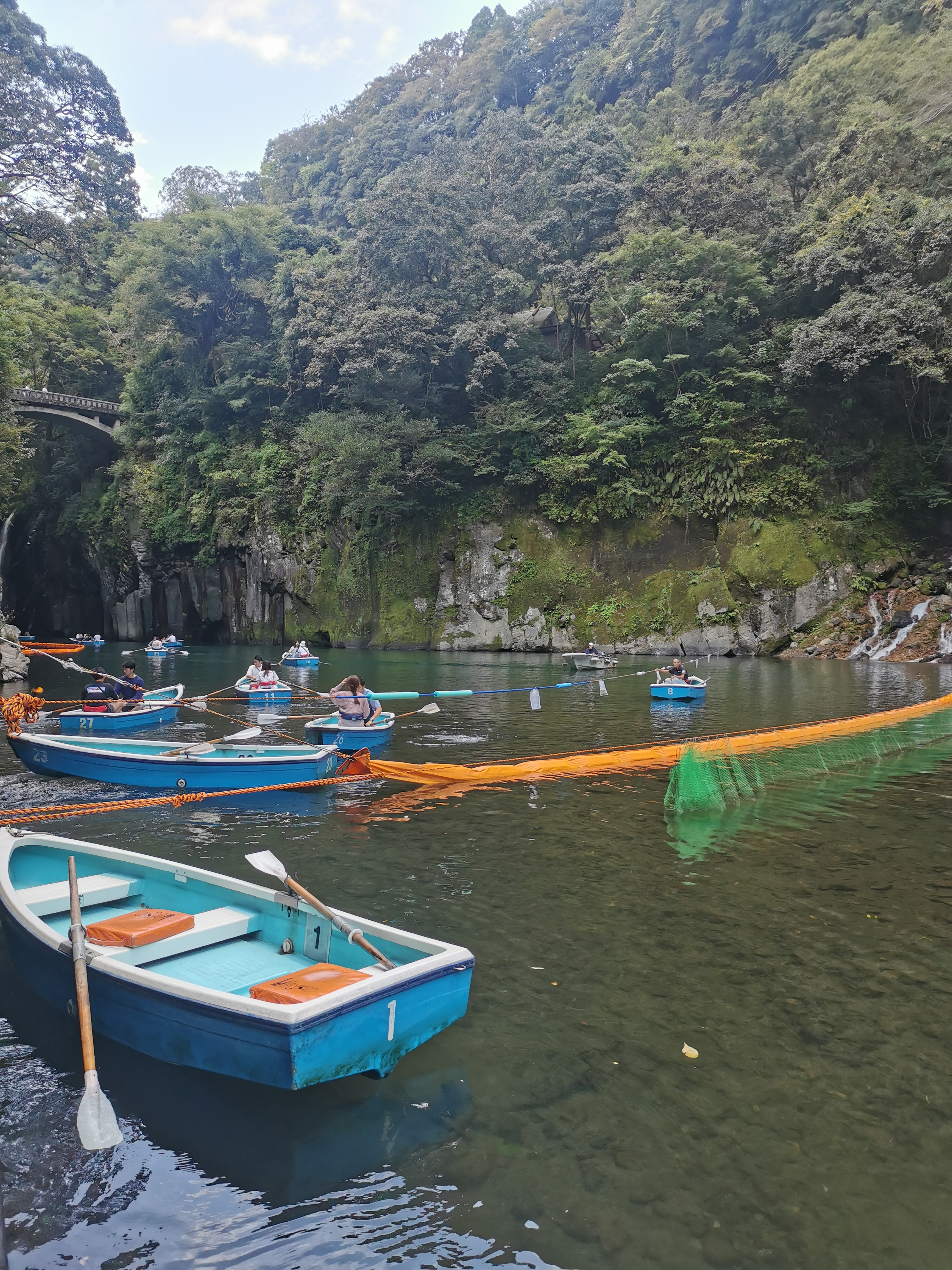
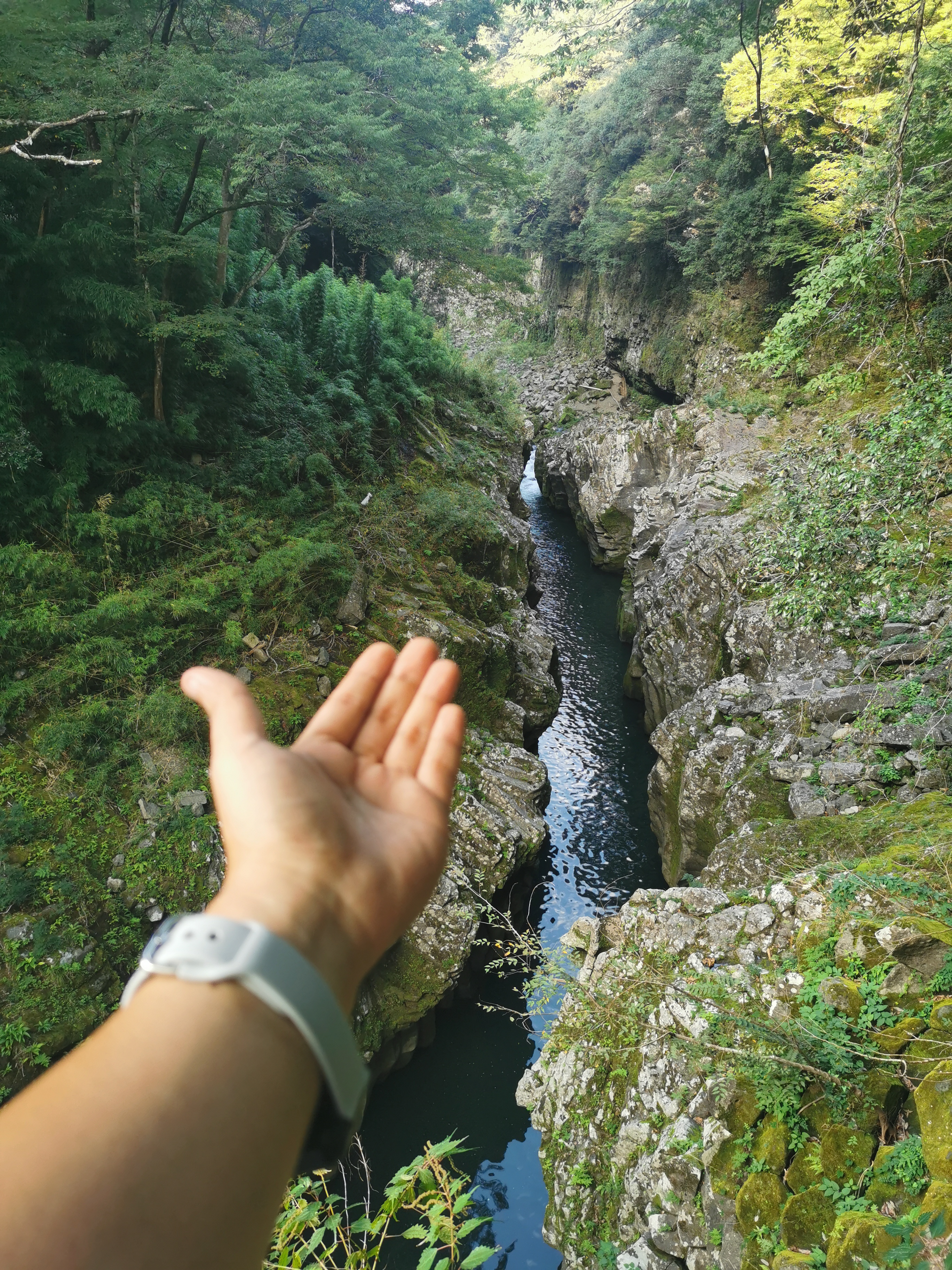
Mount Aso: Enjoy the Magnificent View on Kusasenri Observatory and nearby visit to Kusasenrigahama, vast grassy plain is a must in this area. It is a greenery grassland with grazing cows and horses.
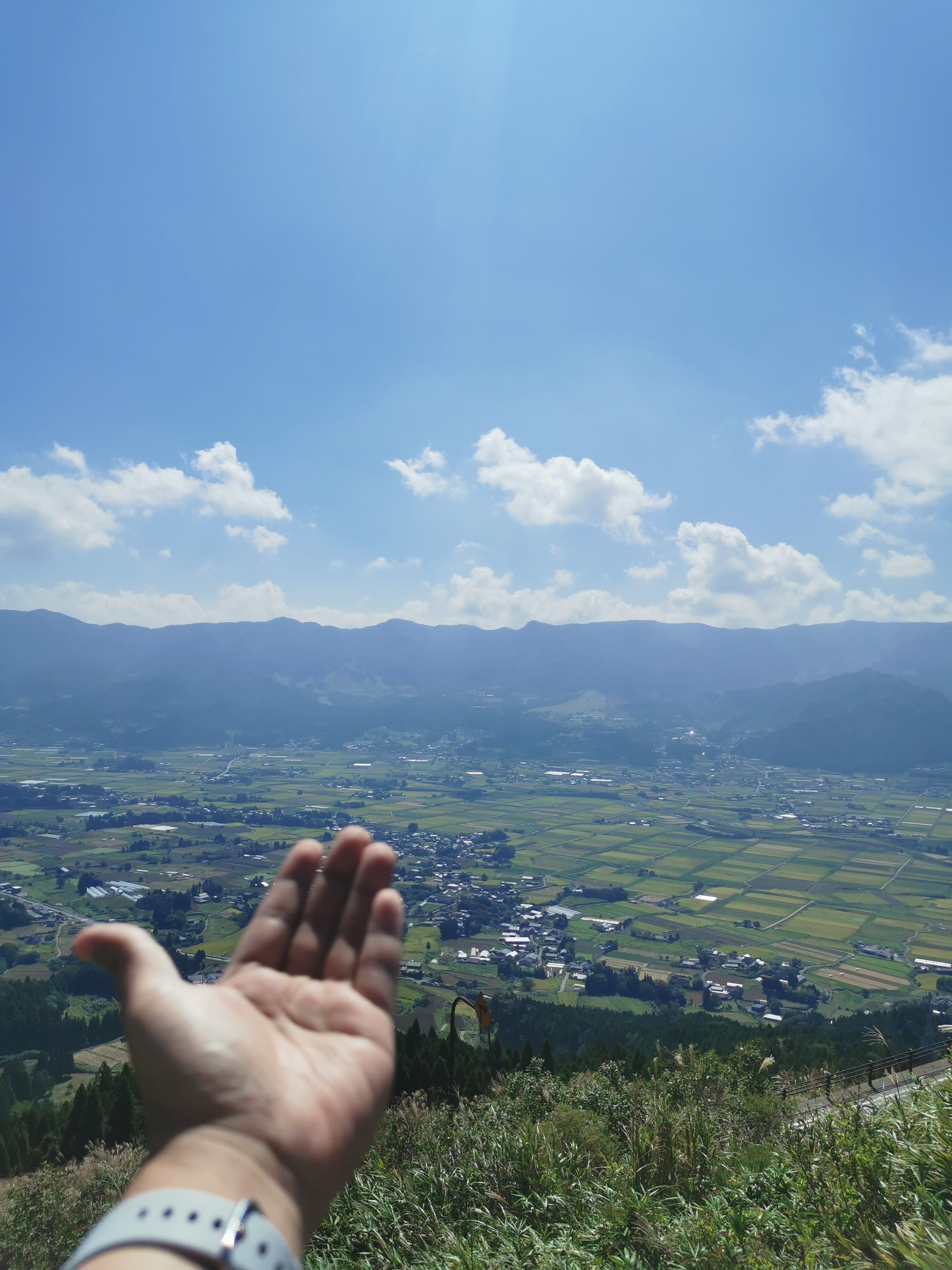
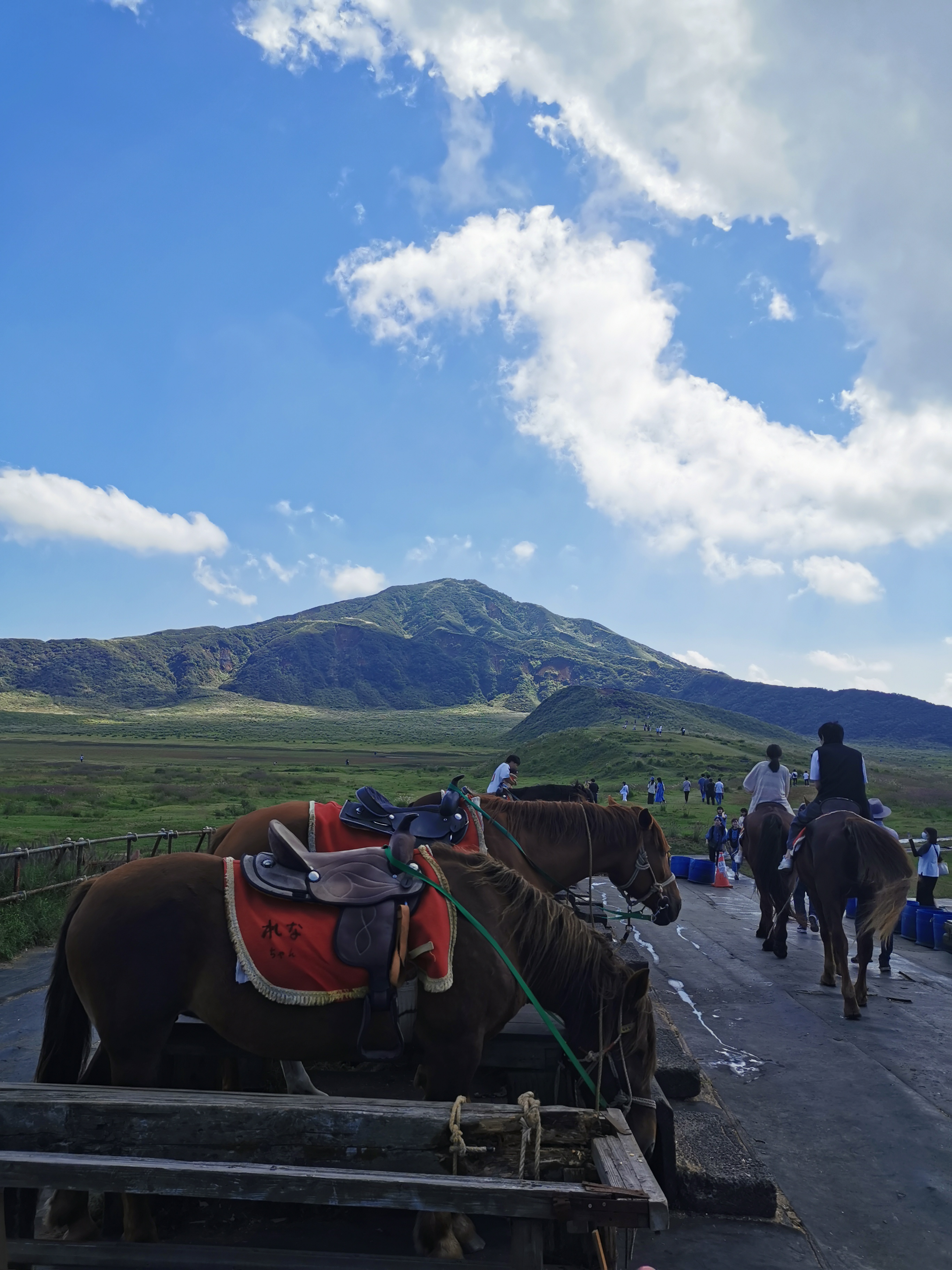
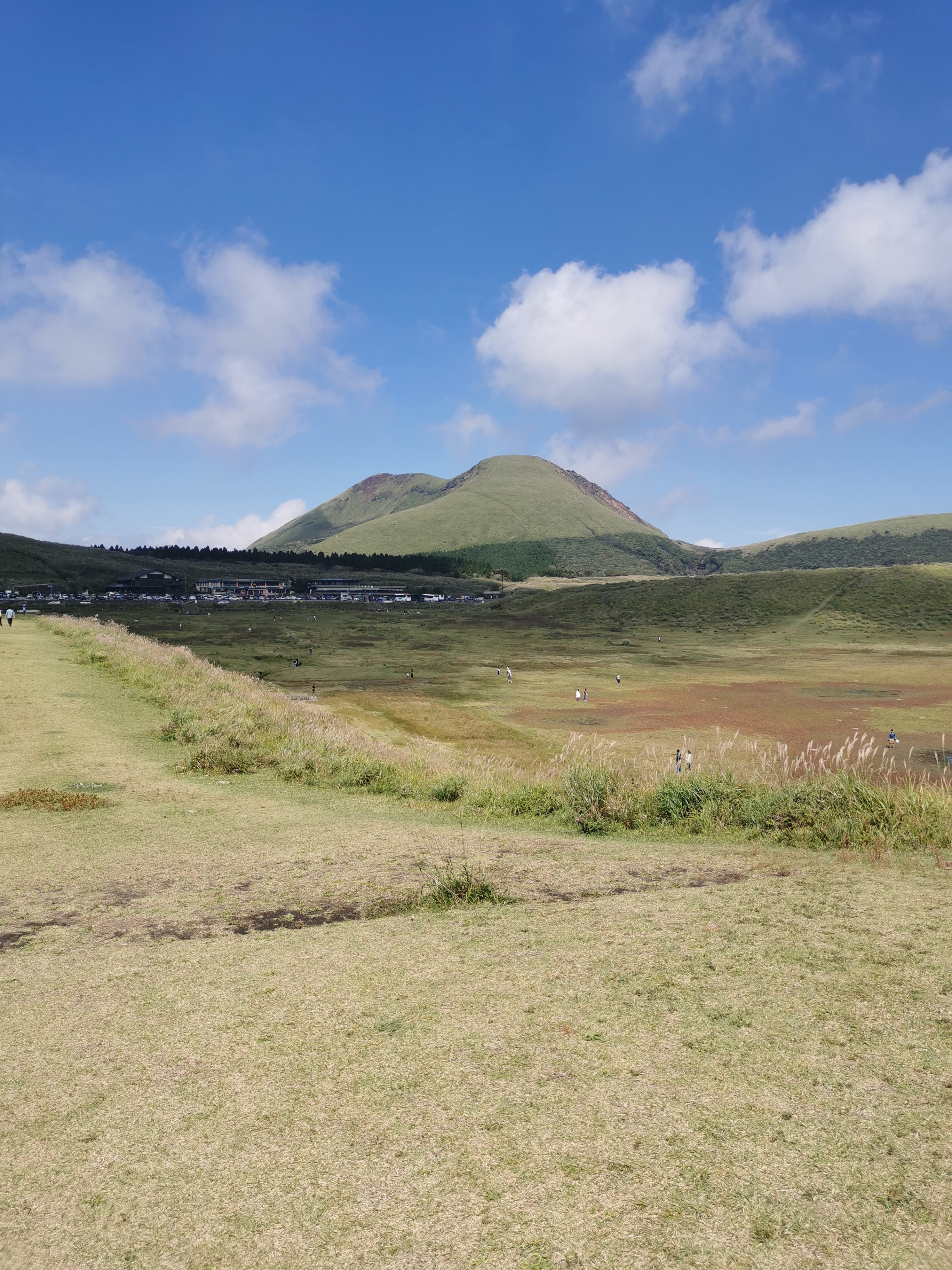
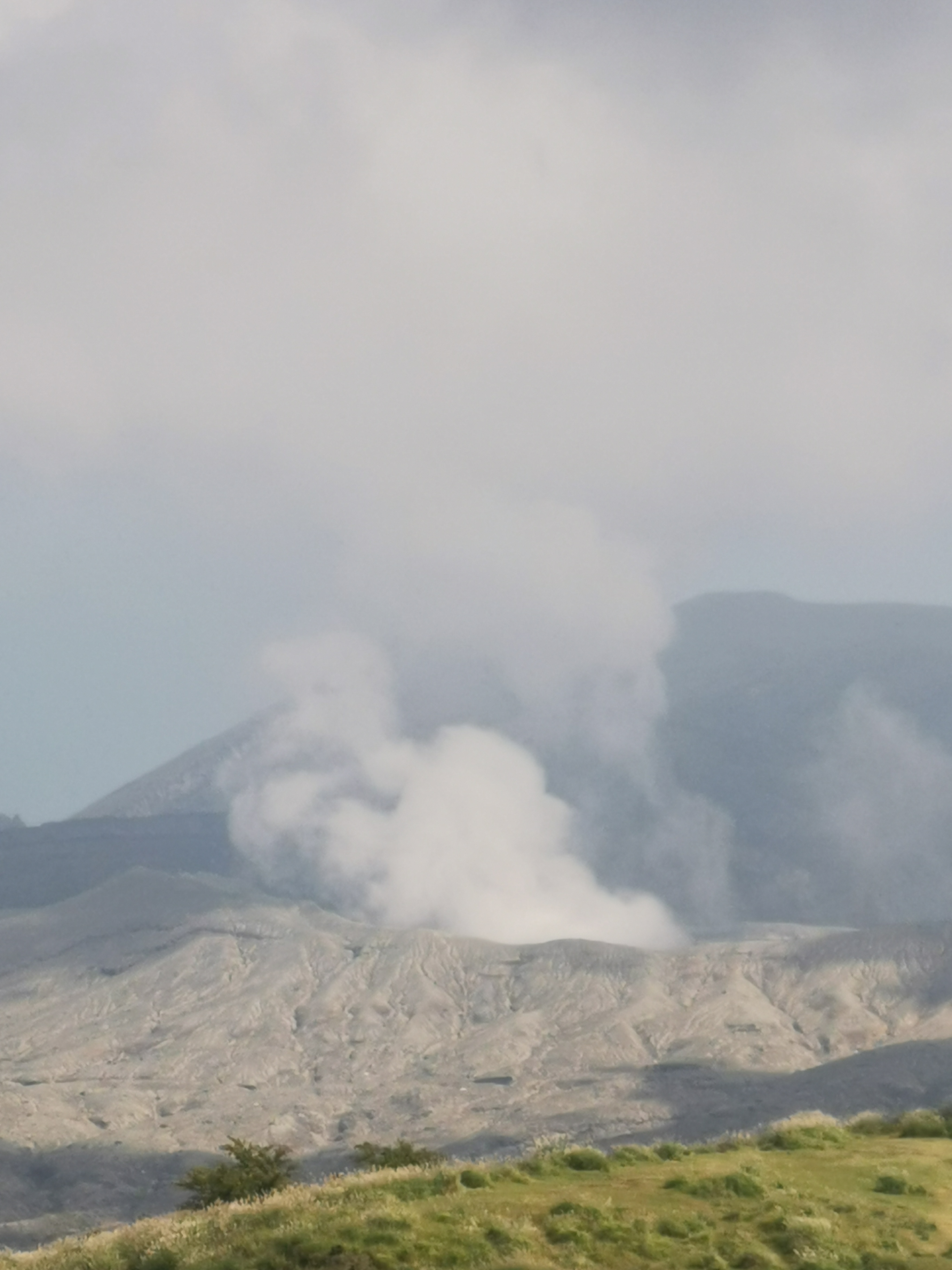
#3: Beppu : This is the main reason why Kyushu island is highly visited by Japanese. Welcome to the town of Onsen. Beppu city has more than 2,000 hot spring spots.
Beppu Hell Jigoku: In the town of Beppu, there are seven spectacular hot springs for viewing. There are entry tickets with many tours as well offering one the chance to tour all 7 hot springs within a day. However, if you are short of time or do not want to see that many hot springs in 1 day, then I would strongly recommend to visit only Beppu Hell Jigoku. This is by far one of the best and well worth in terms of what one can see within this attraction. It is definitely high up on my list to do. The entry fee for one hell is 400 yen, or 2000 yen for all 7 hells.
Rank of Jigoku to visit:
-1st choice: Umi Jigoku,
-2nd choice: Chinoike Jigoku
-3rd choice: Shiraike Jigoku
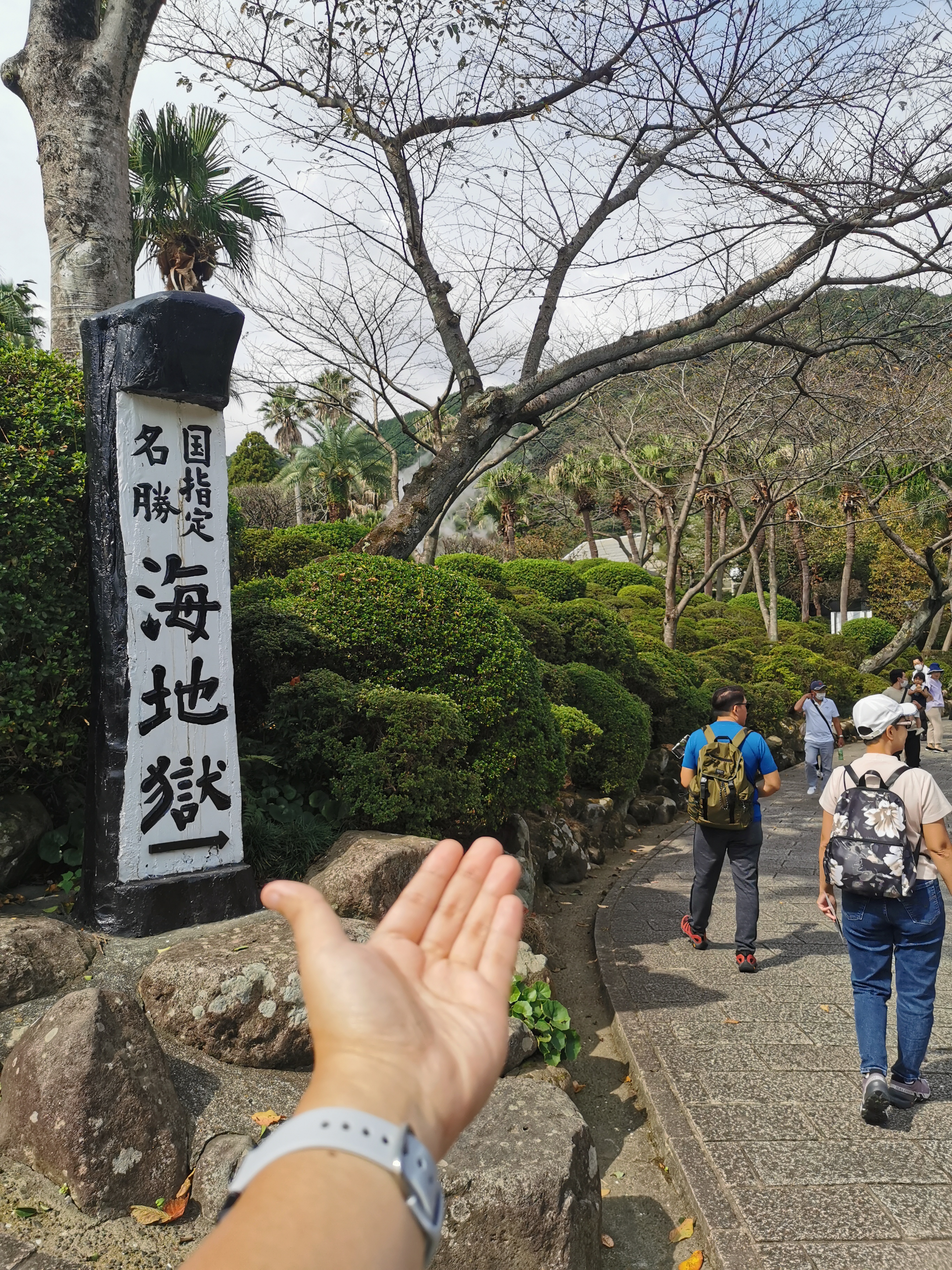
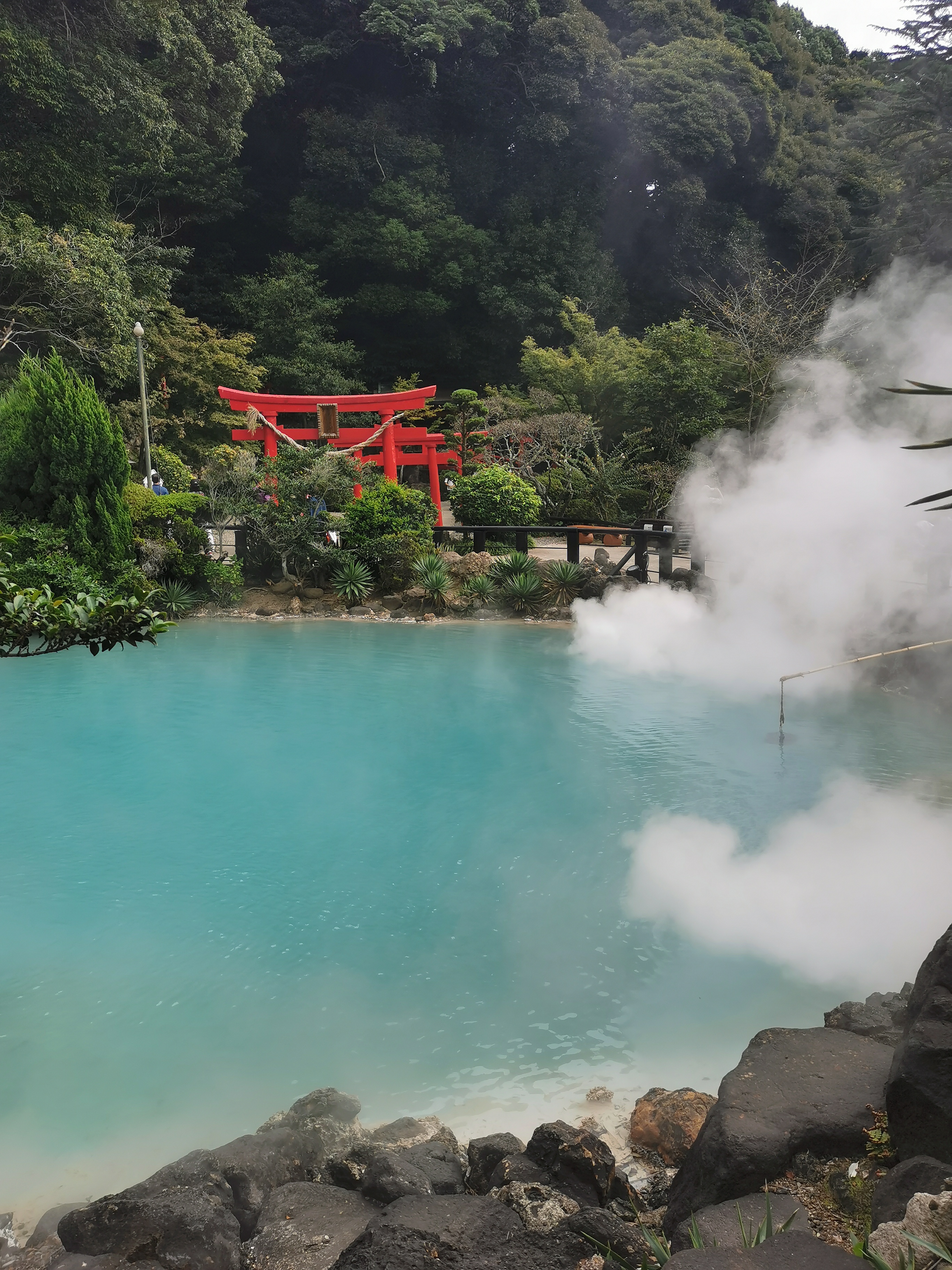
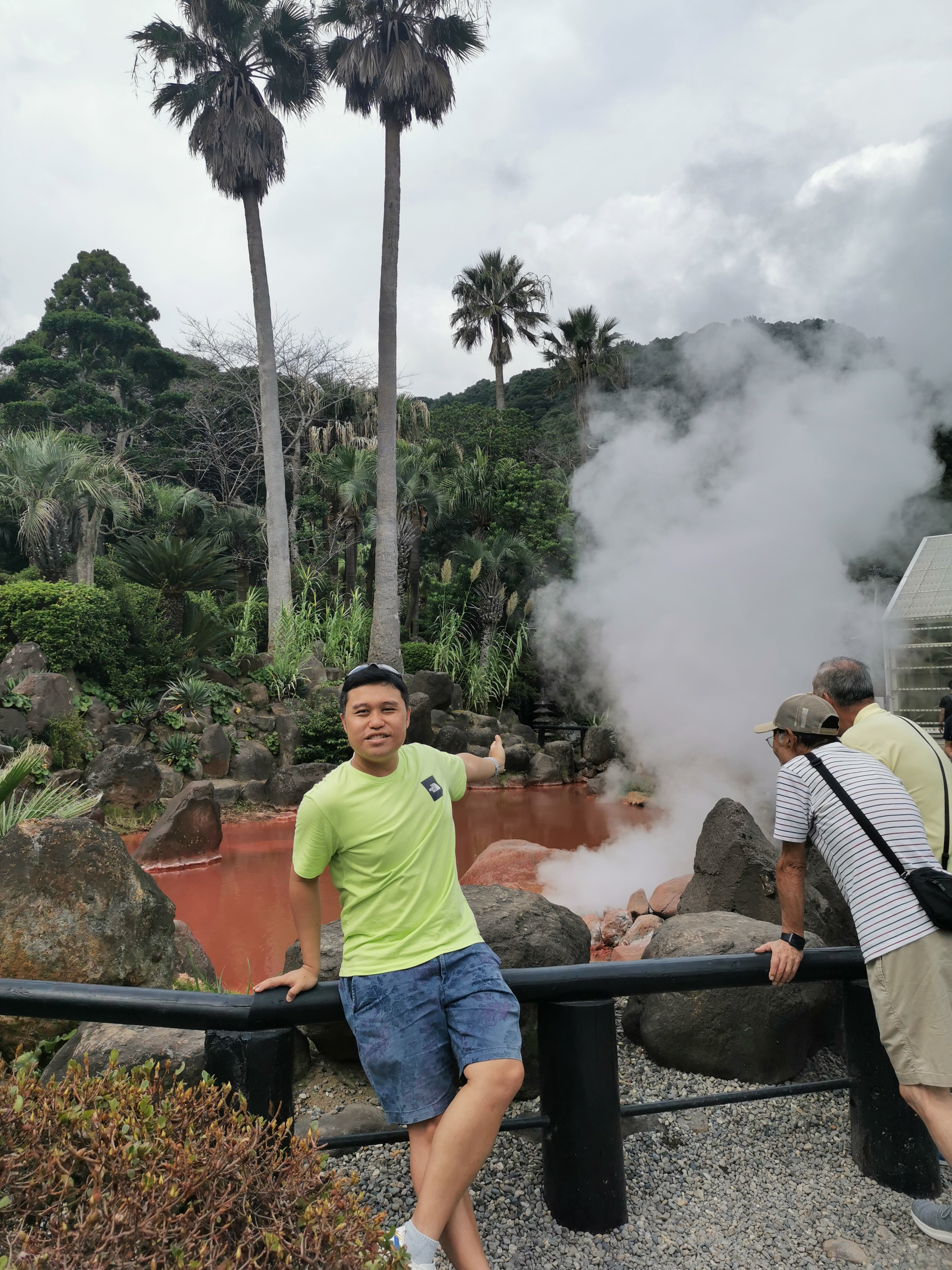
If you had stepped onto the town of Beppu, also remembered to sample the hot steaming food using the city hot spring water. There are a few outlets in the city and usually, long waiting time for as long as 1 hour is expected.
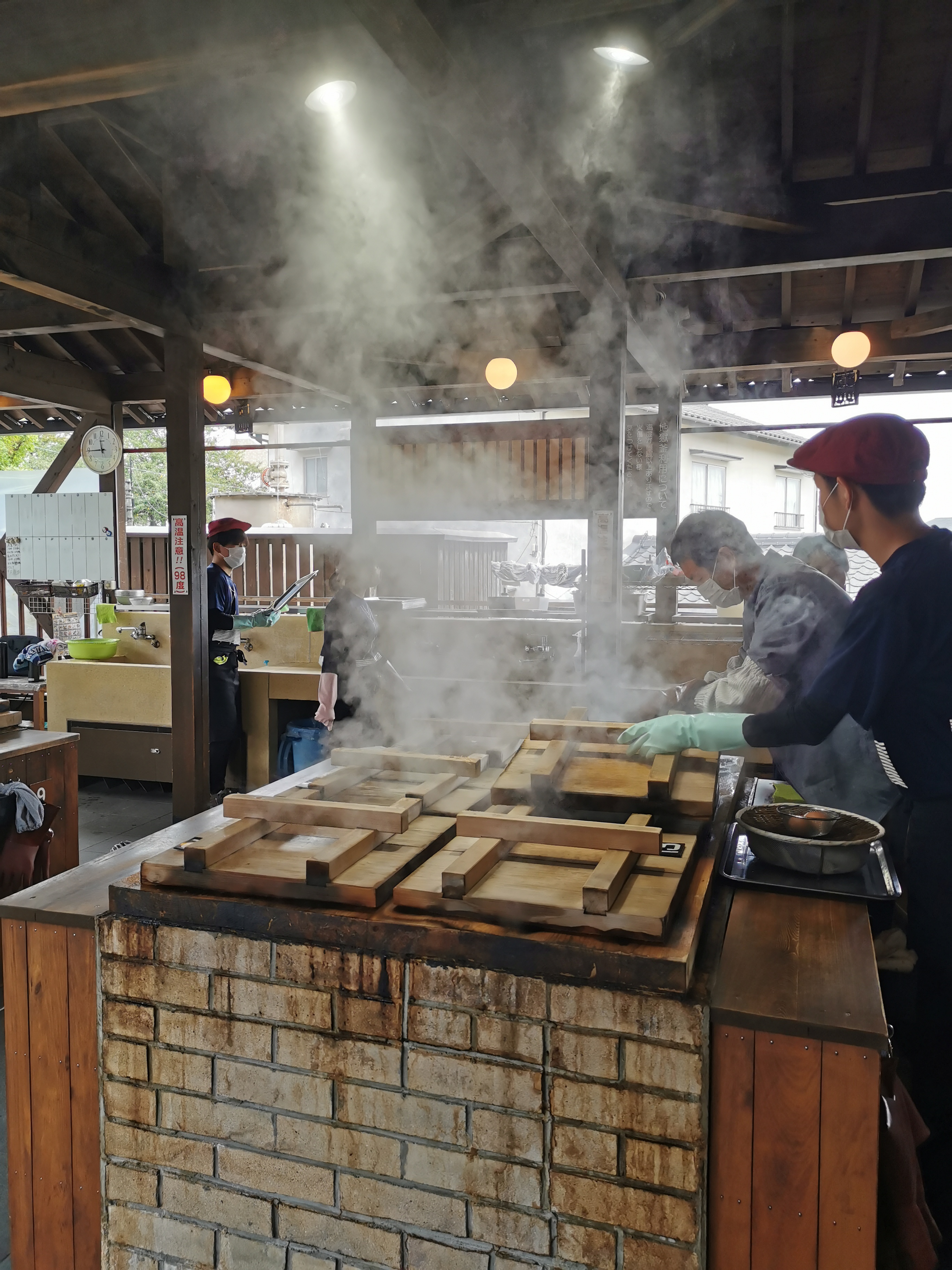
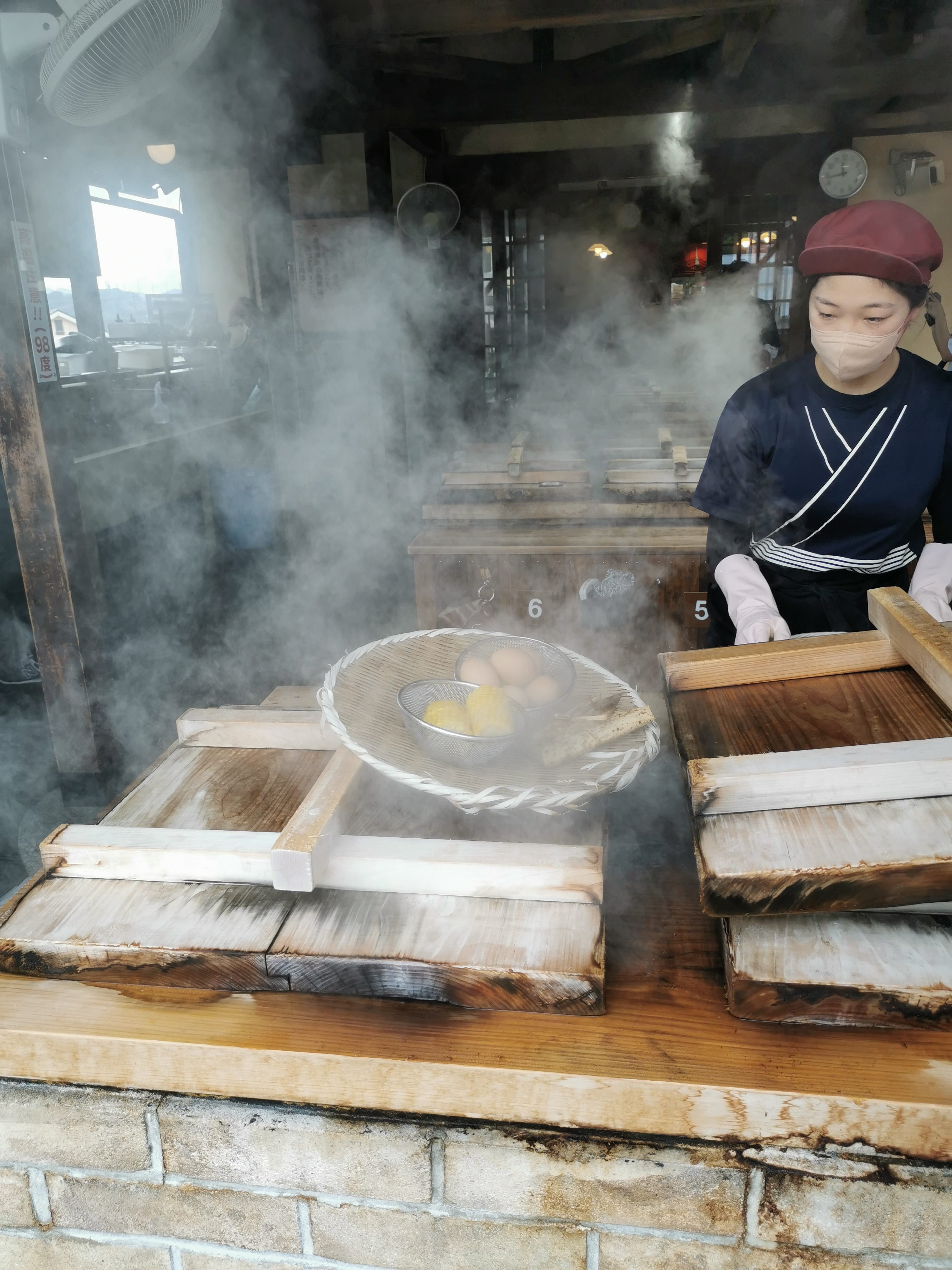
Yufuin Town: Located 30kilometers from Beppu, Yufuin town is known for its shopping streets, cafes and galleries. Certainly, it is a good place to soak in the many hot springs available. The Lake Kinrinko located at the end of walking trail is often the highlight. Yufuin is famous for cheese! Locate Milch Yufuin Shop, famous for the German cheesecake and pudding. Opening Hours: 9.30am-5.30pm Daily.
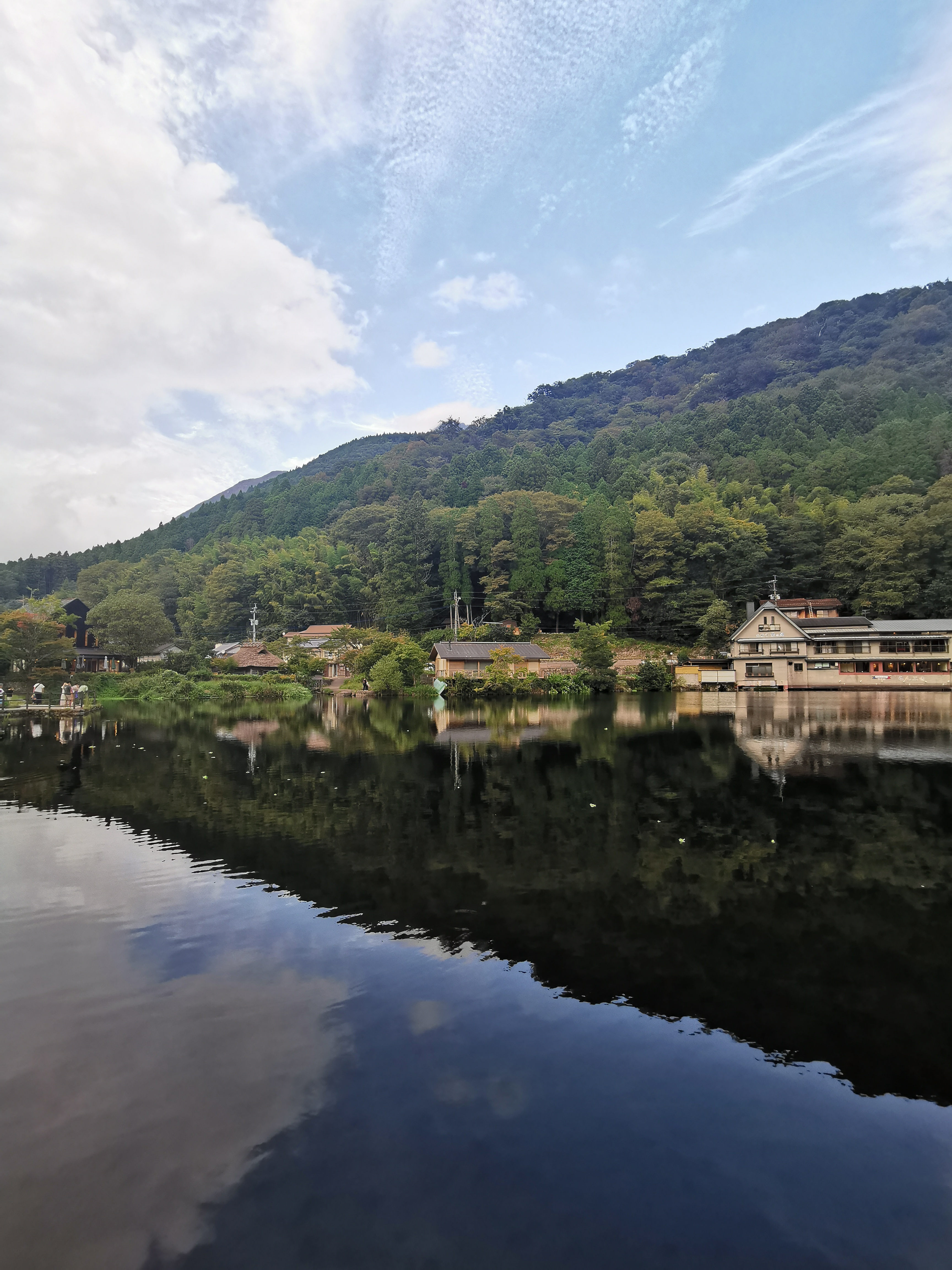
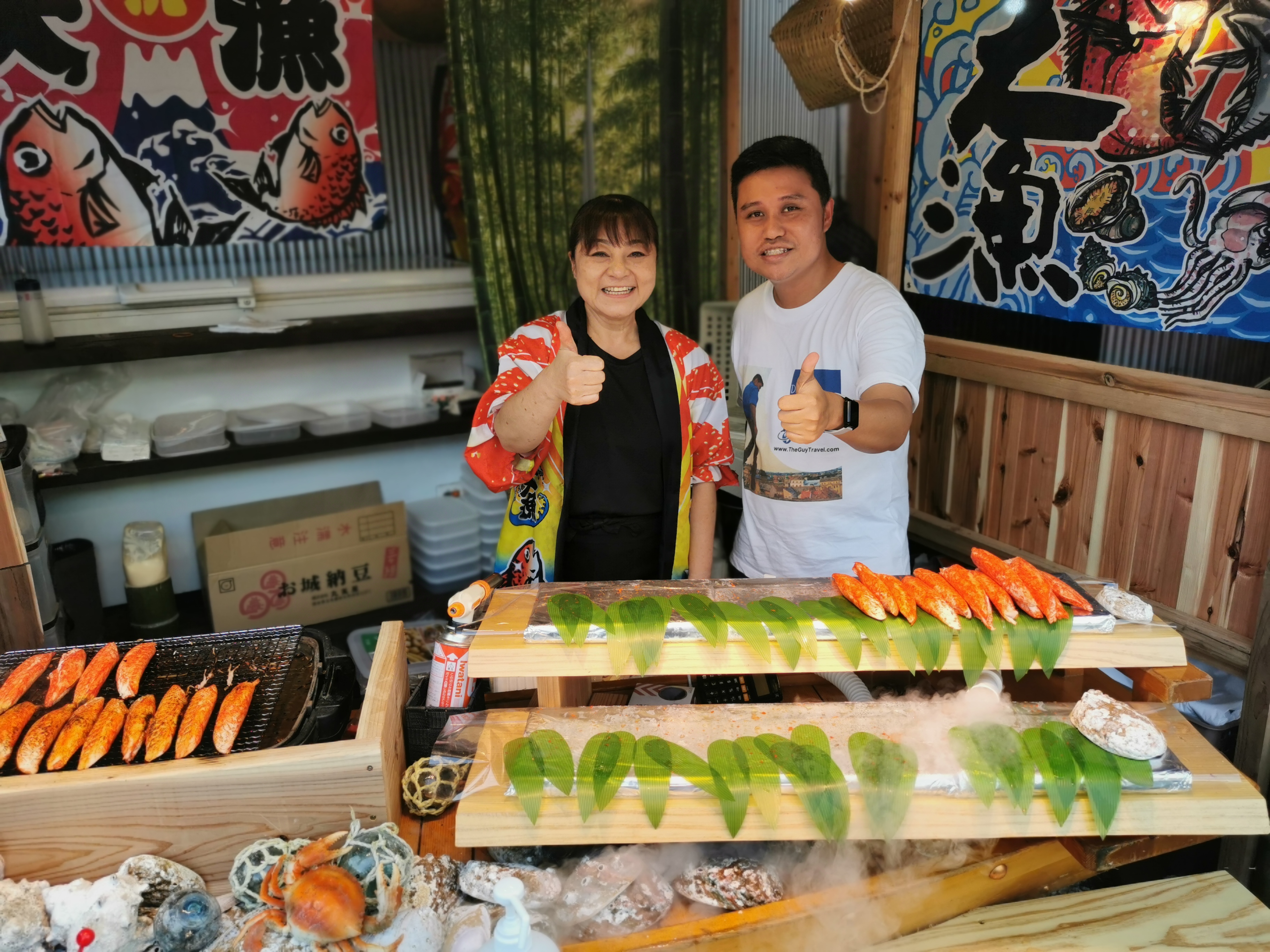
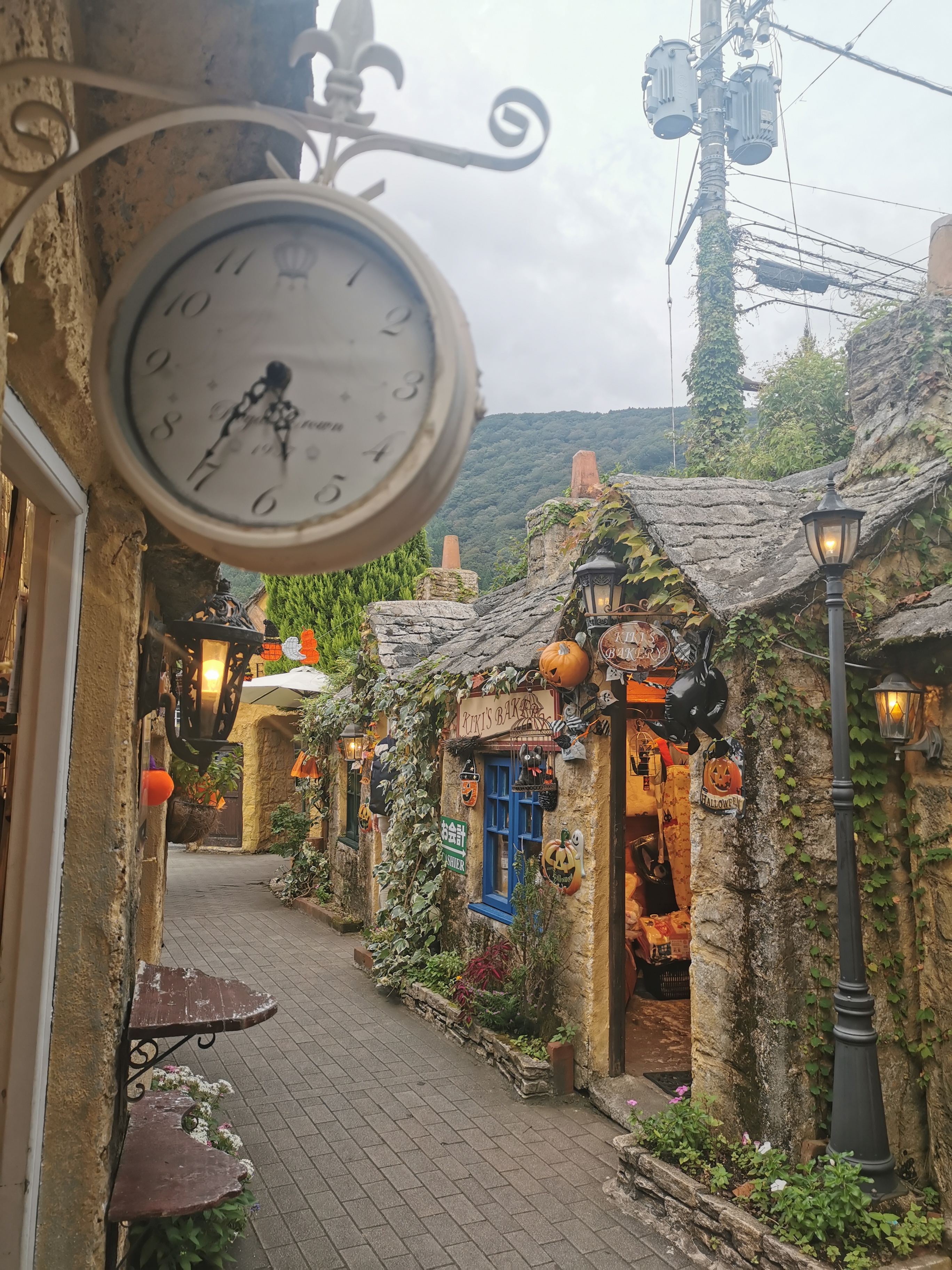
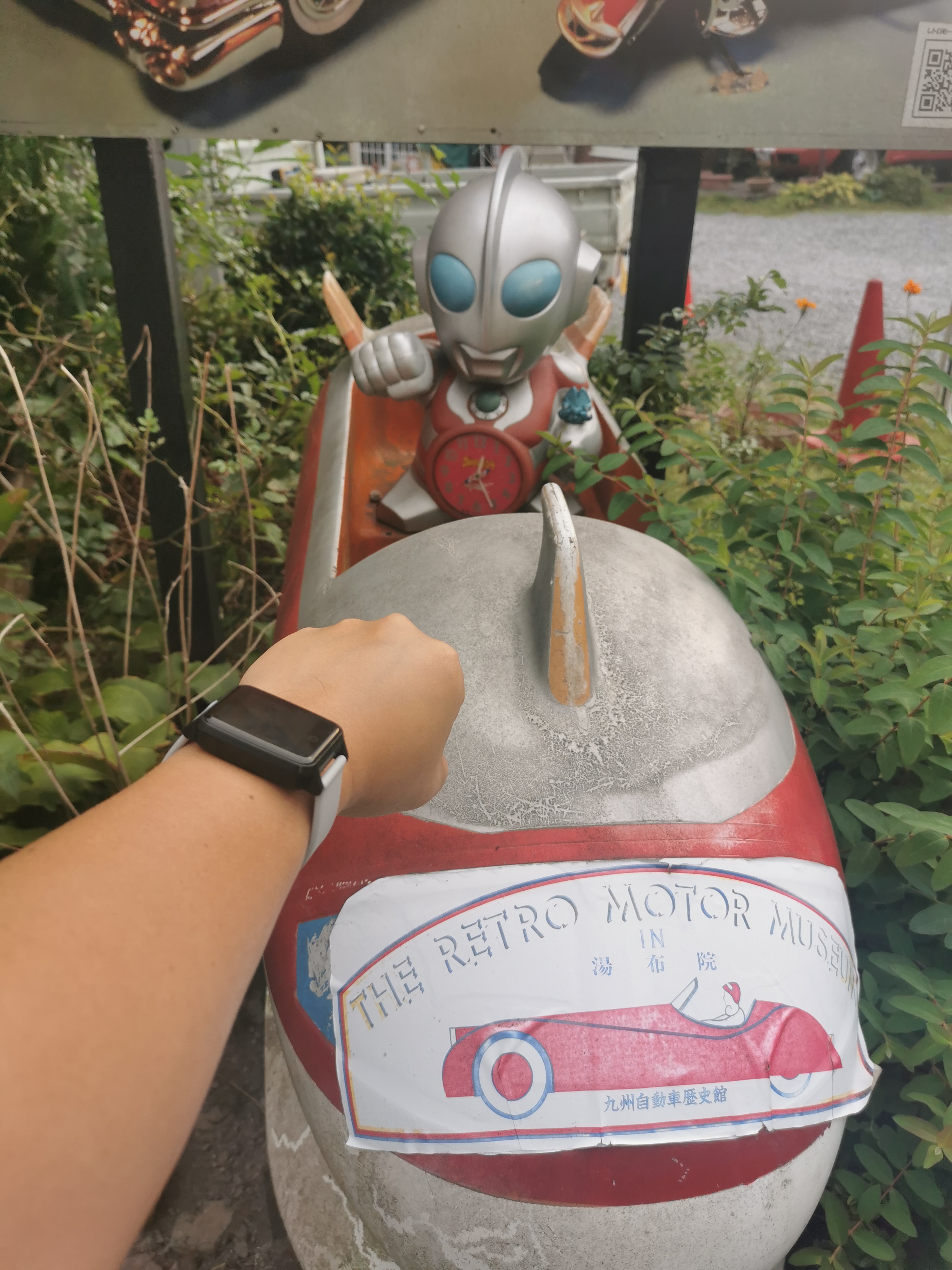
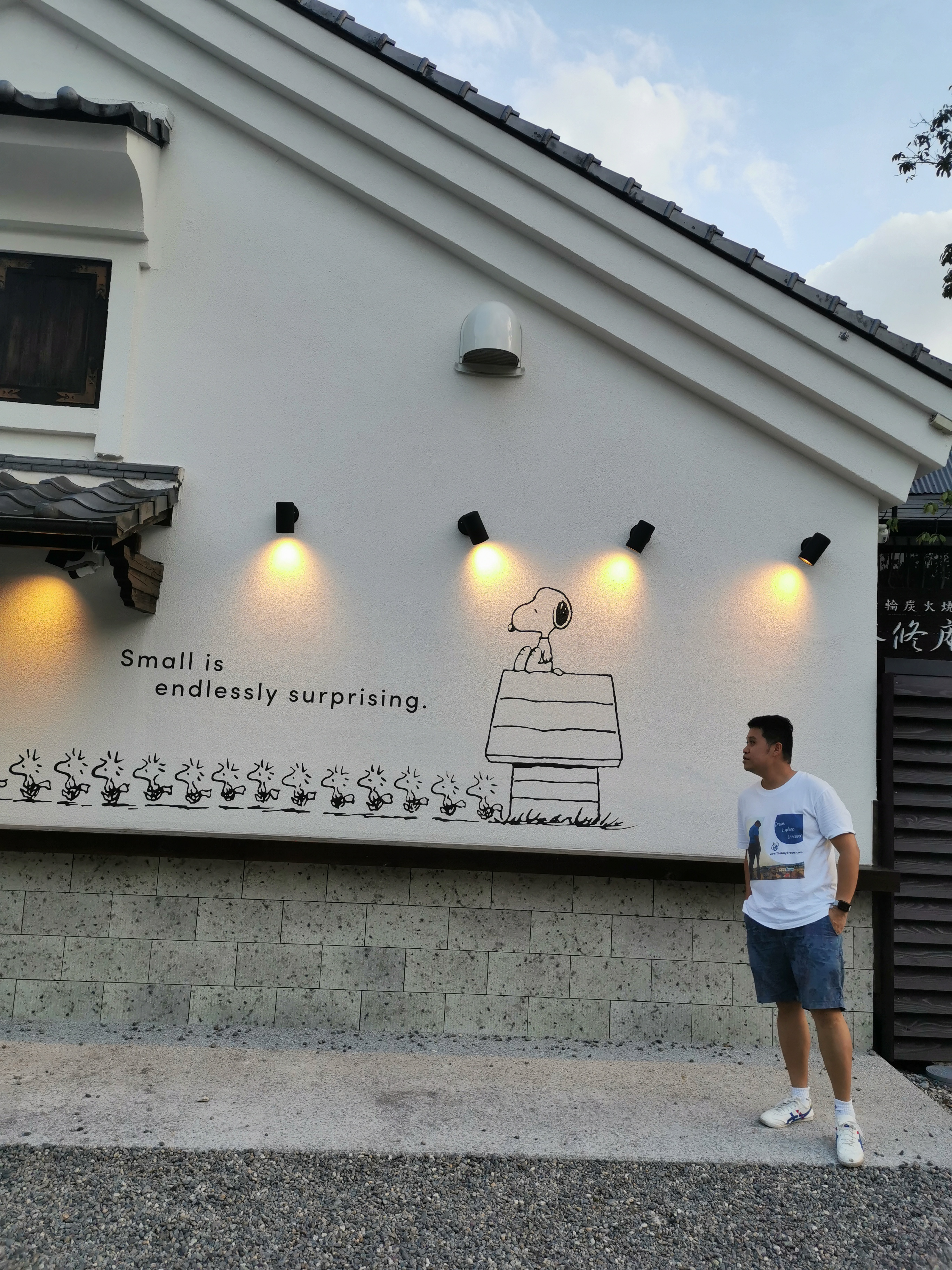
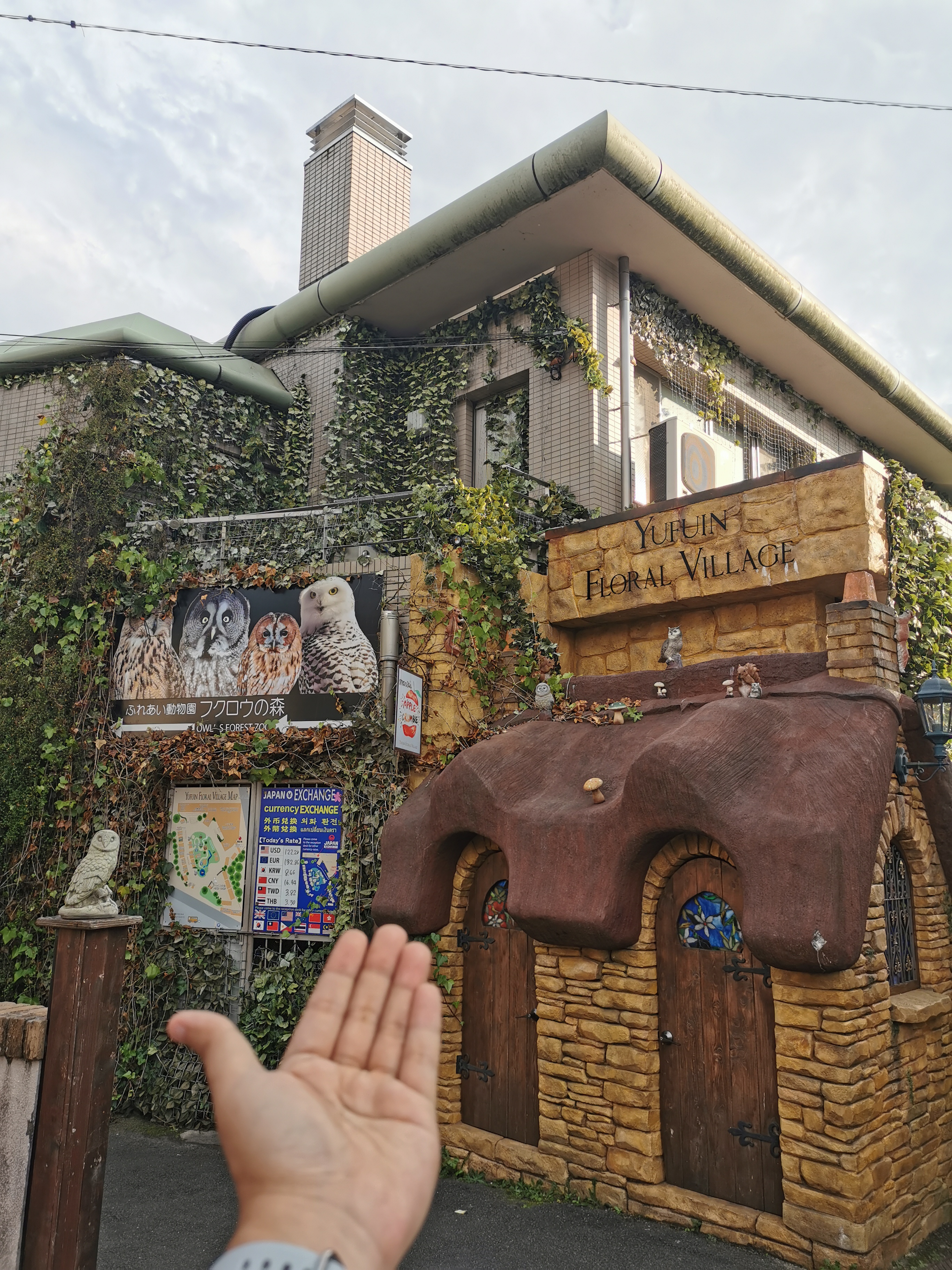
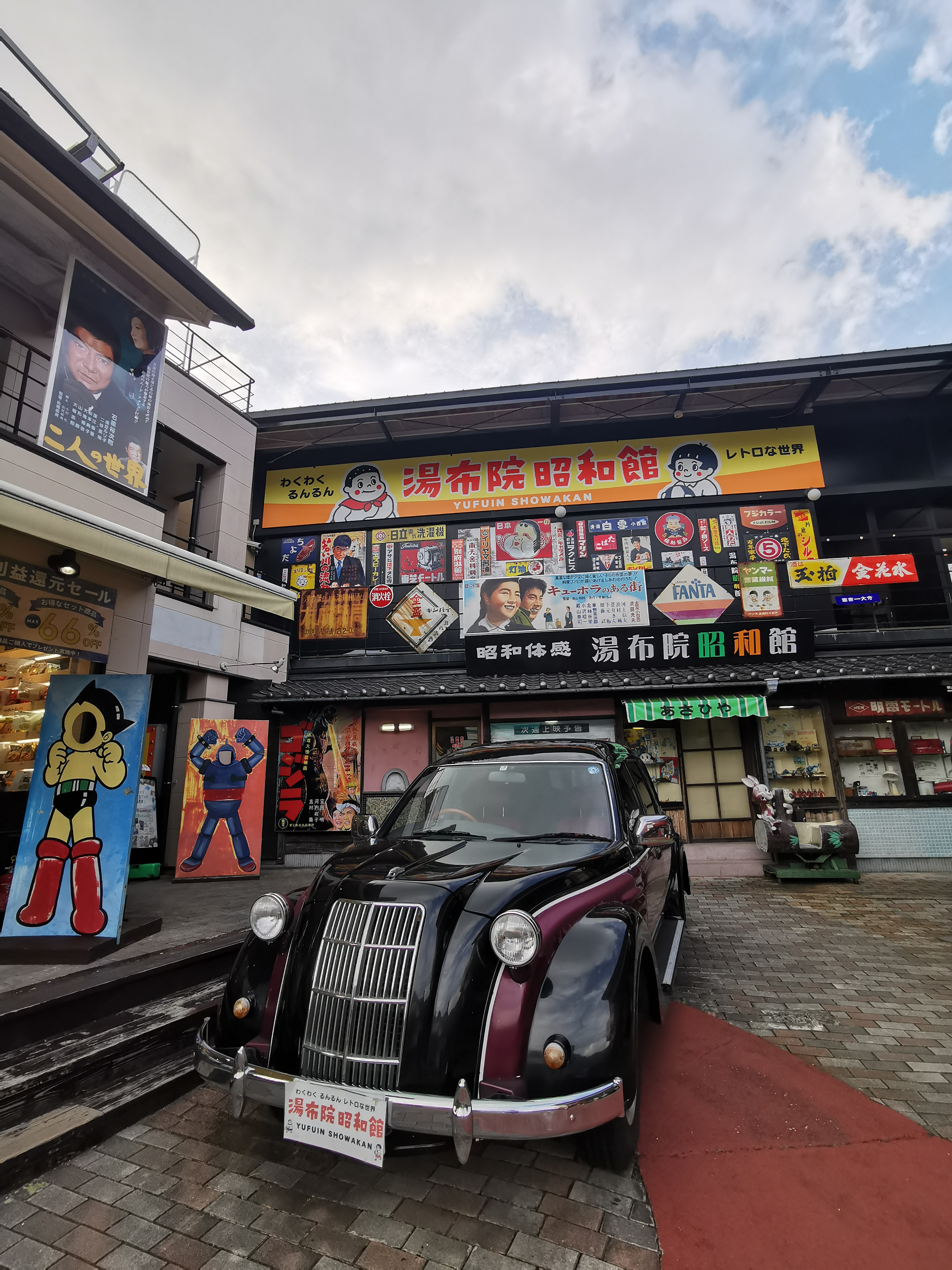
#4:Kitakyushu: Located on the Northern end of Kyushu, this area also connects the island of Kyushu with Honshu Island, where Osaka & Tokyo are located. In other words, the construction of the Kanmon bridge and the underground pedestrian tunnel mean people can easily cross the island and visit Tokyo via land transport.
Mojiko Retro: I loved the relaxed atmosphere that the town processed. Being a historical port city, the town makes one feels like being in Europe. The colonial buildings and the train station were beautifully designed.
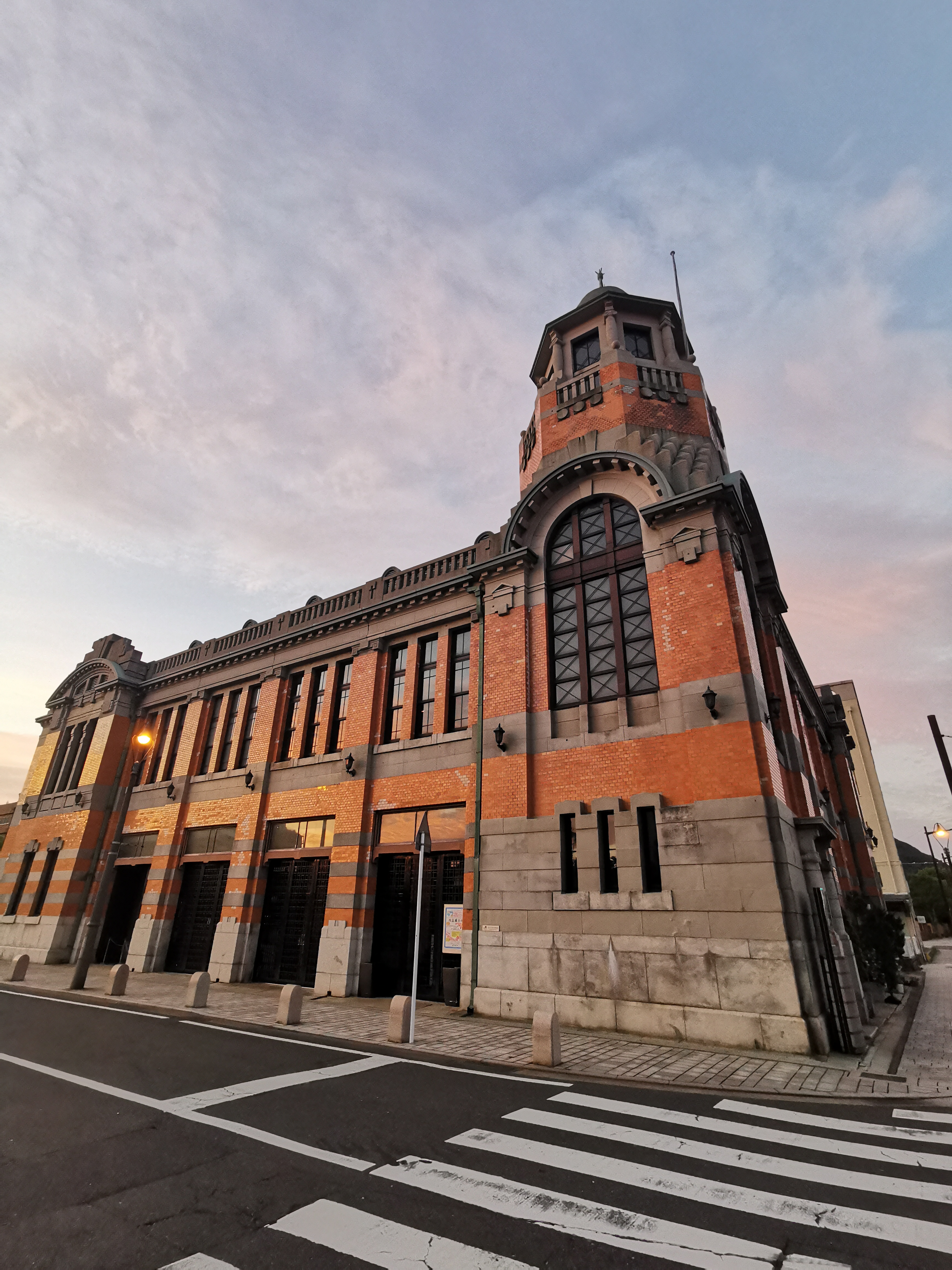
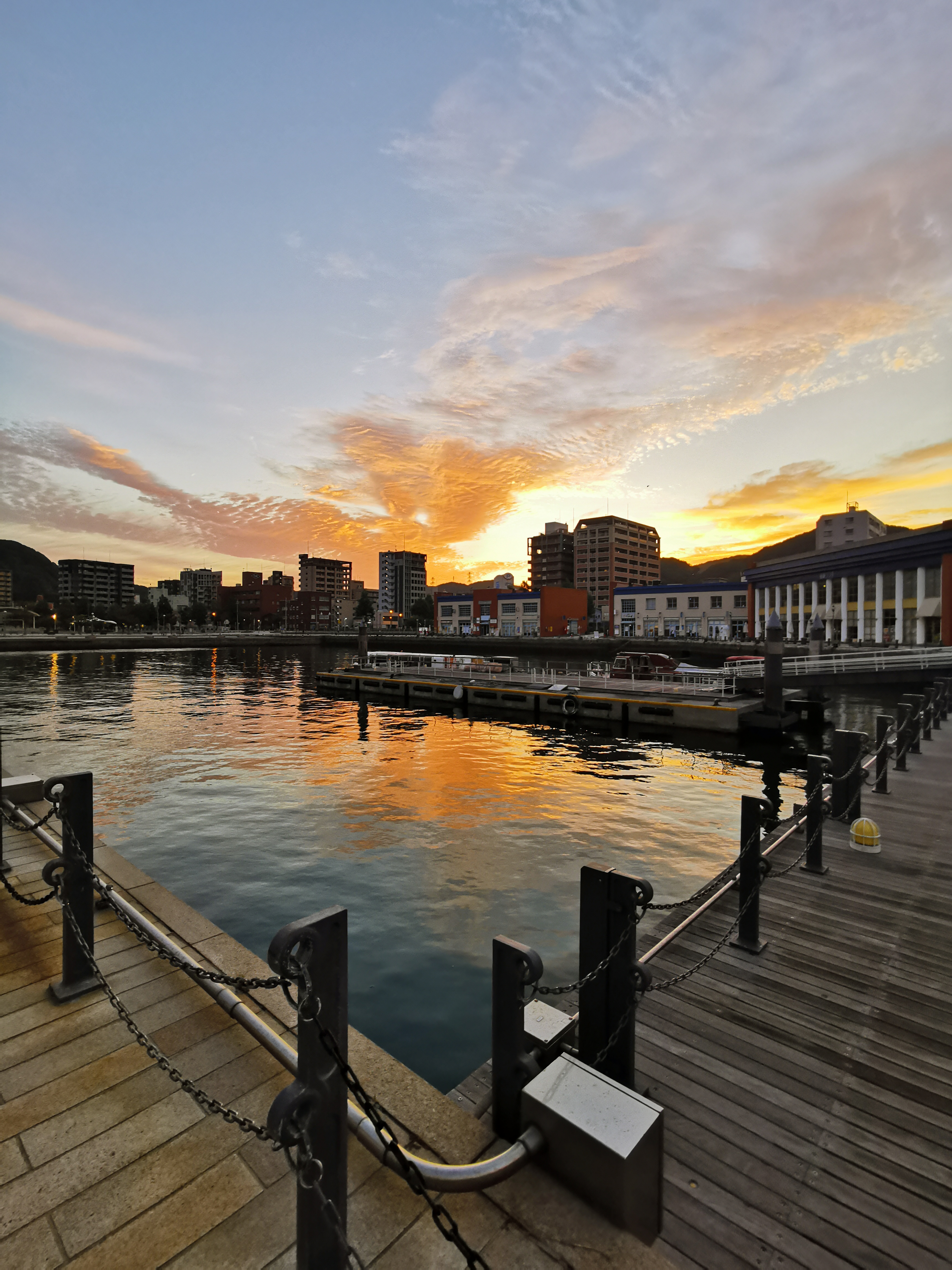
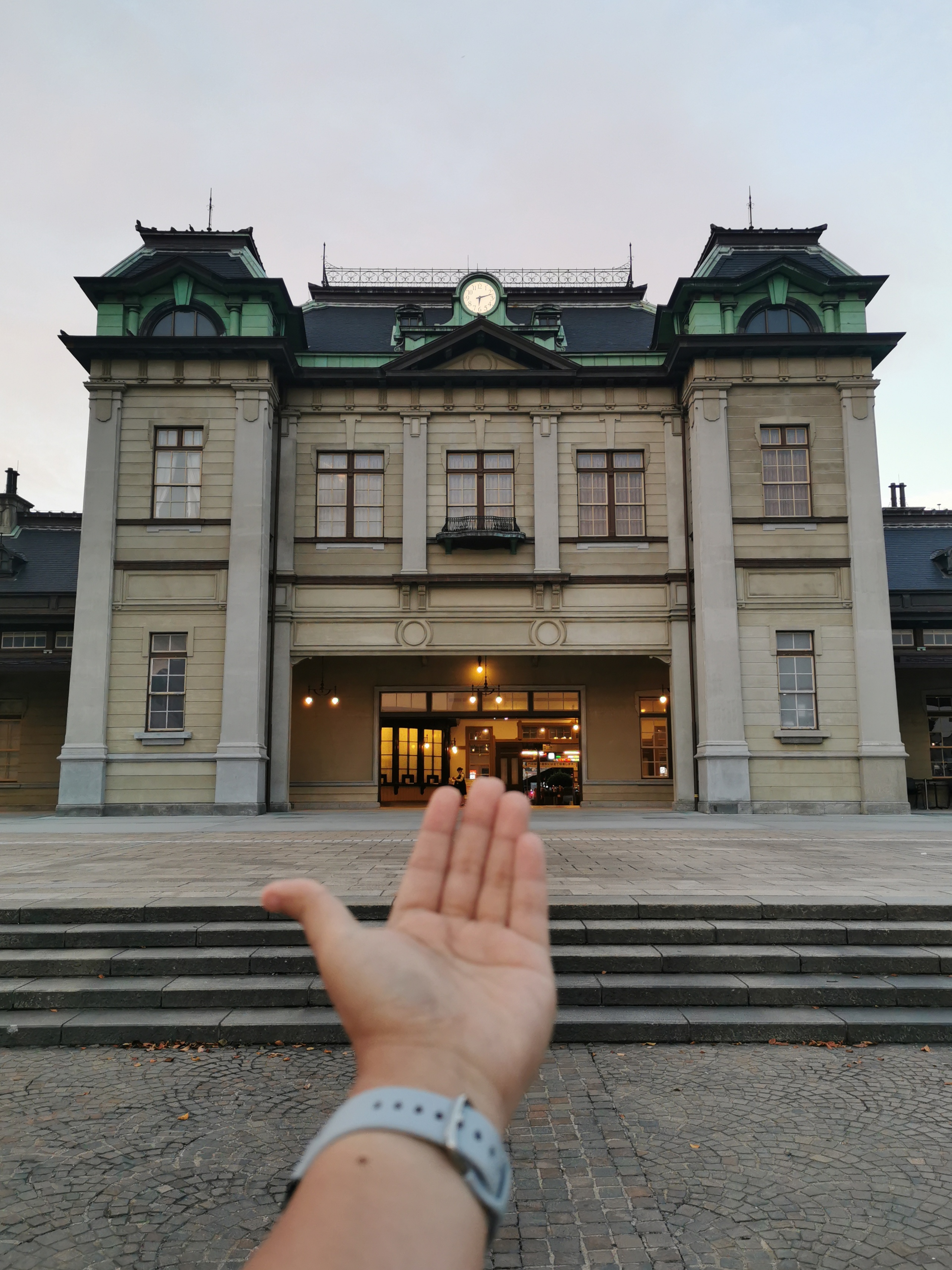
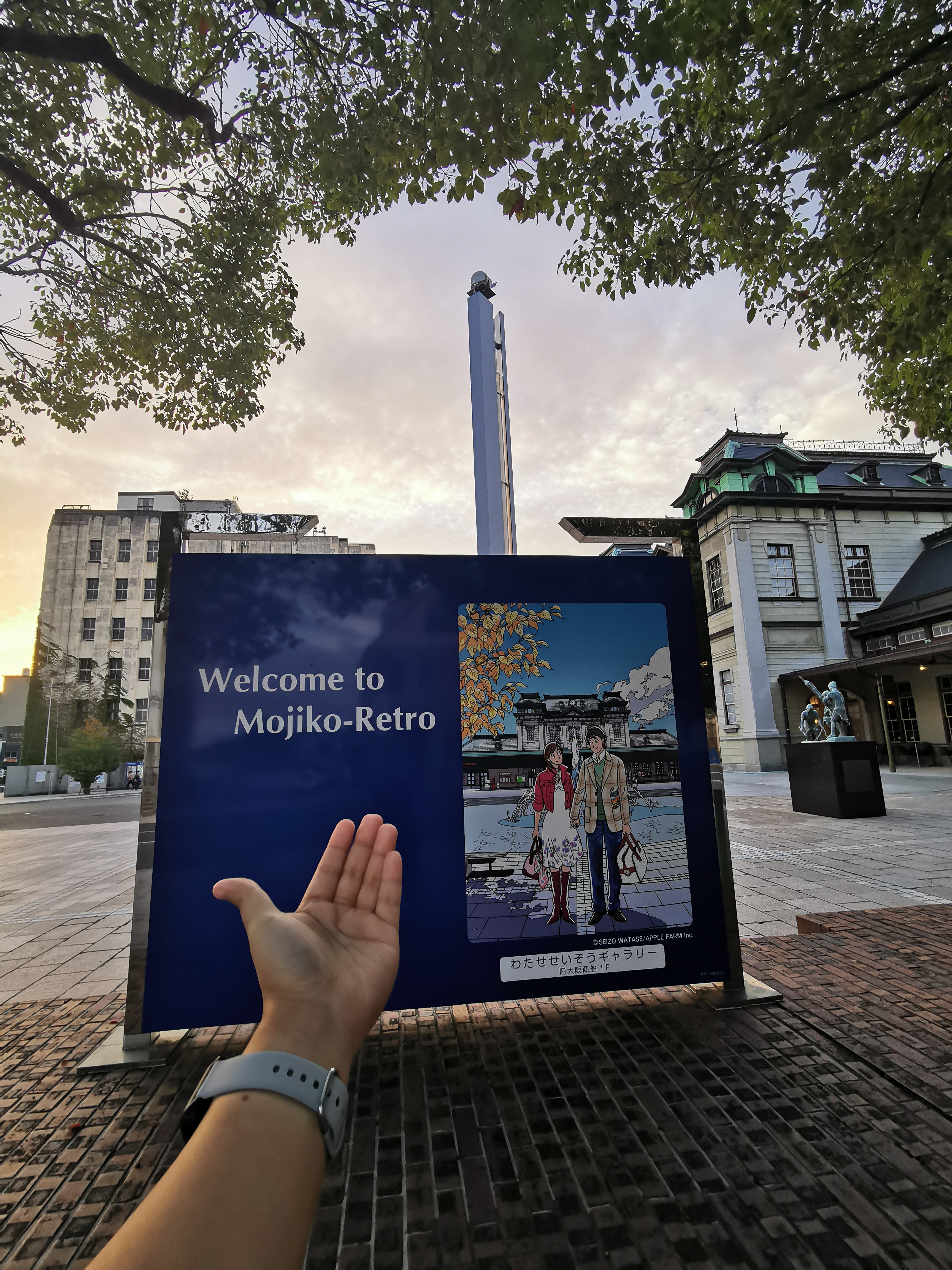
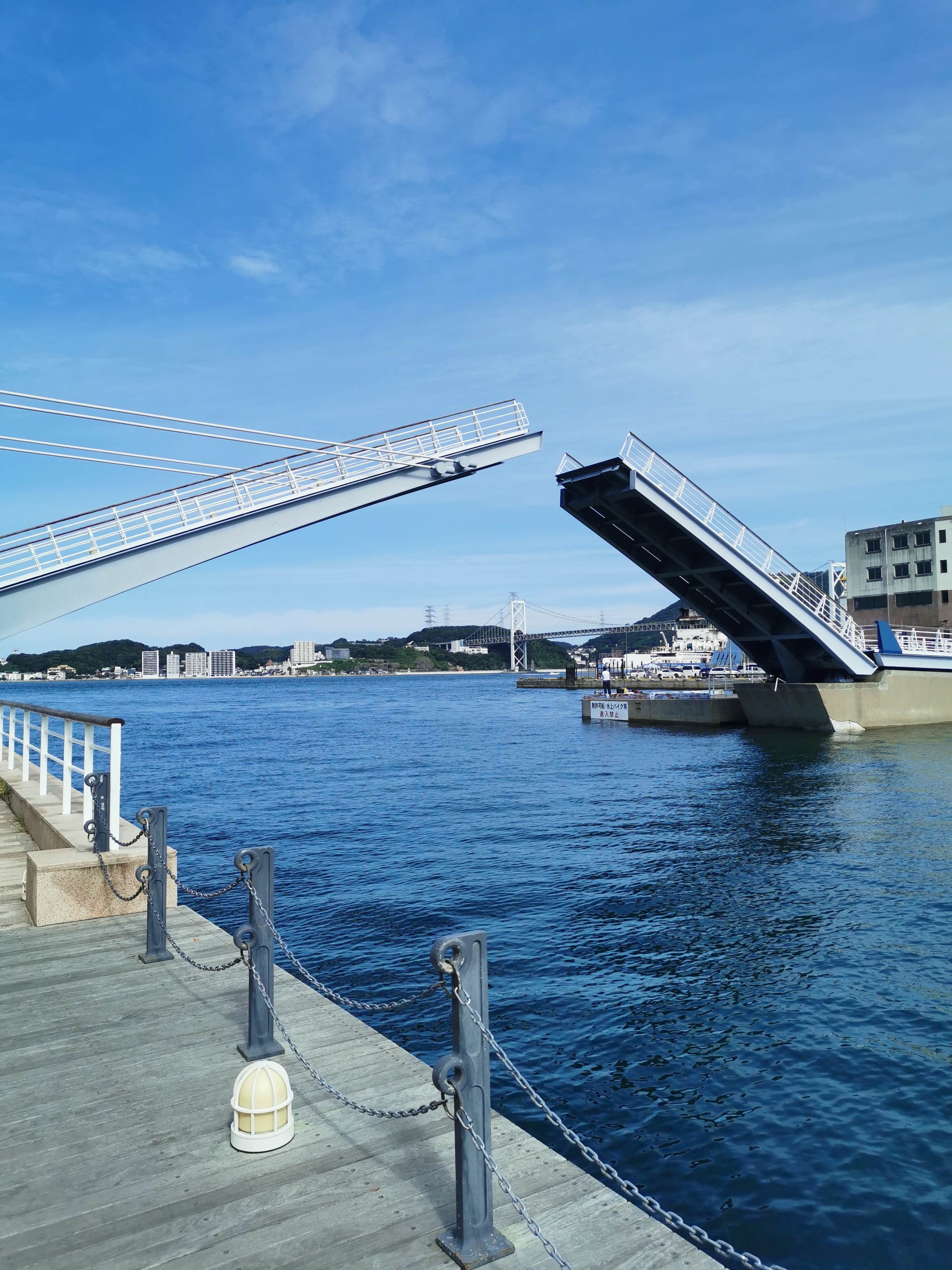
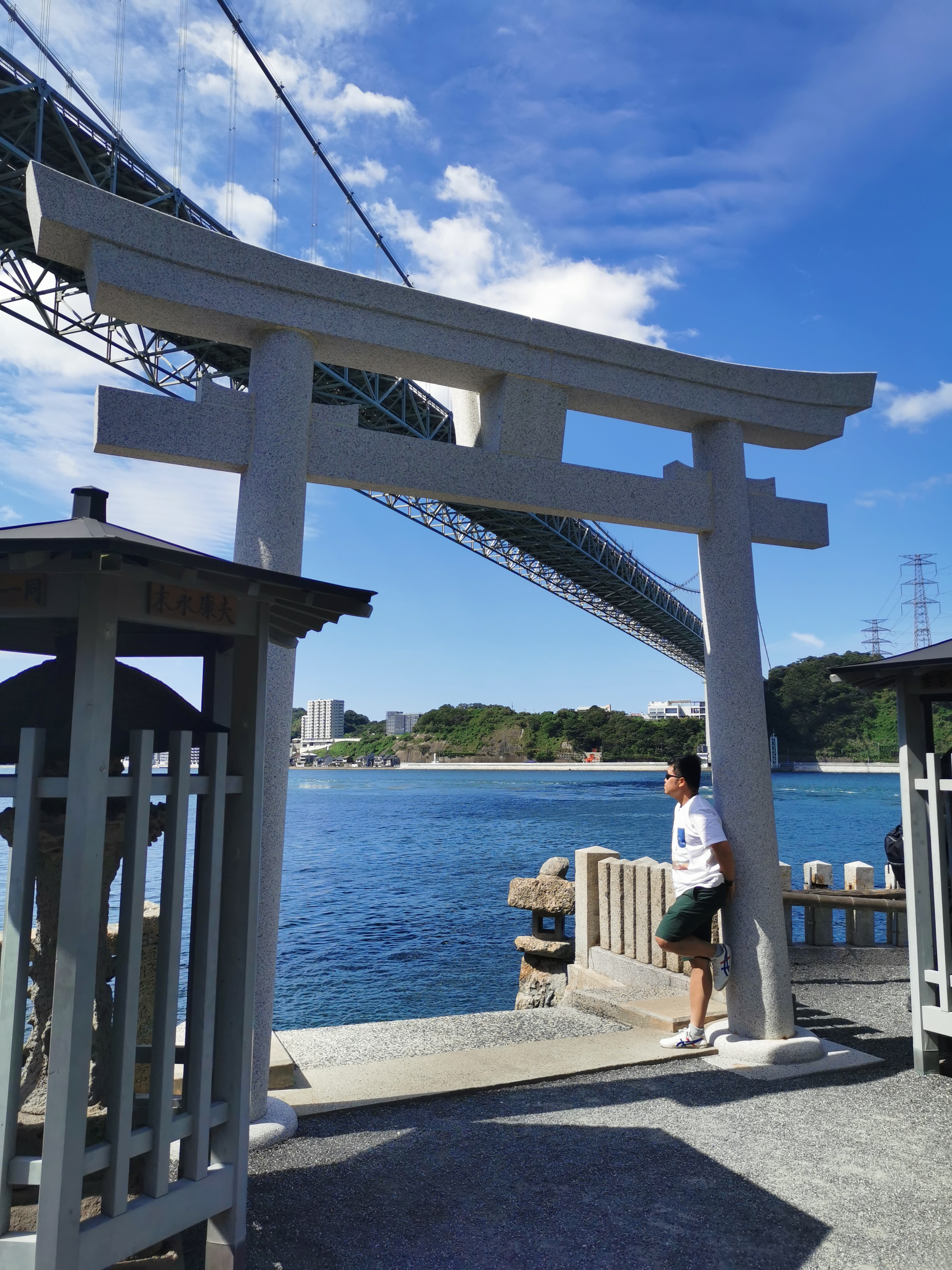
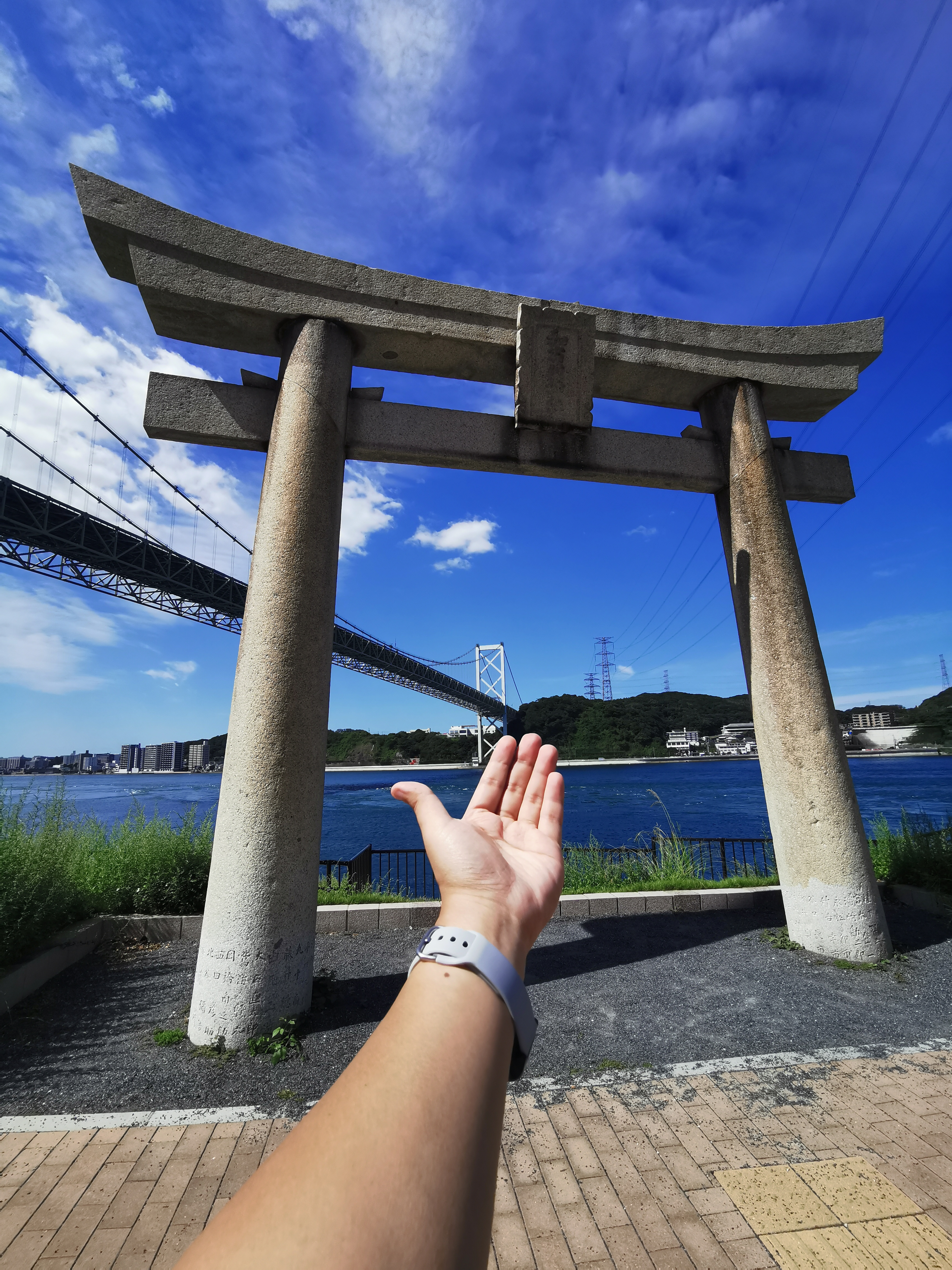
Karato Fish Market: Located across on the island of Honshu, the Tanga Ichiba Market, known as kitchen of Kitakyushu offers one live viewing of the seafood market bidding in the early morning hours. It is said to be similar to Tokyo’s Toyoshu fish market with the tuna auction, only that people are more friendly than in Tokyo market bidders.
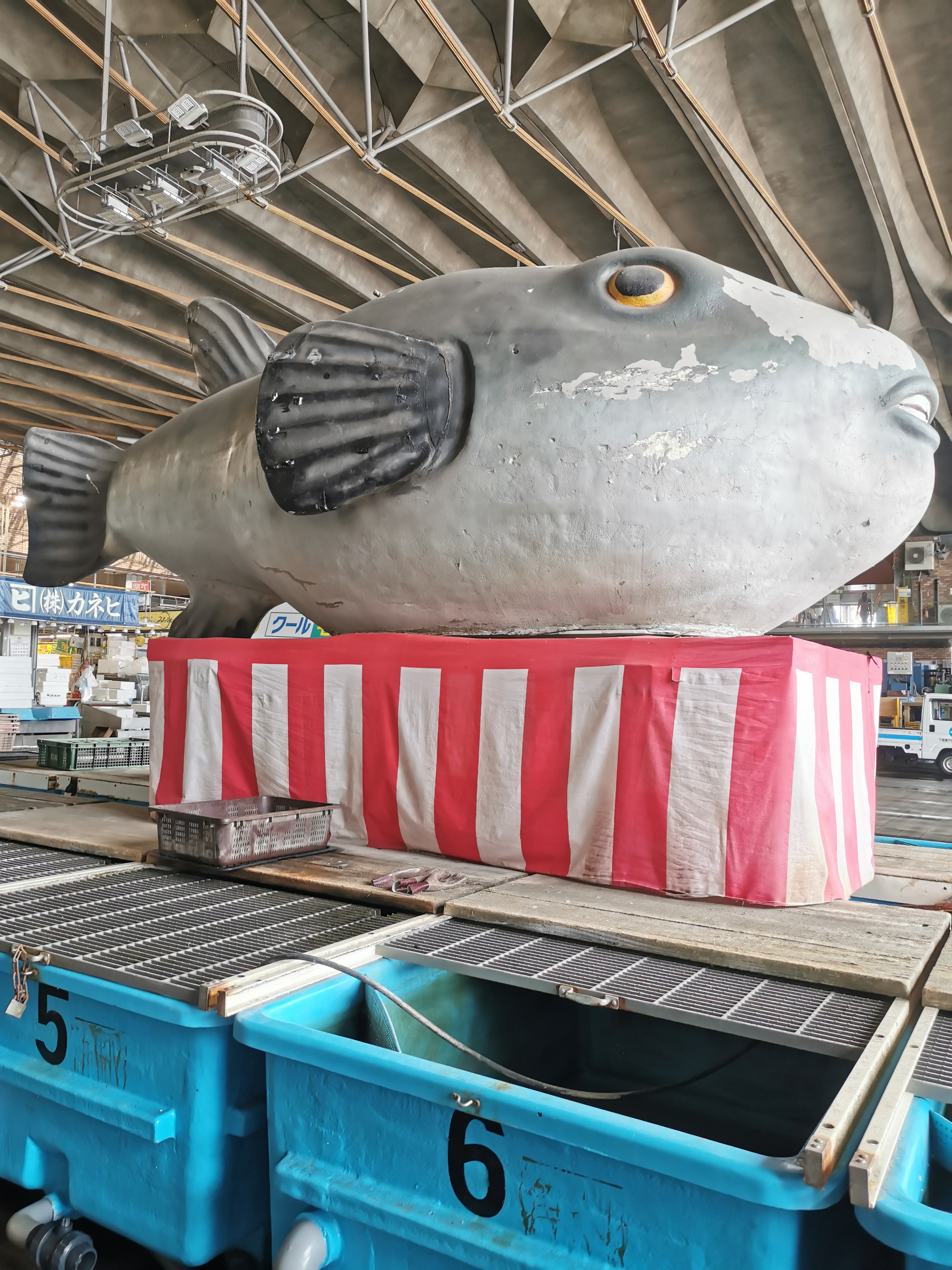
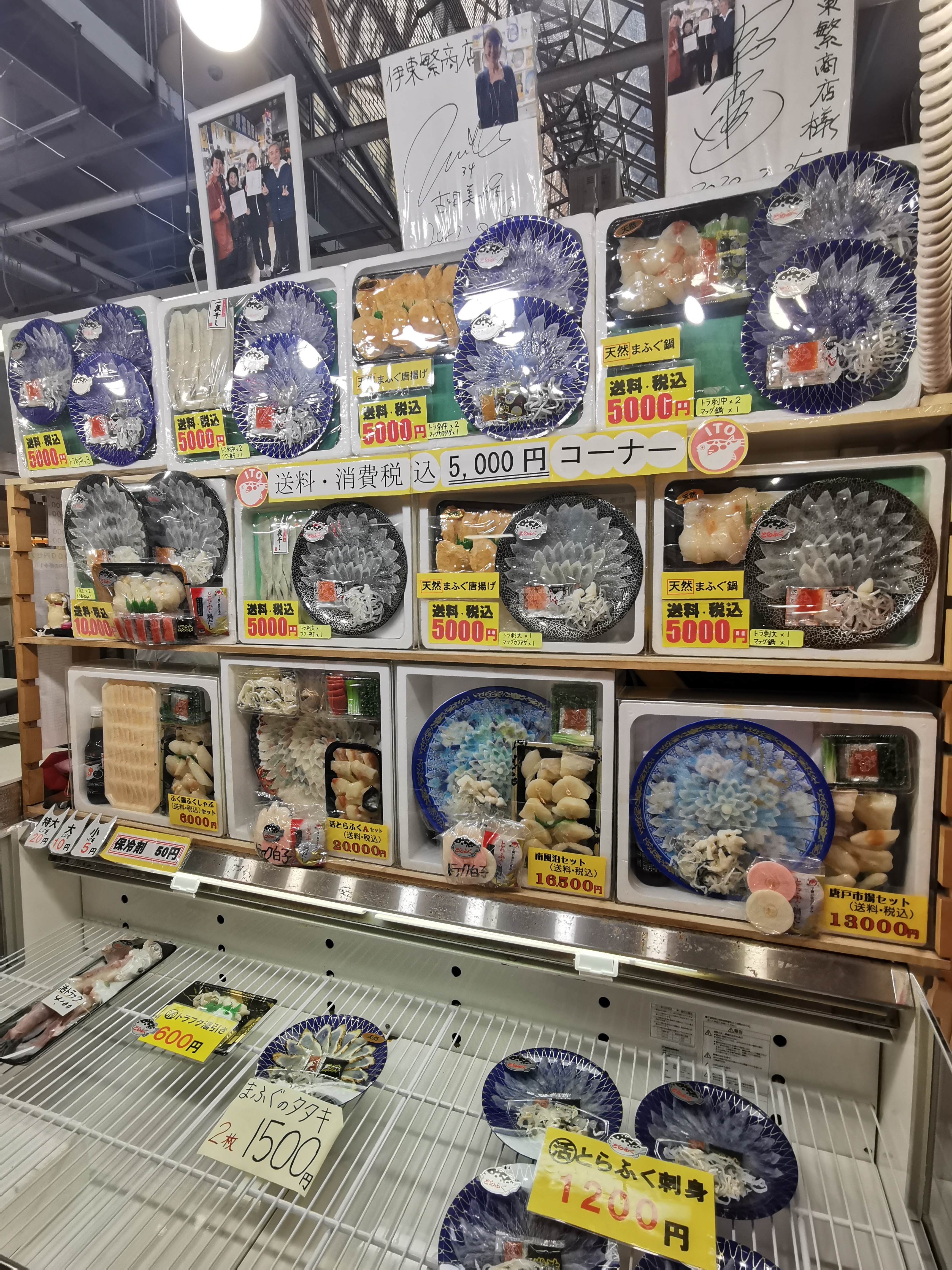
If you are looking for the self-drive itinerary with 7 Days to spare on Kyushu Island, hop onto the link found here.
Categories: Asia Region
Hi
My family of 4 would like to visit Kyushu next year March. I look at your itinerary and it fixed our 7 days trip. Could you share with me your full itinerary including hotels ?
Hi Eileen,
Thank you for the comment. I do not really recommend any particular hotel as it can be easily found via online travel booking websites with wide range of choices. However, perhaps in Kitakyushu on Day 4 of my itinerary, I can say < < Premier Hotel Mojiko >> provide quality breakfast buffet style and is highly recommended due to its premier location.
https://www.theguytravel.com/itinerary-7-days-kyushu-japan/
Cheers!
TheGuyTravel
THANK YOU SO MUCH FOR YOUR REPLY